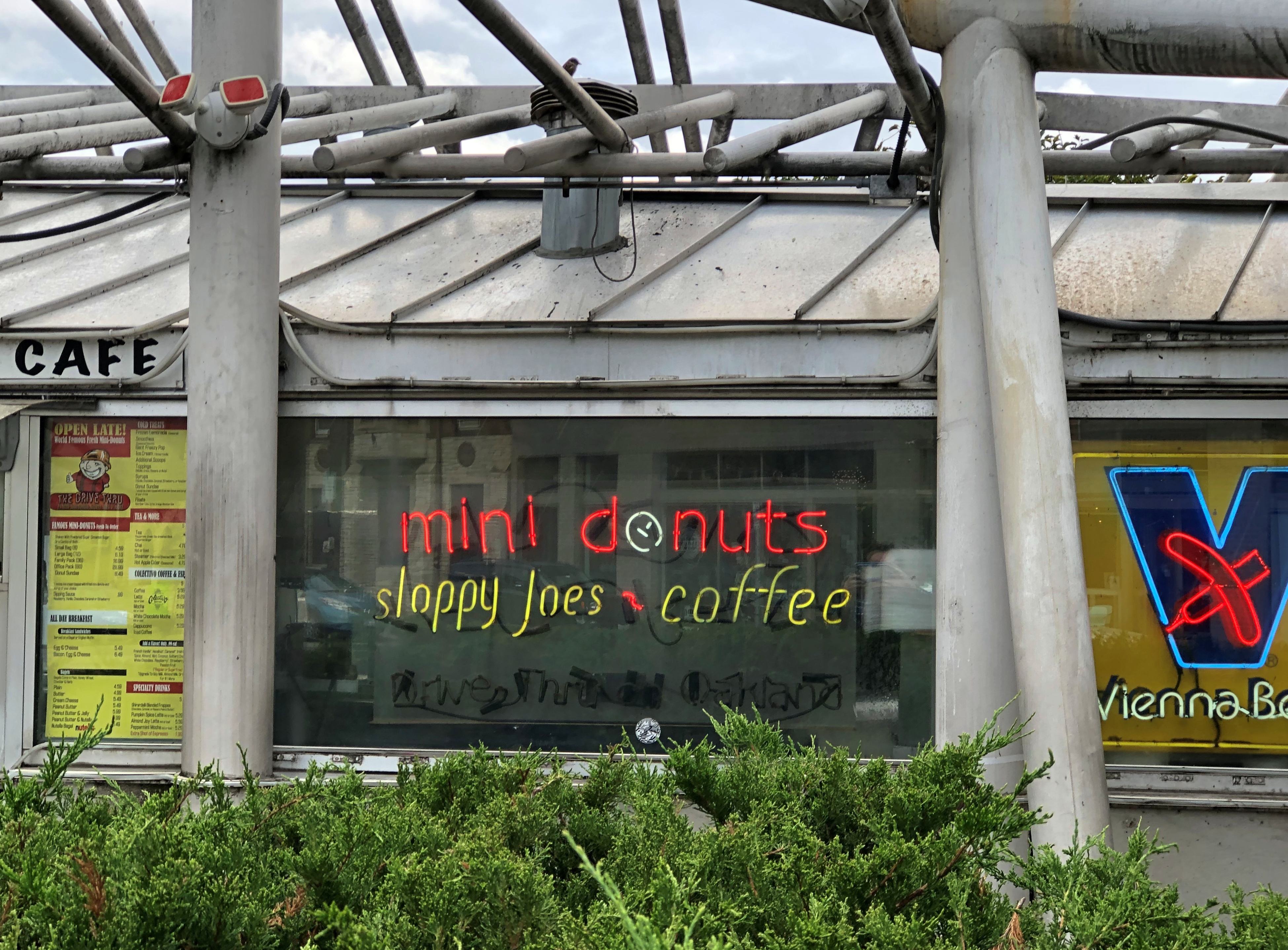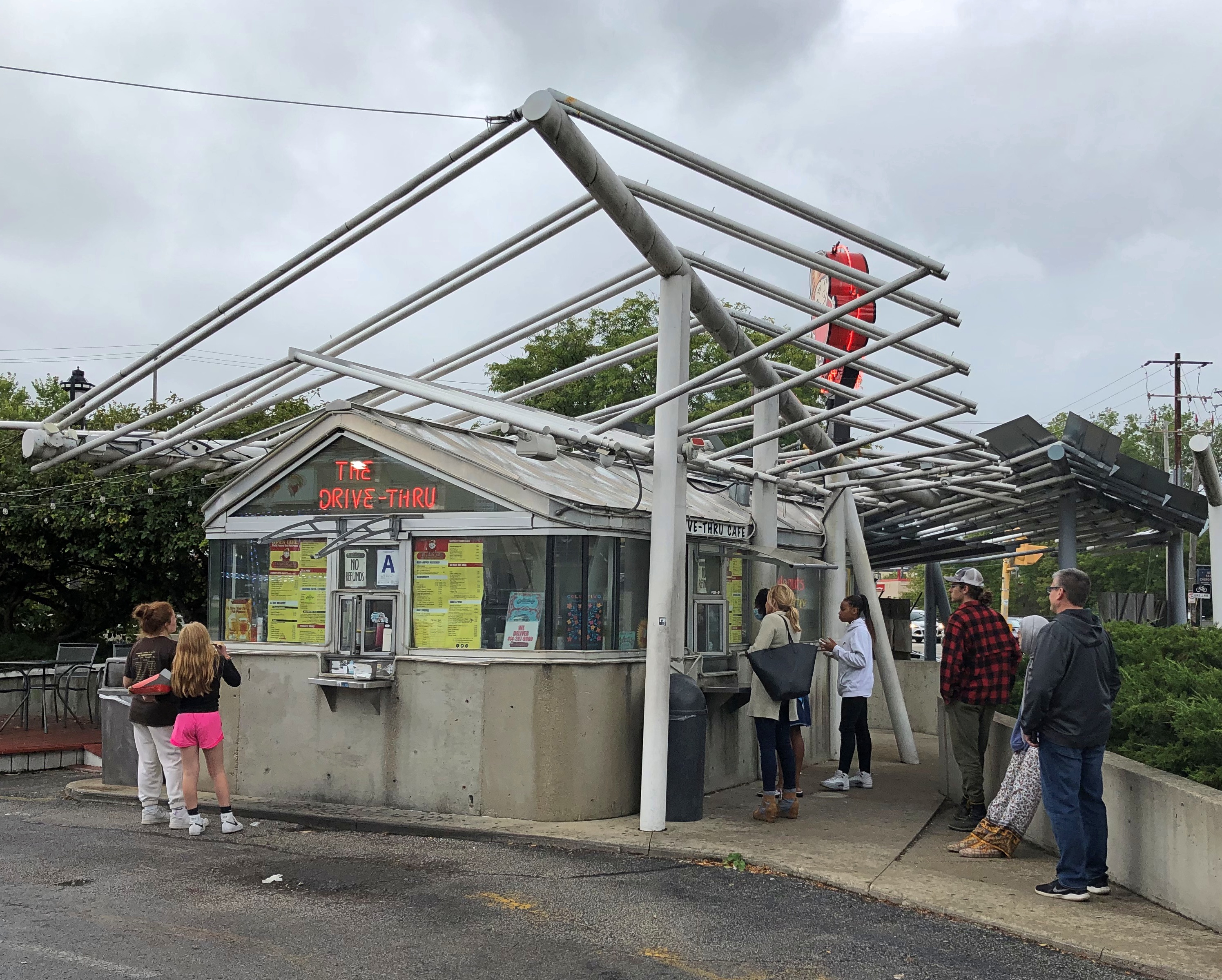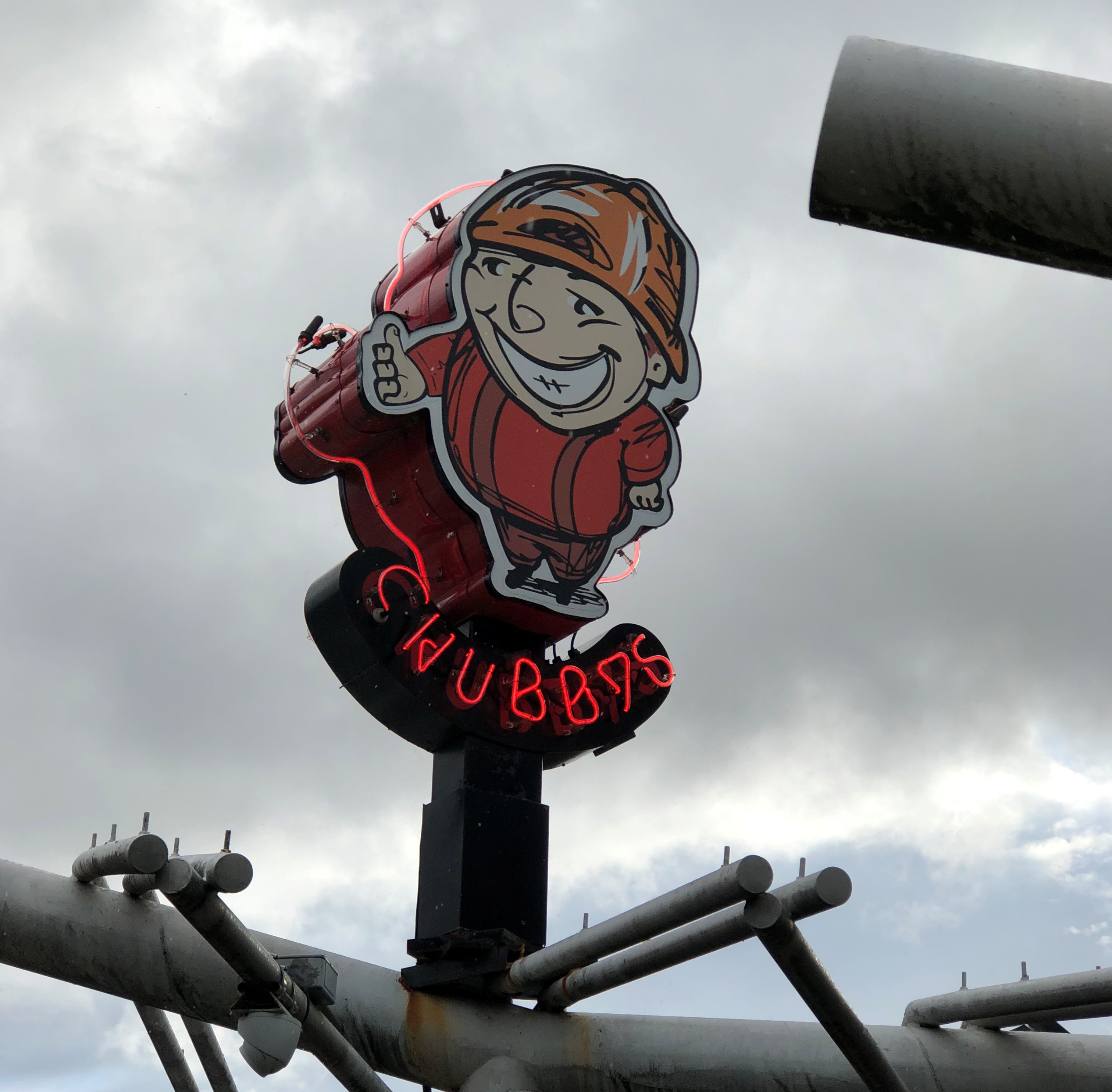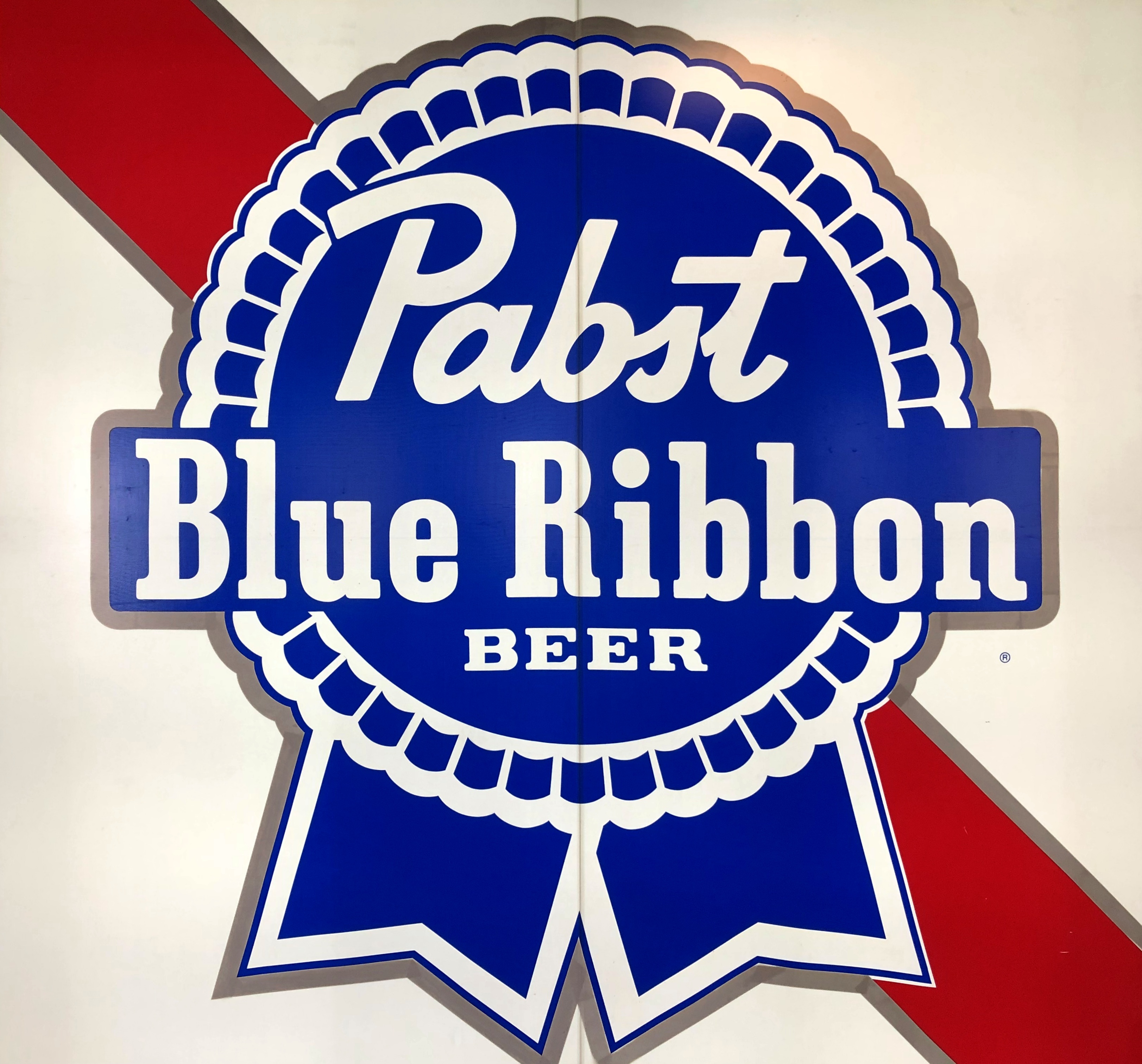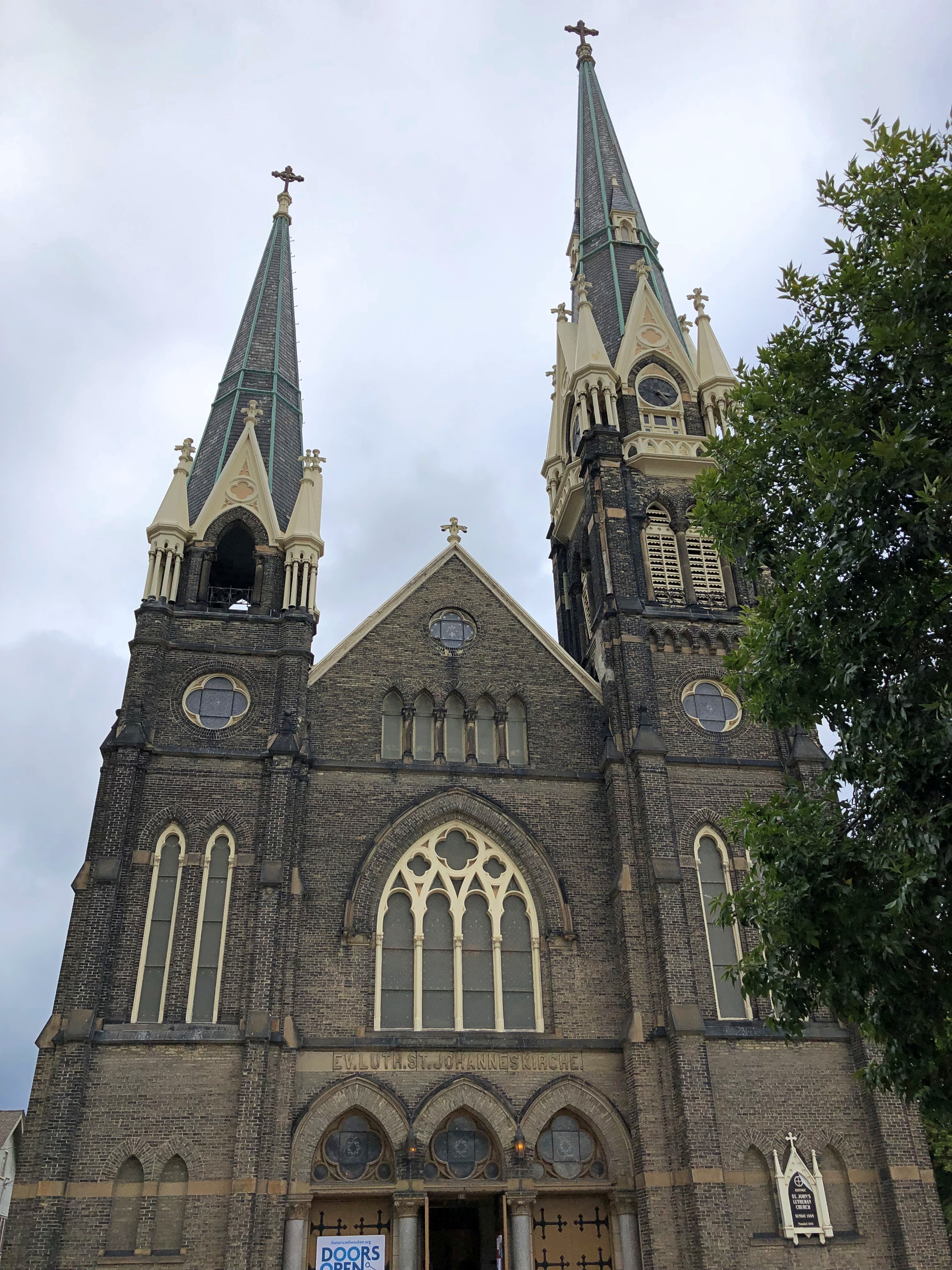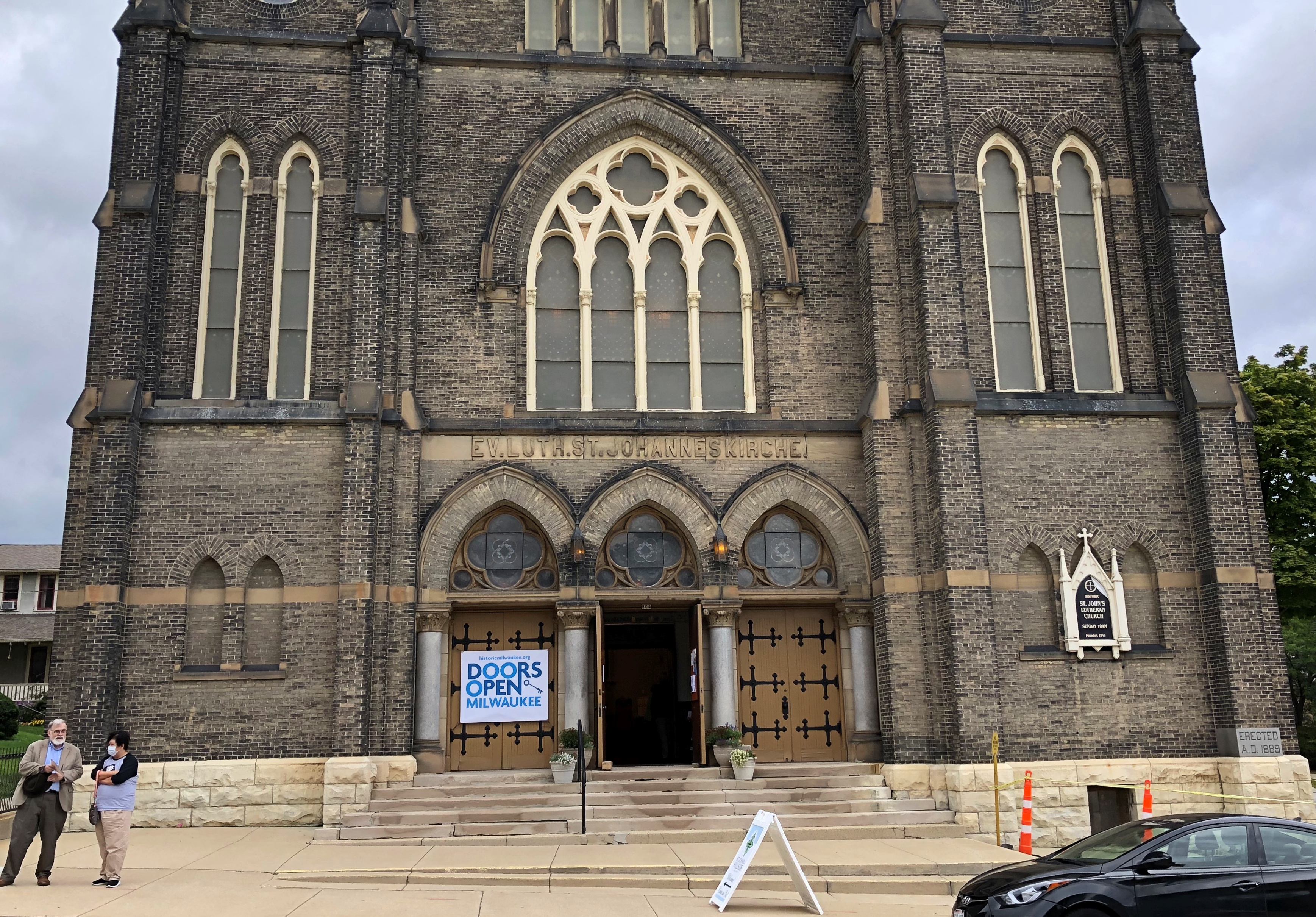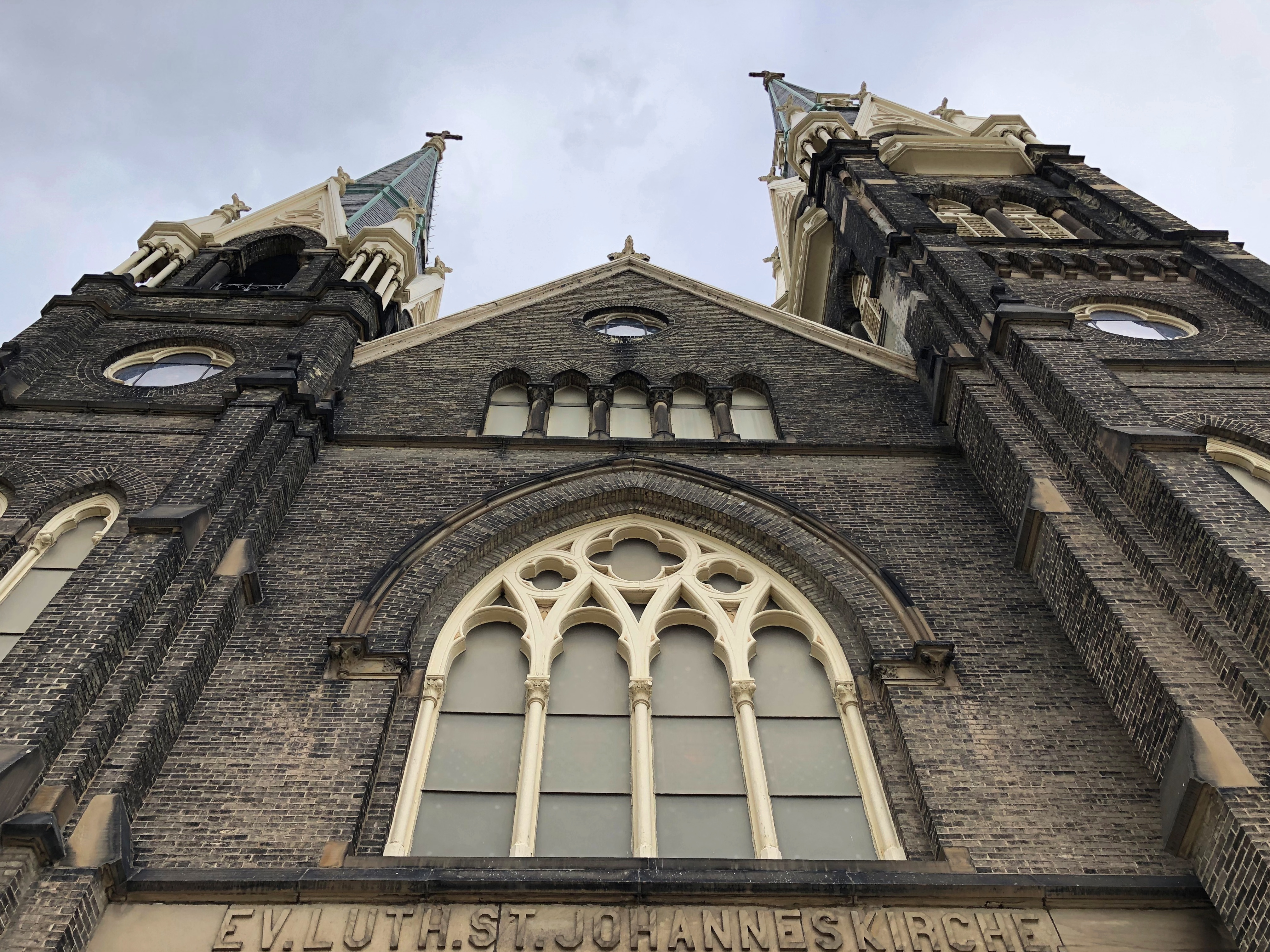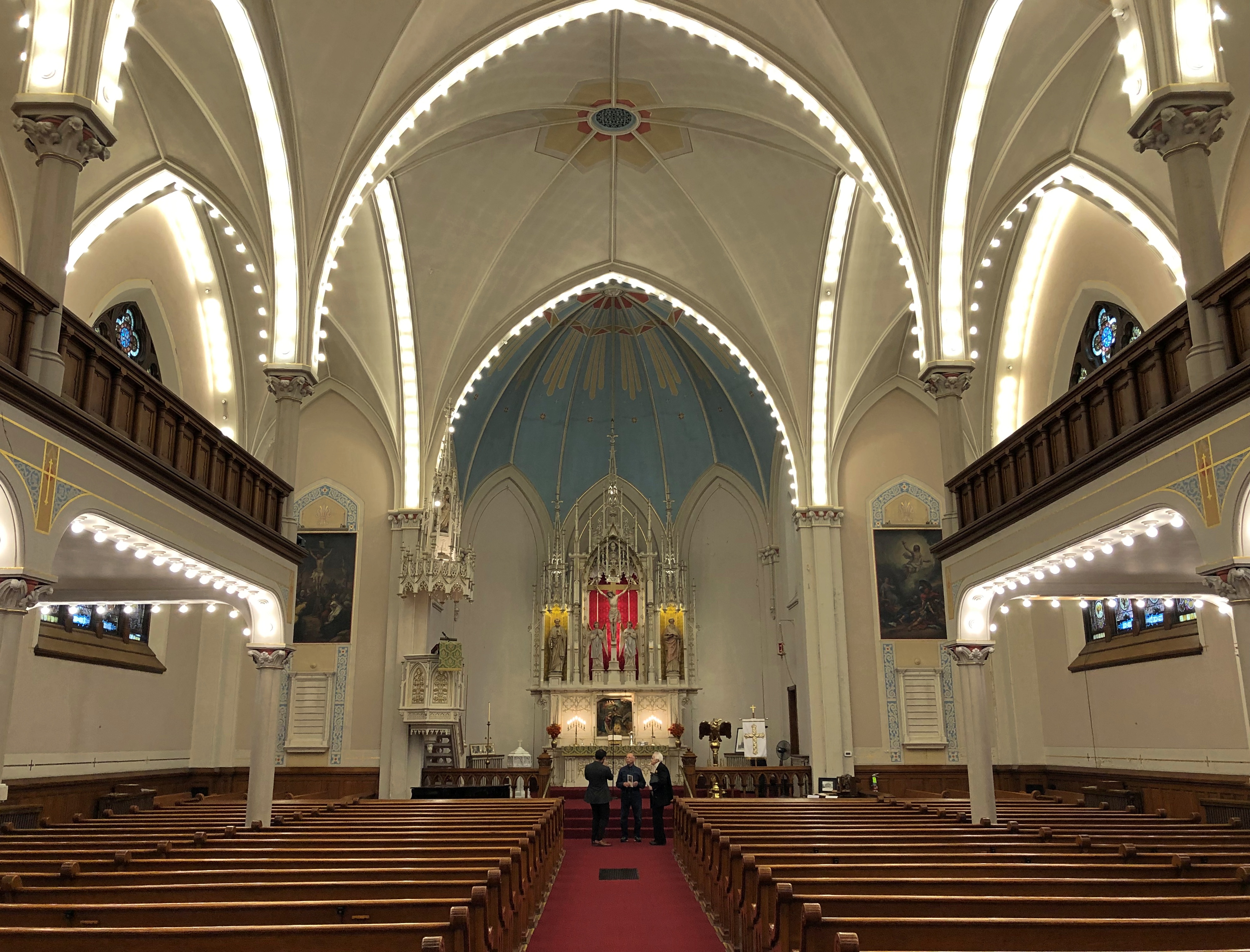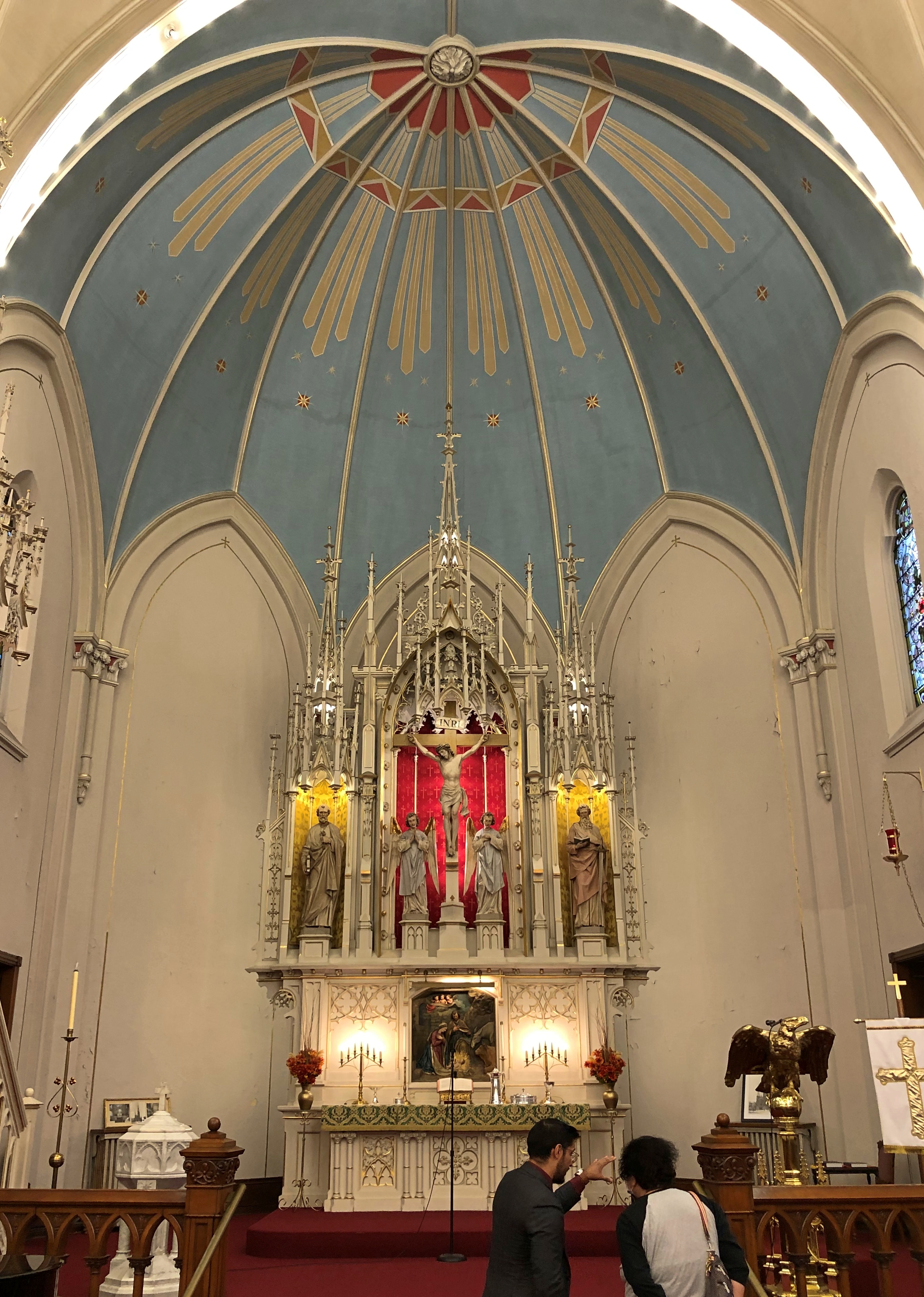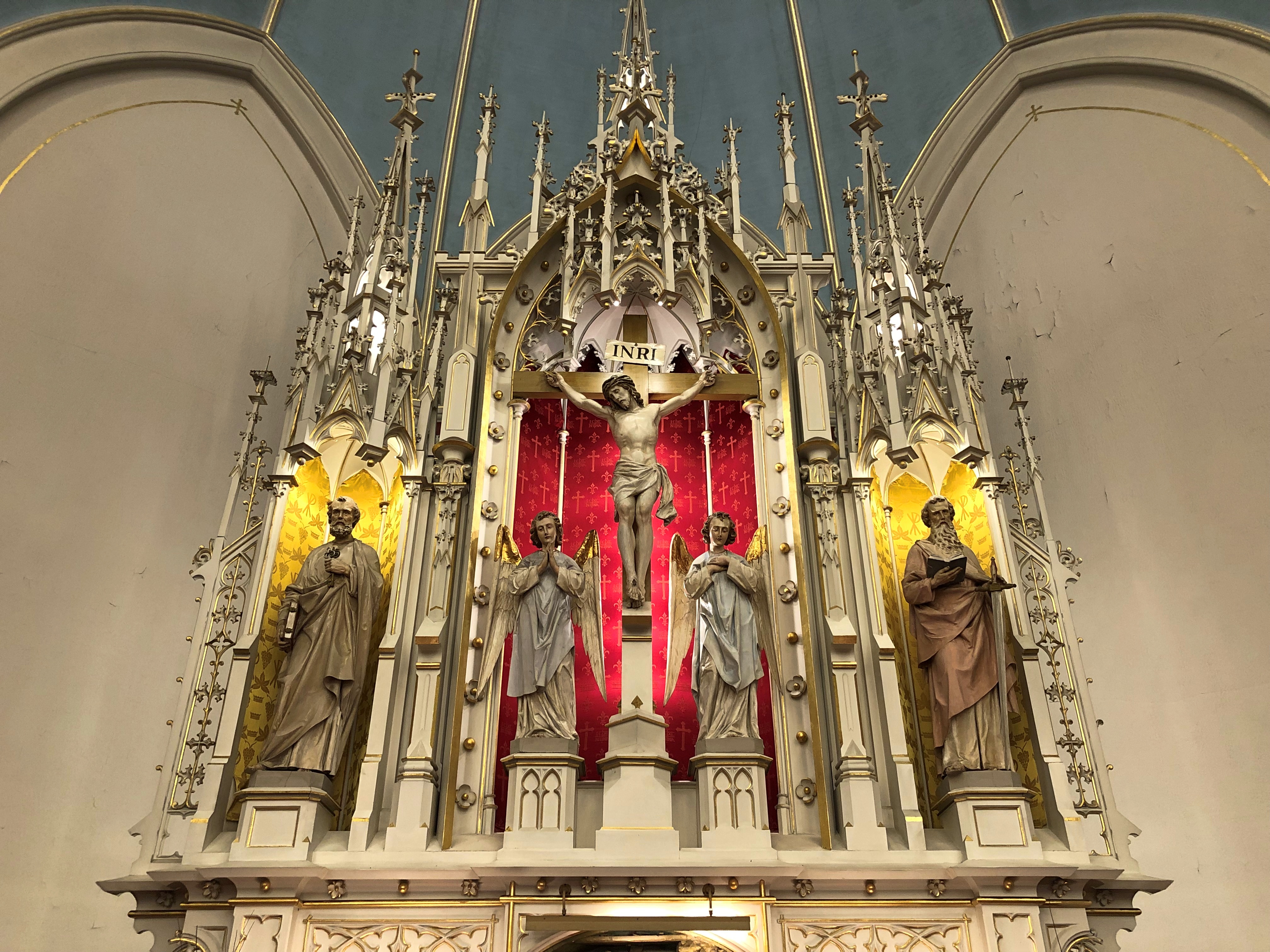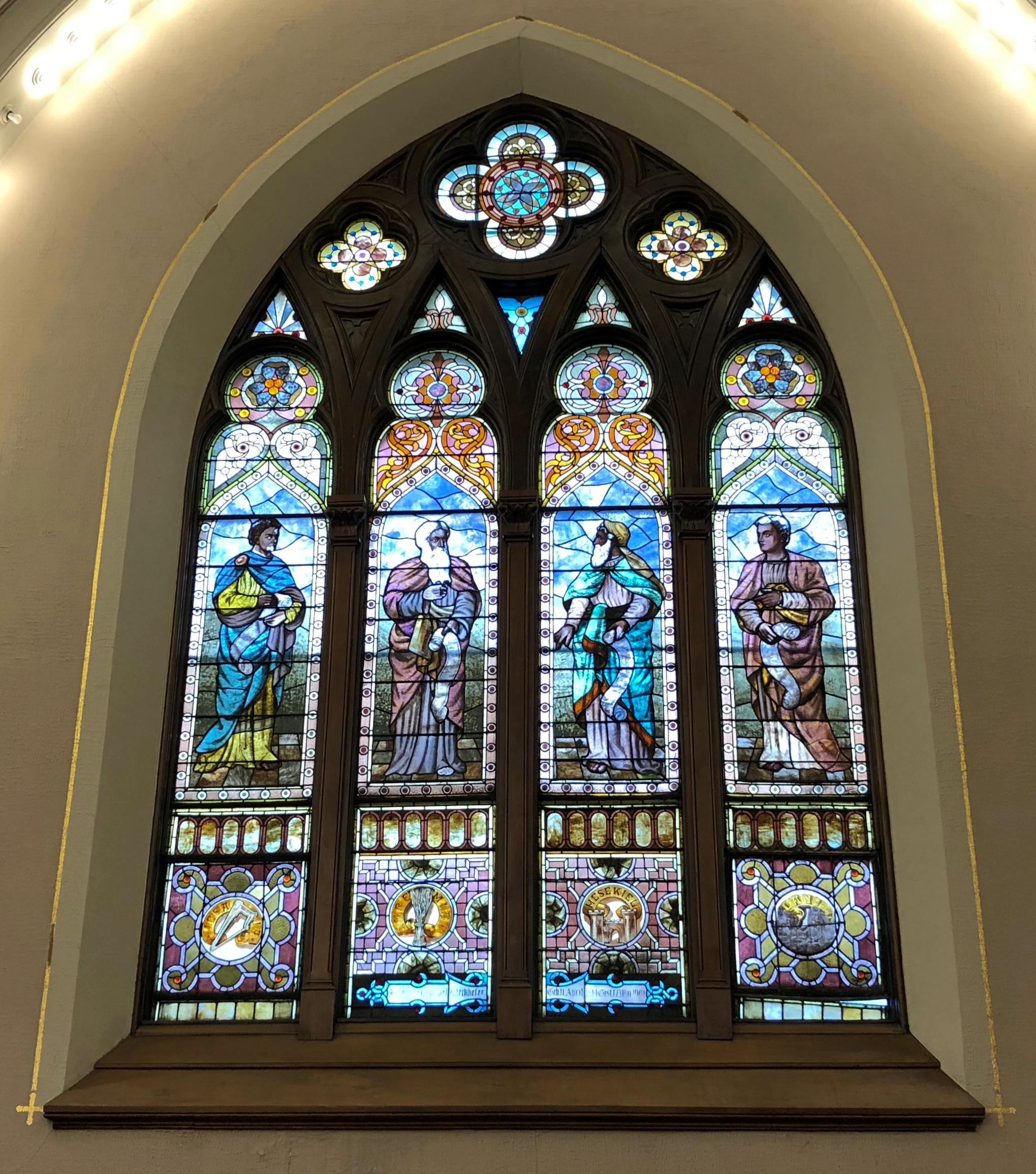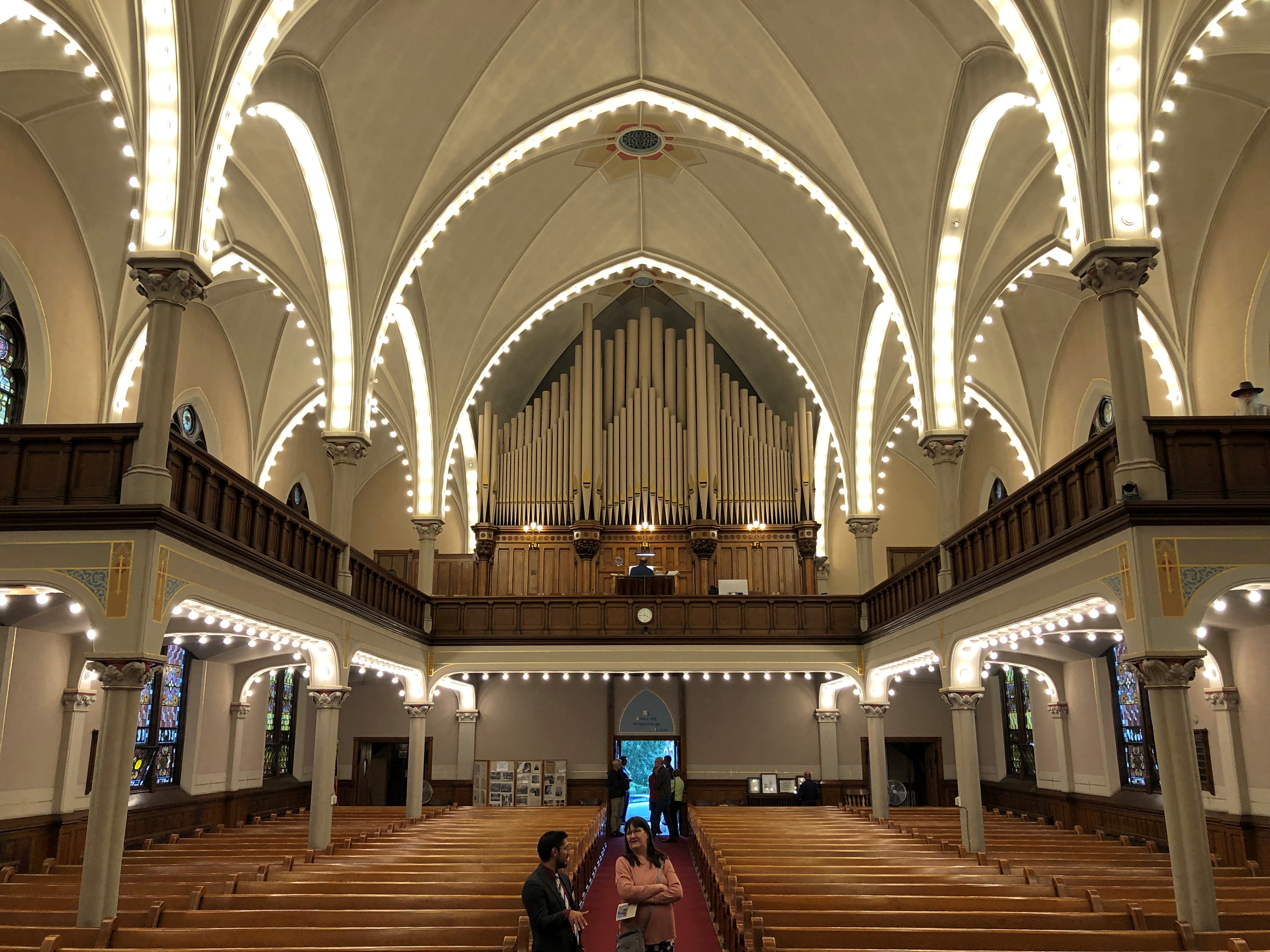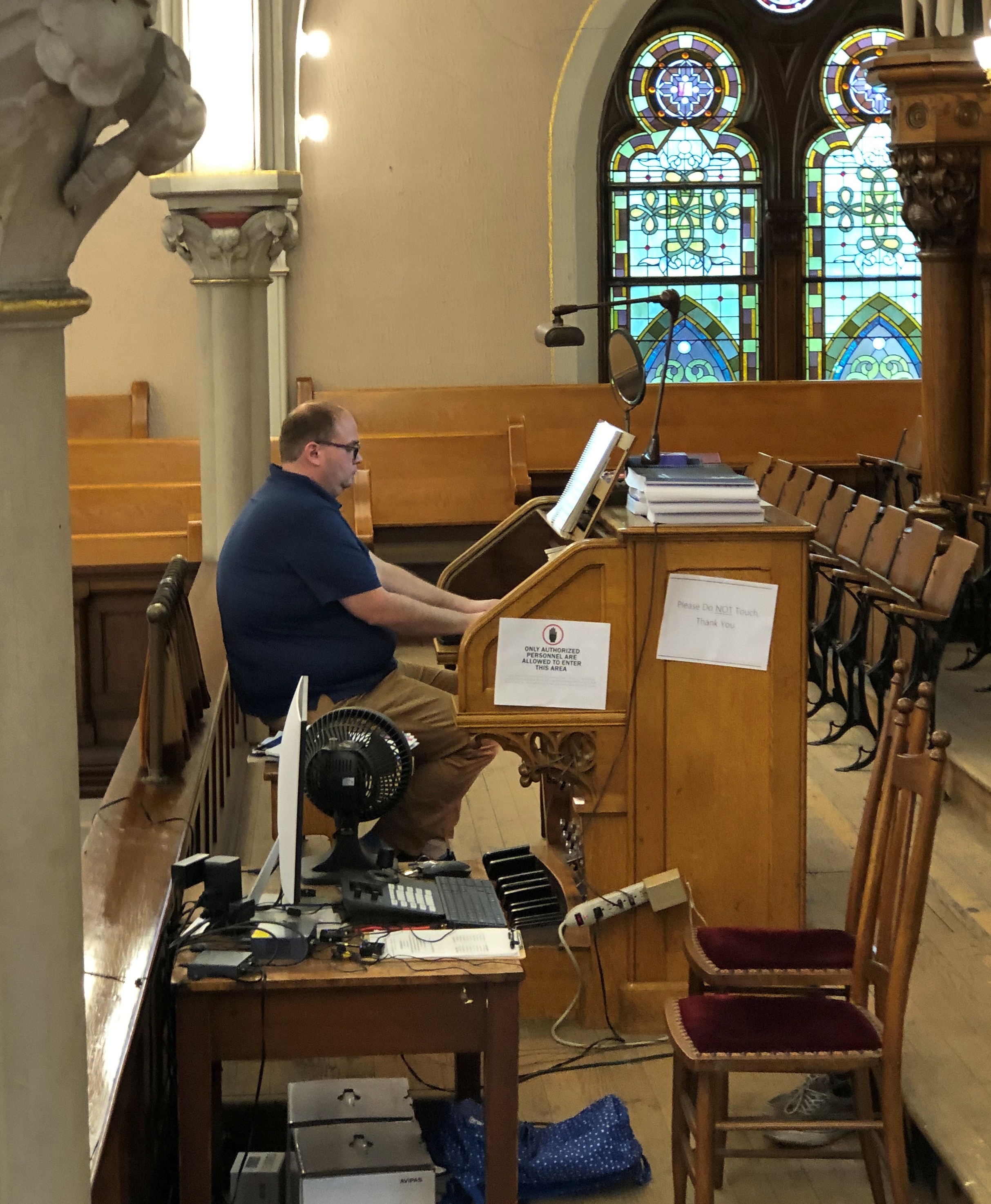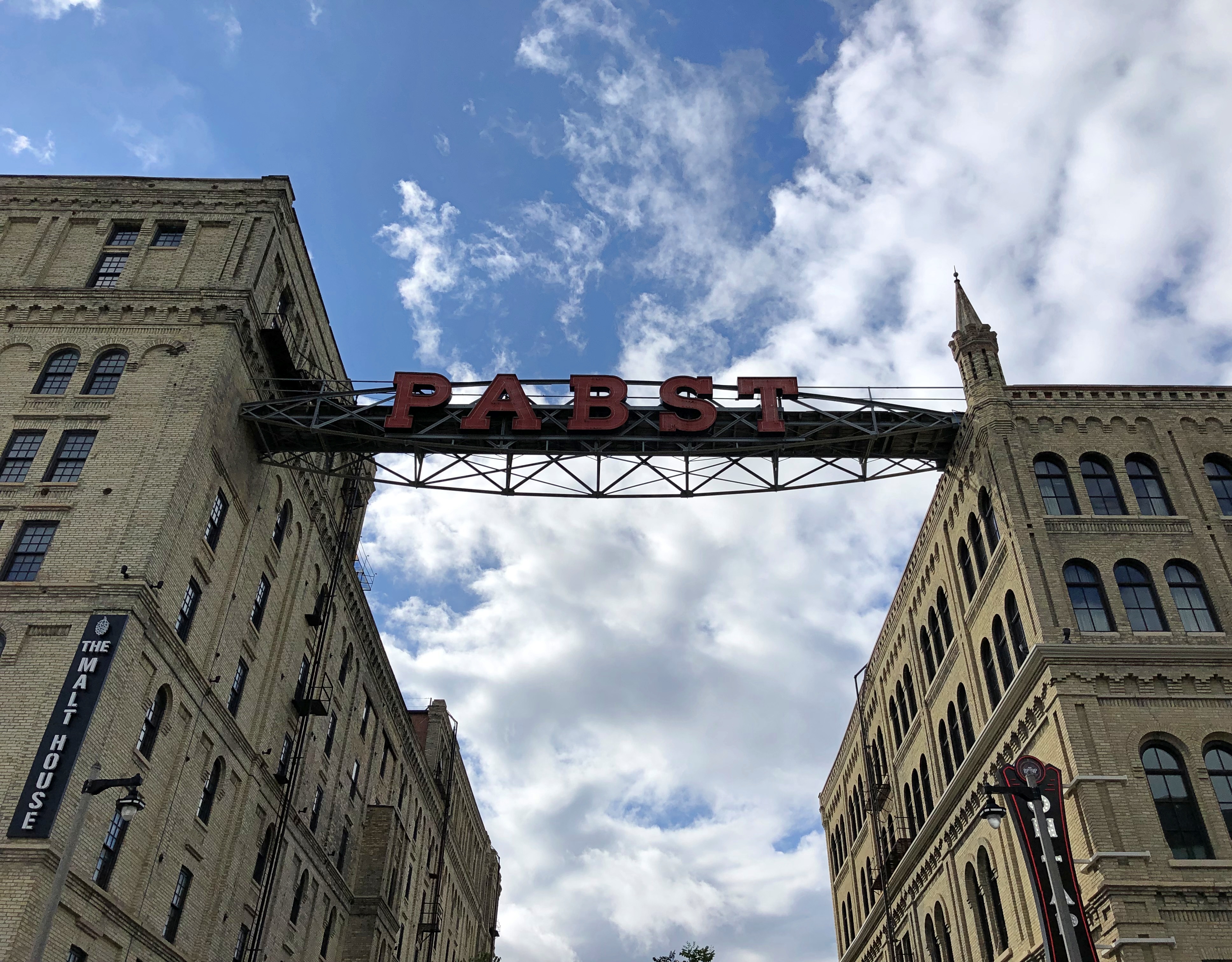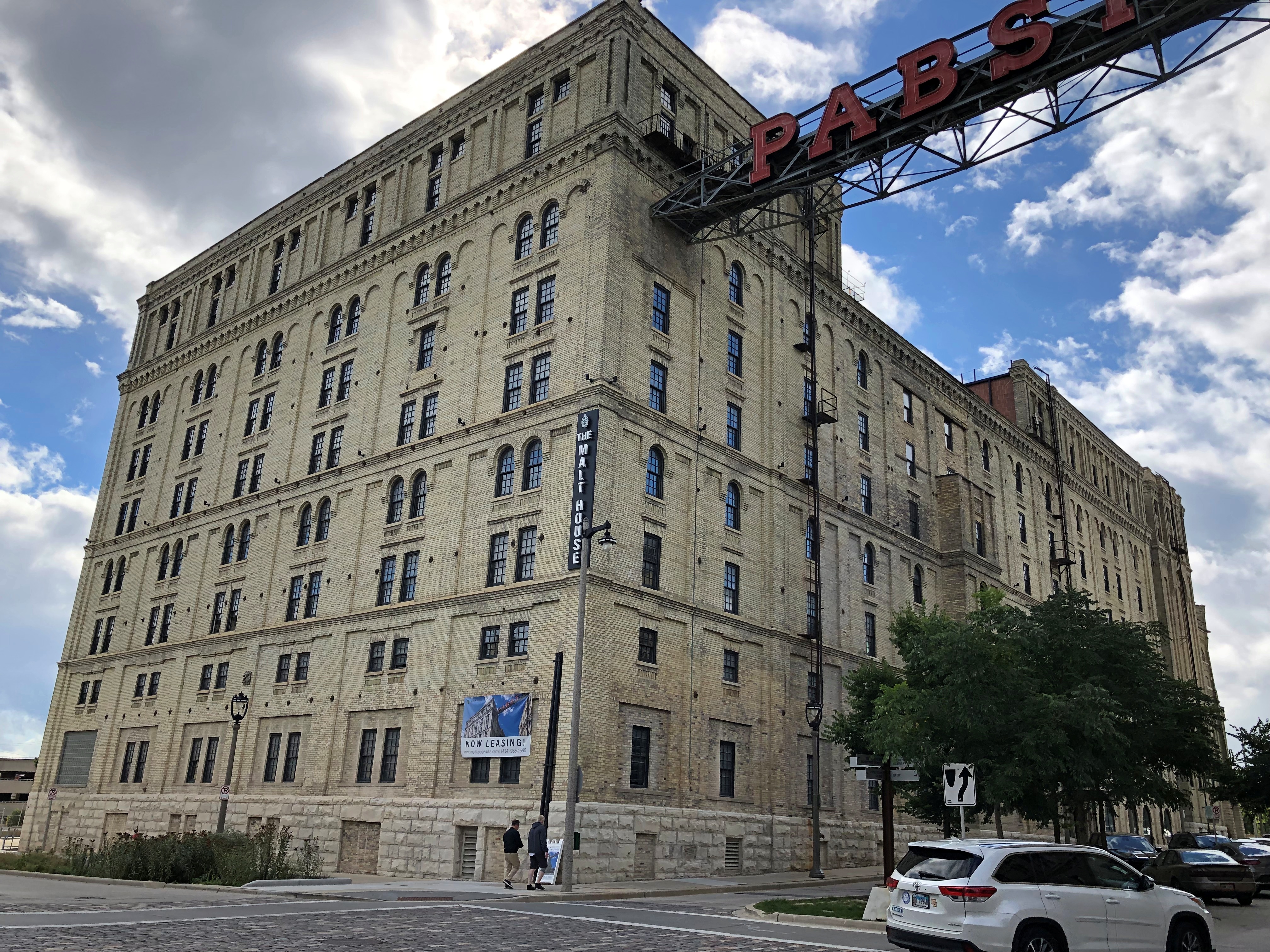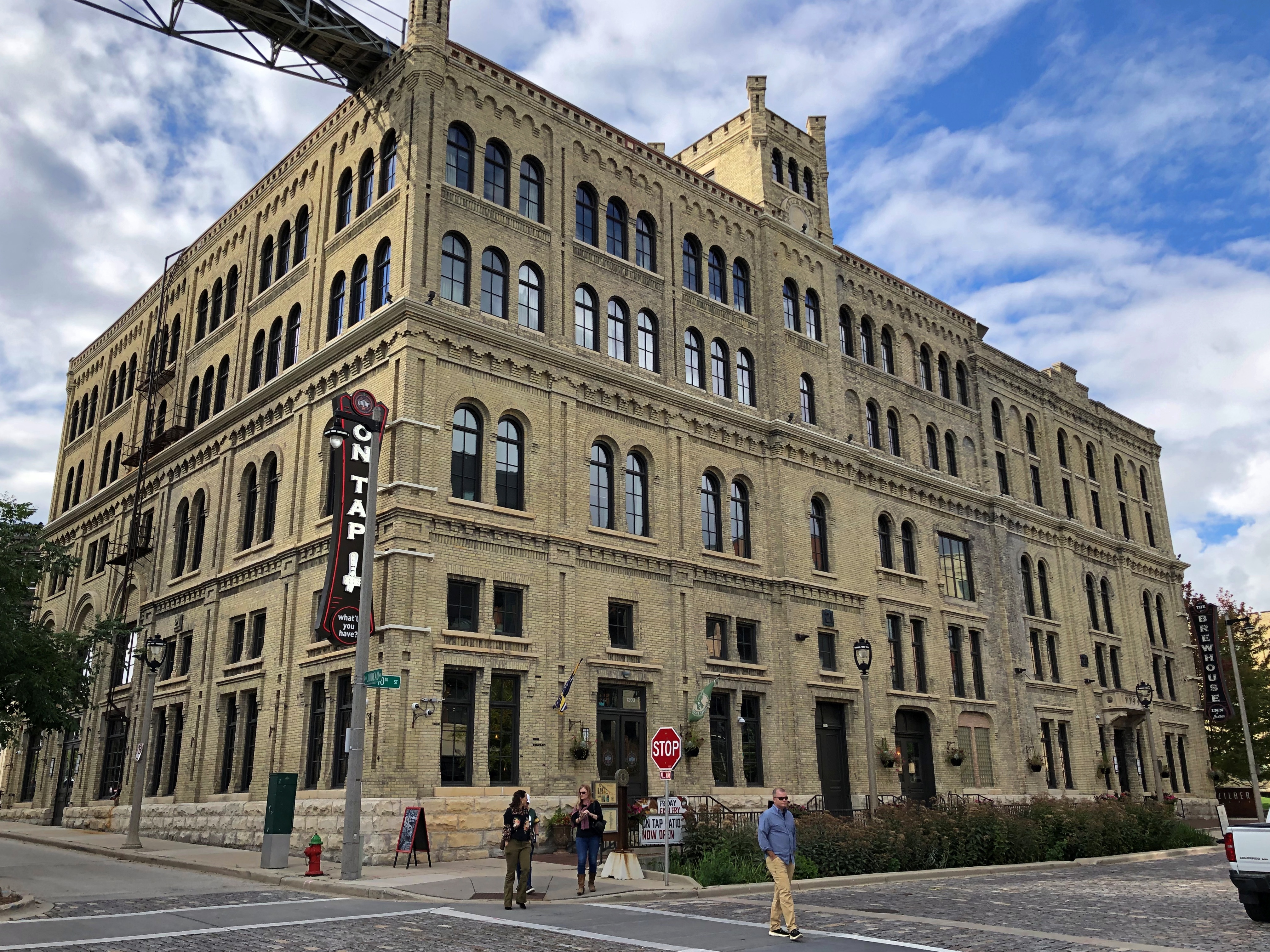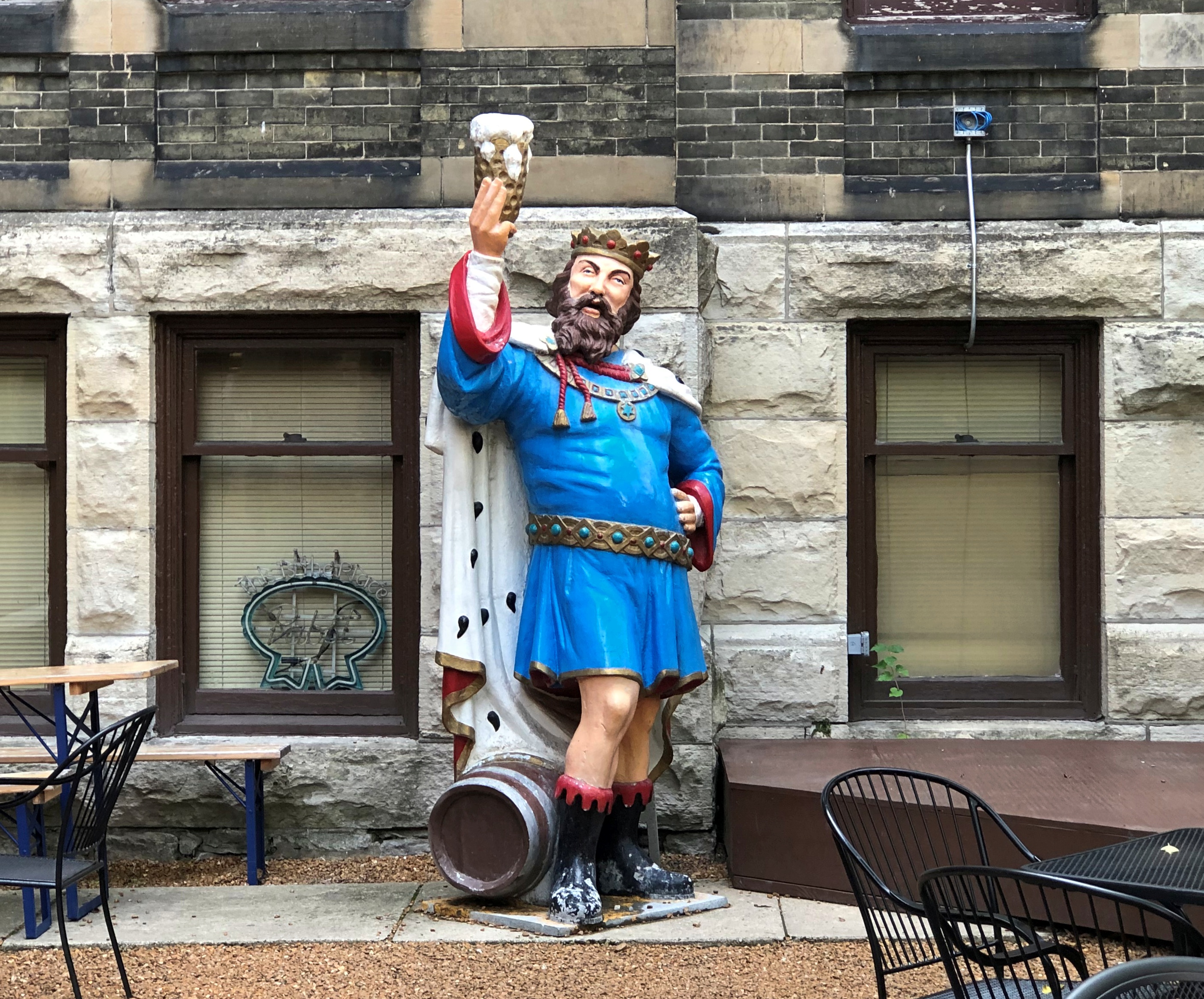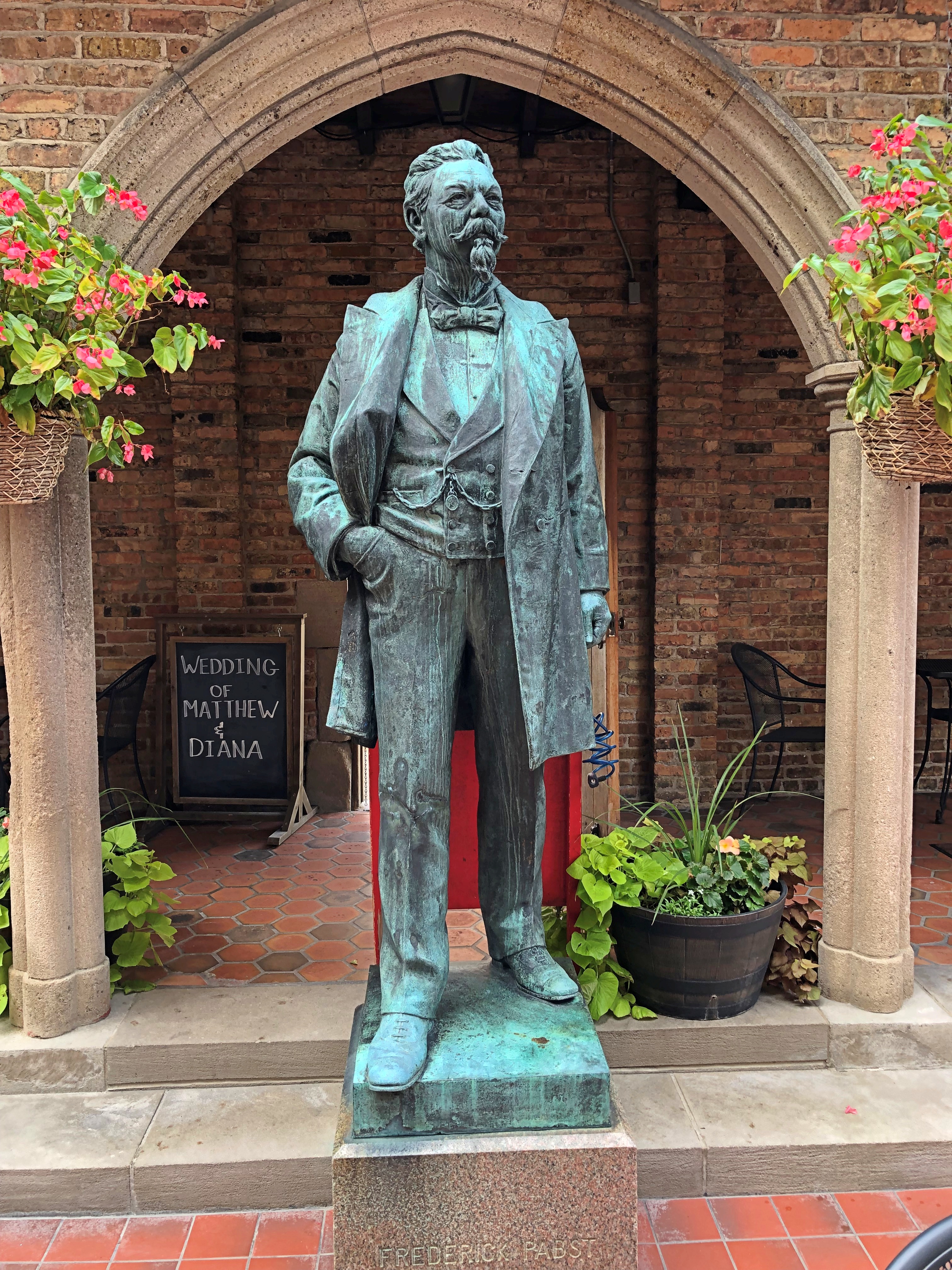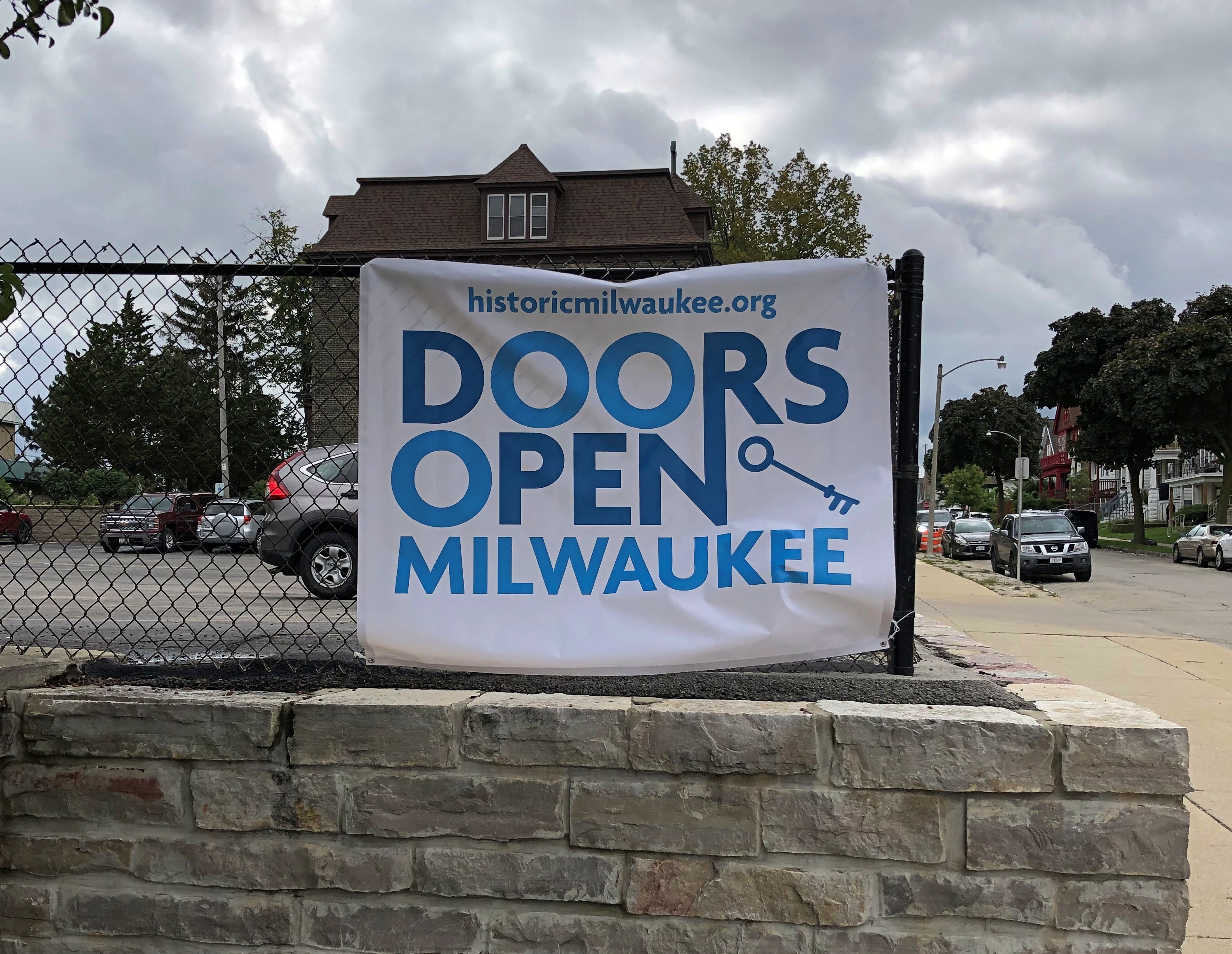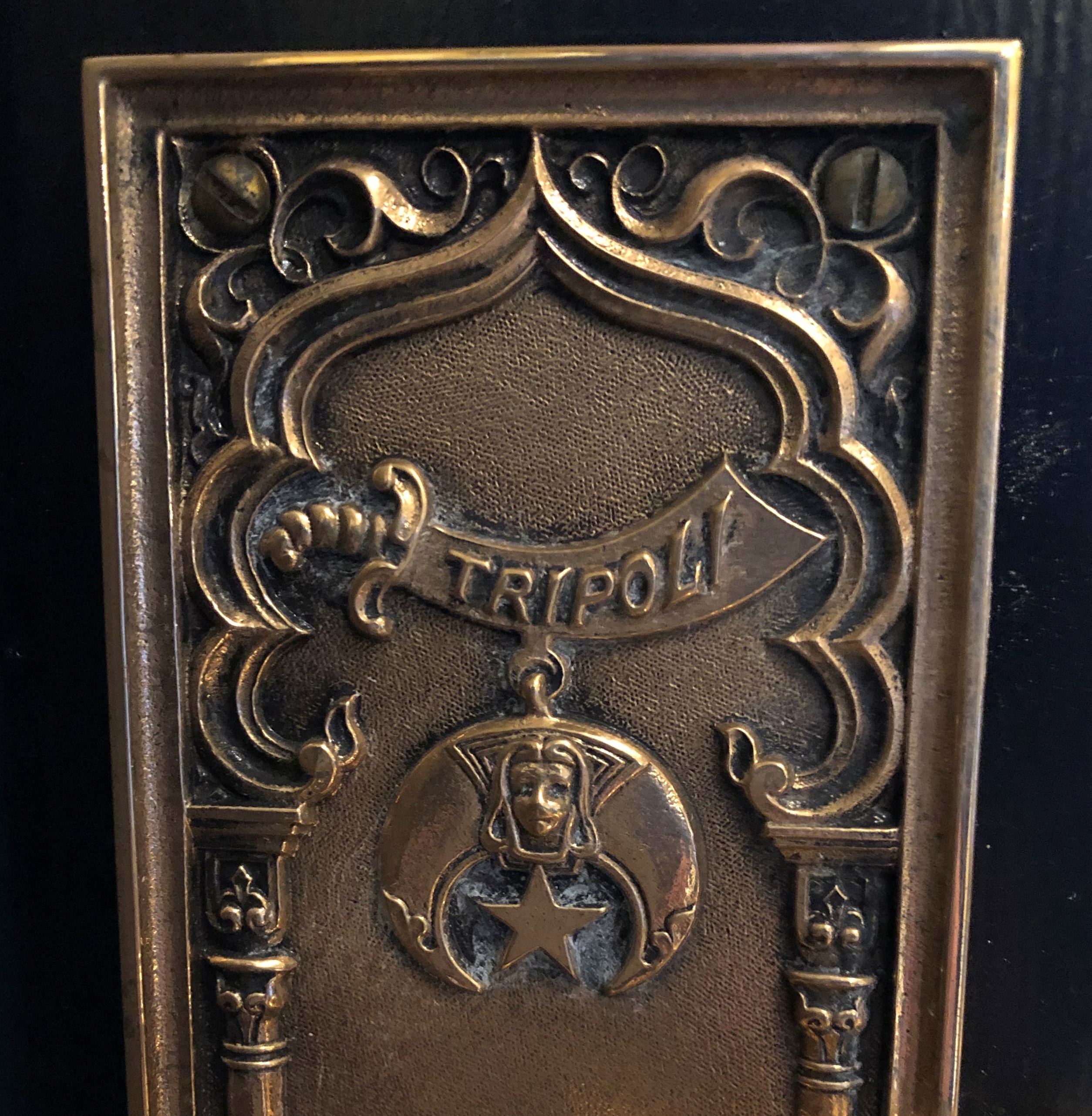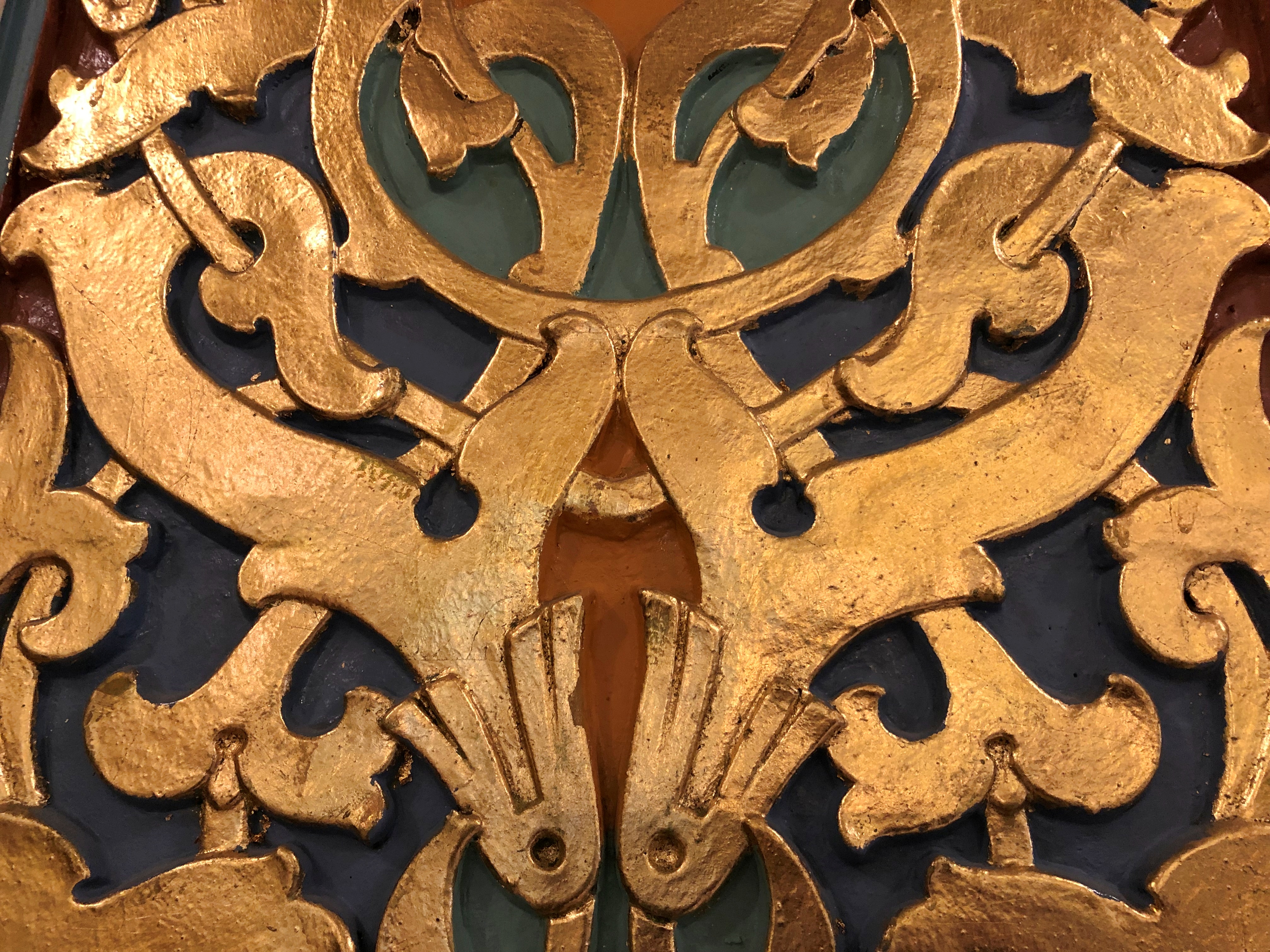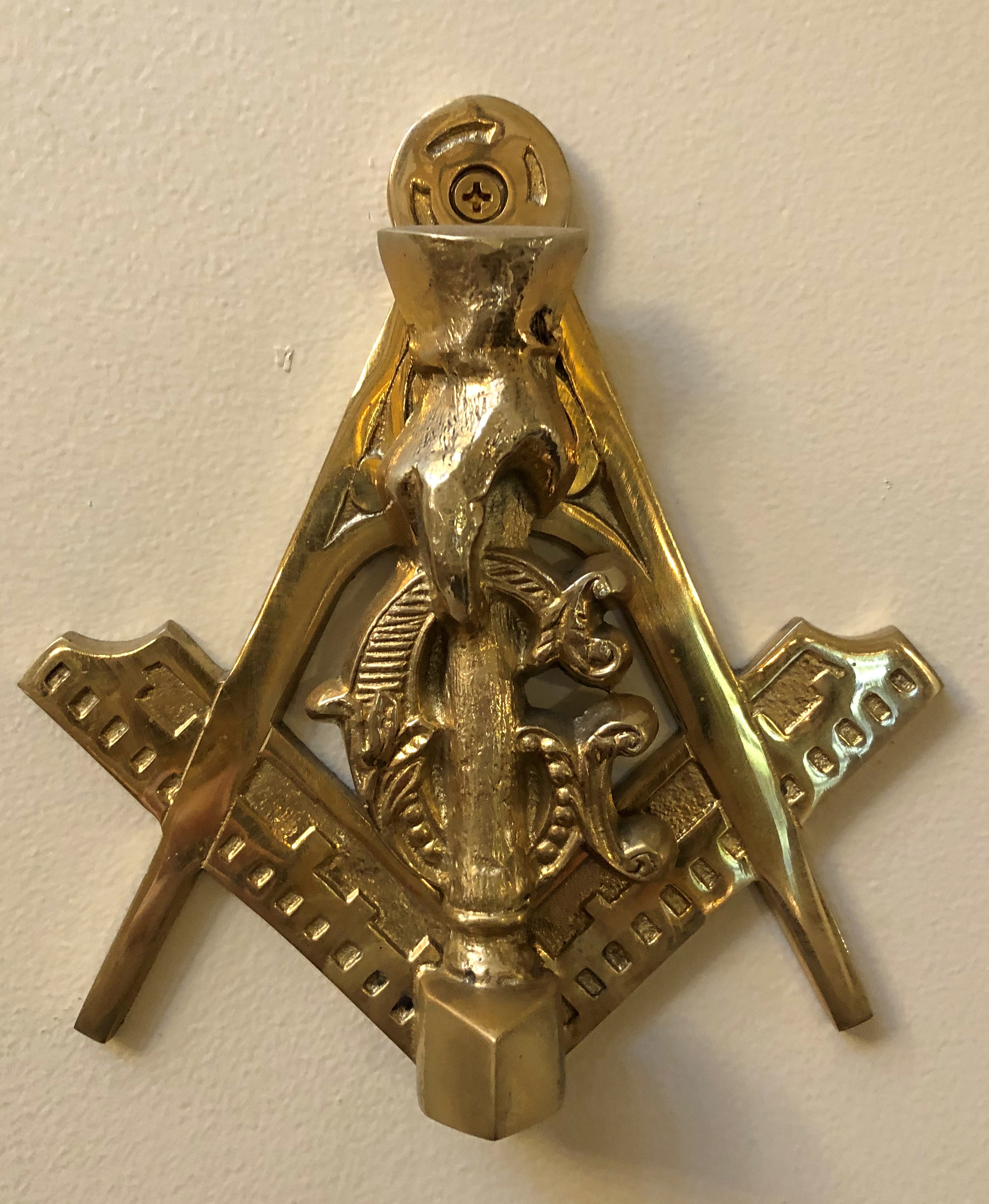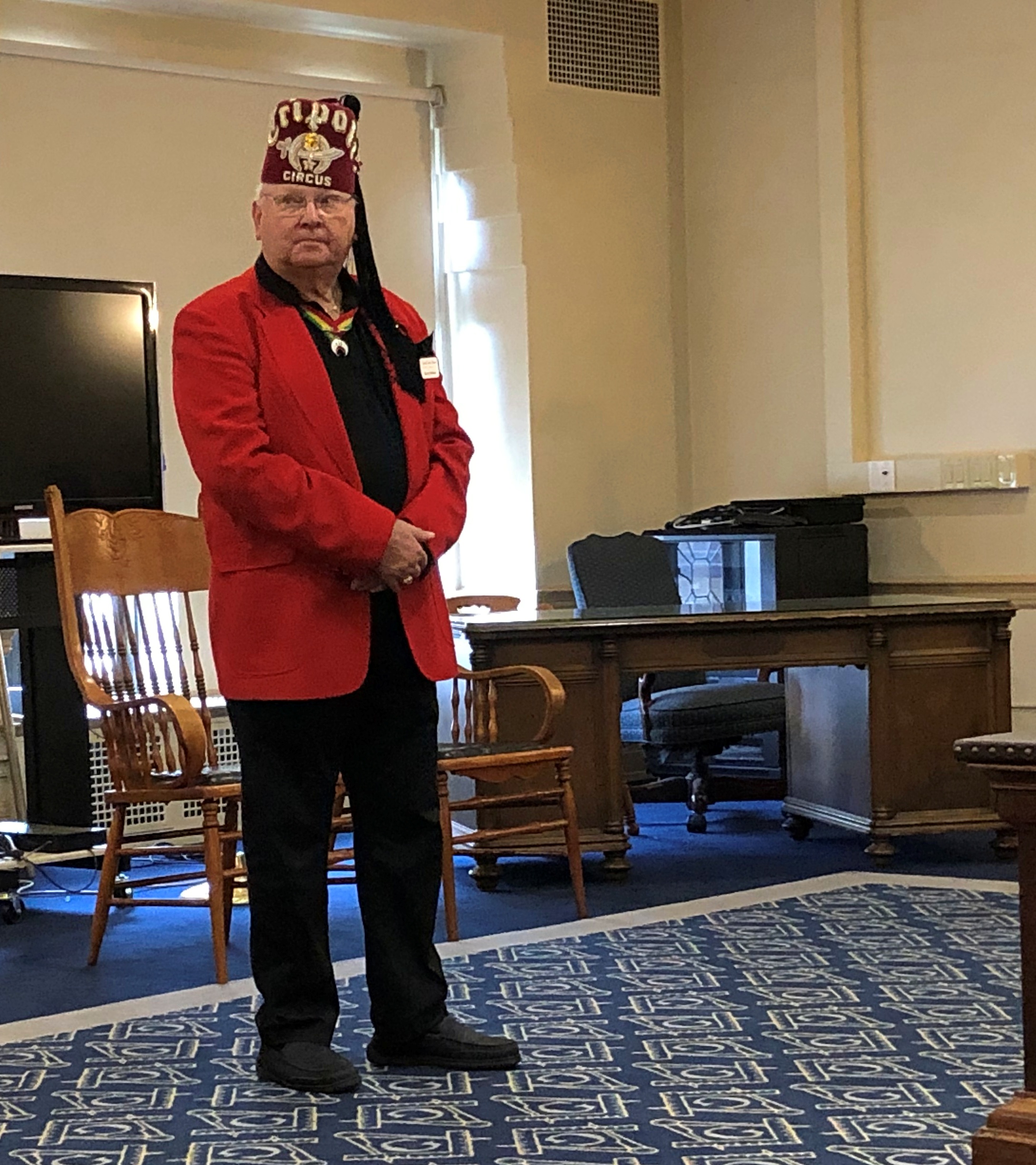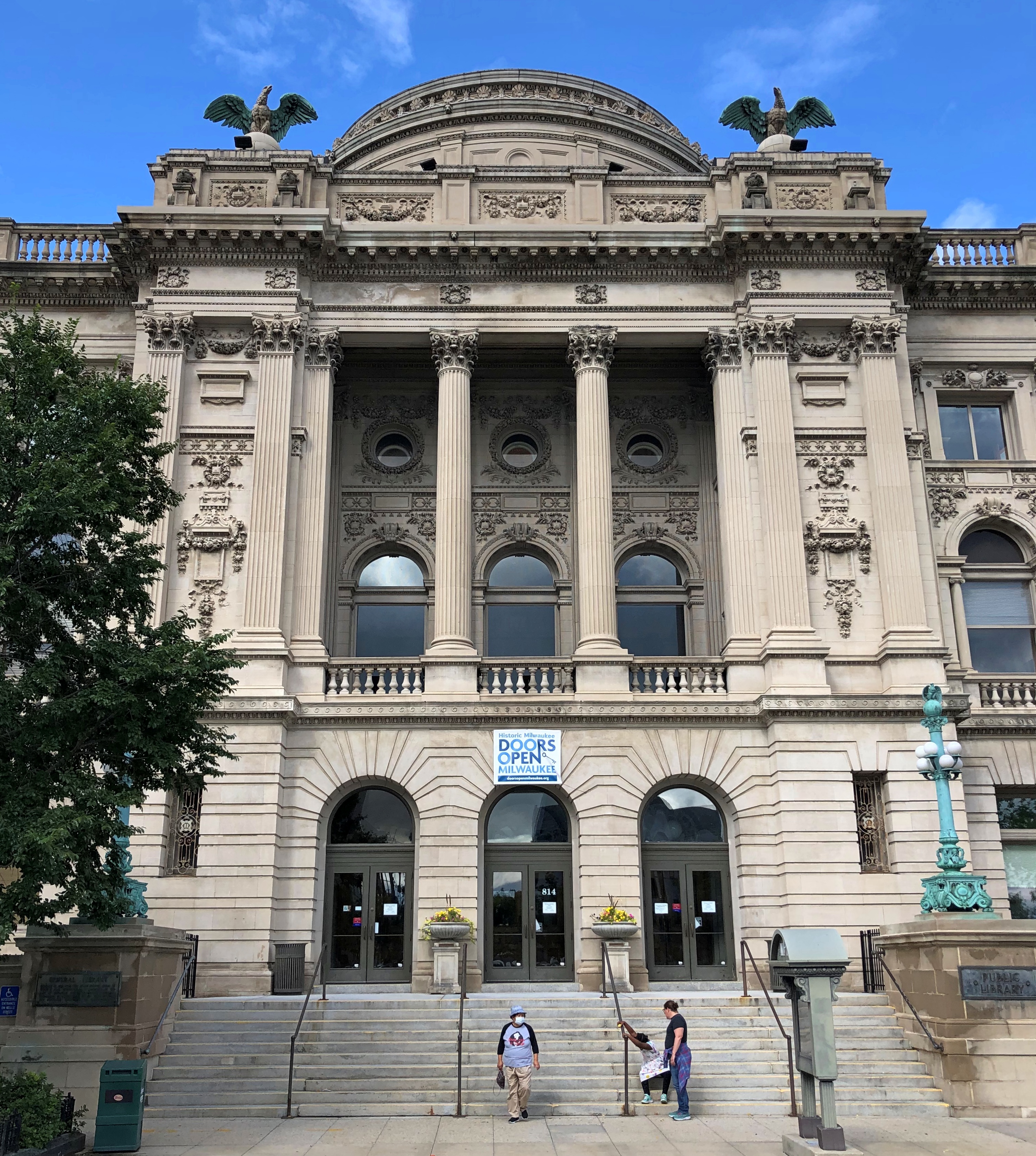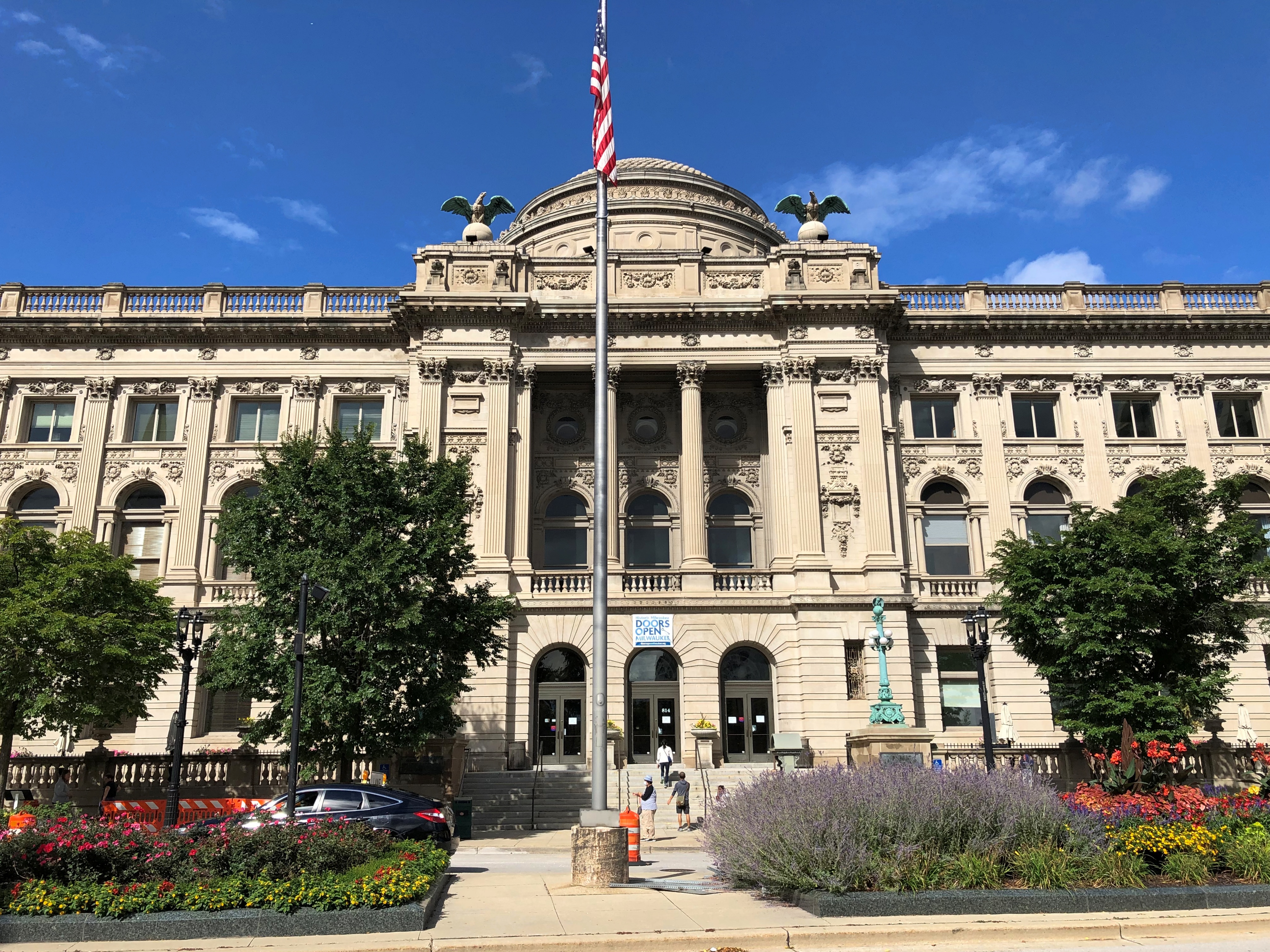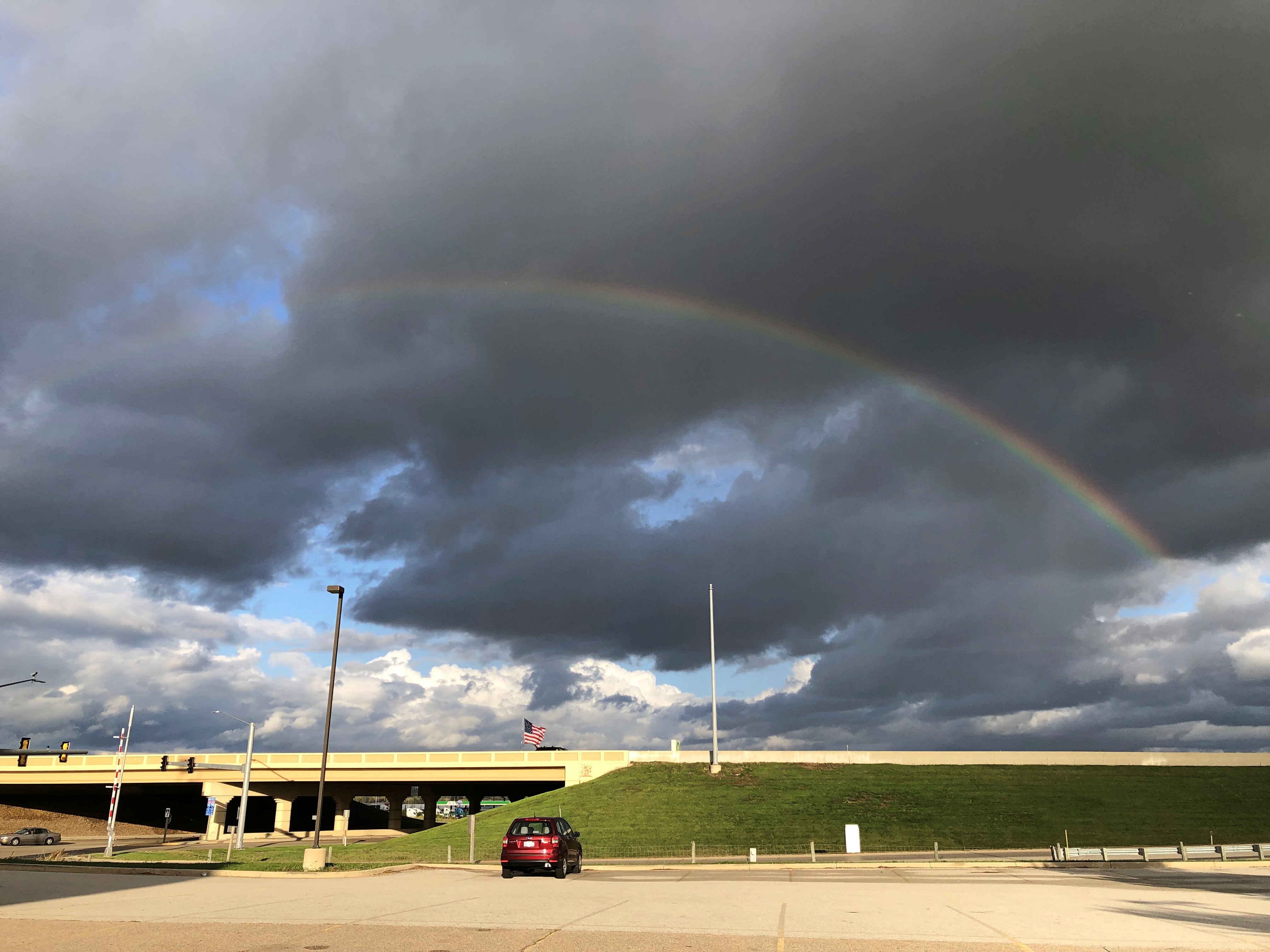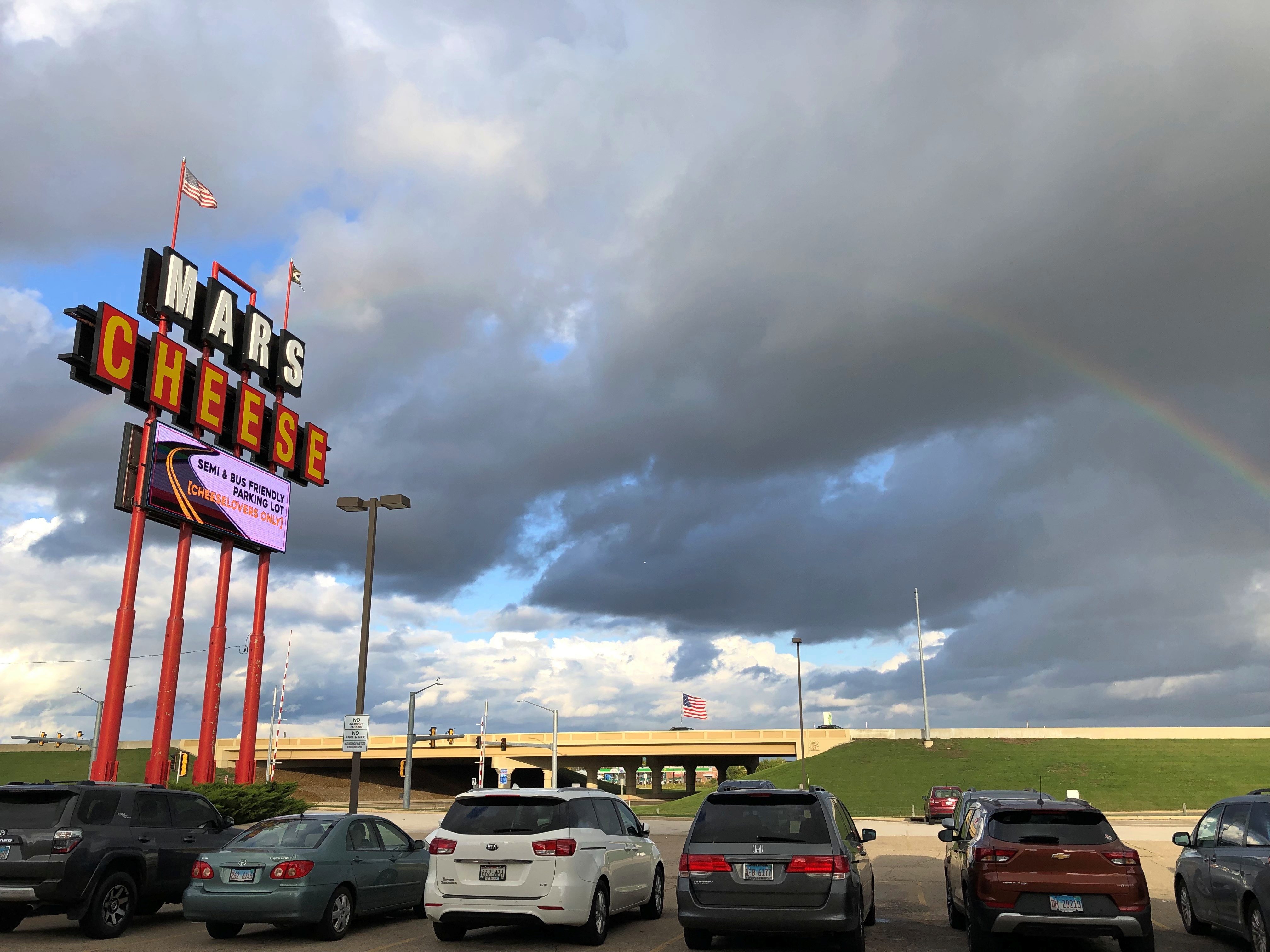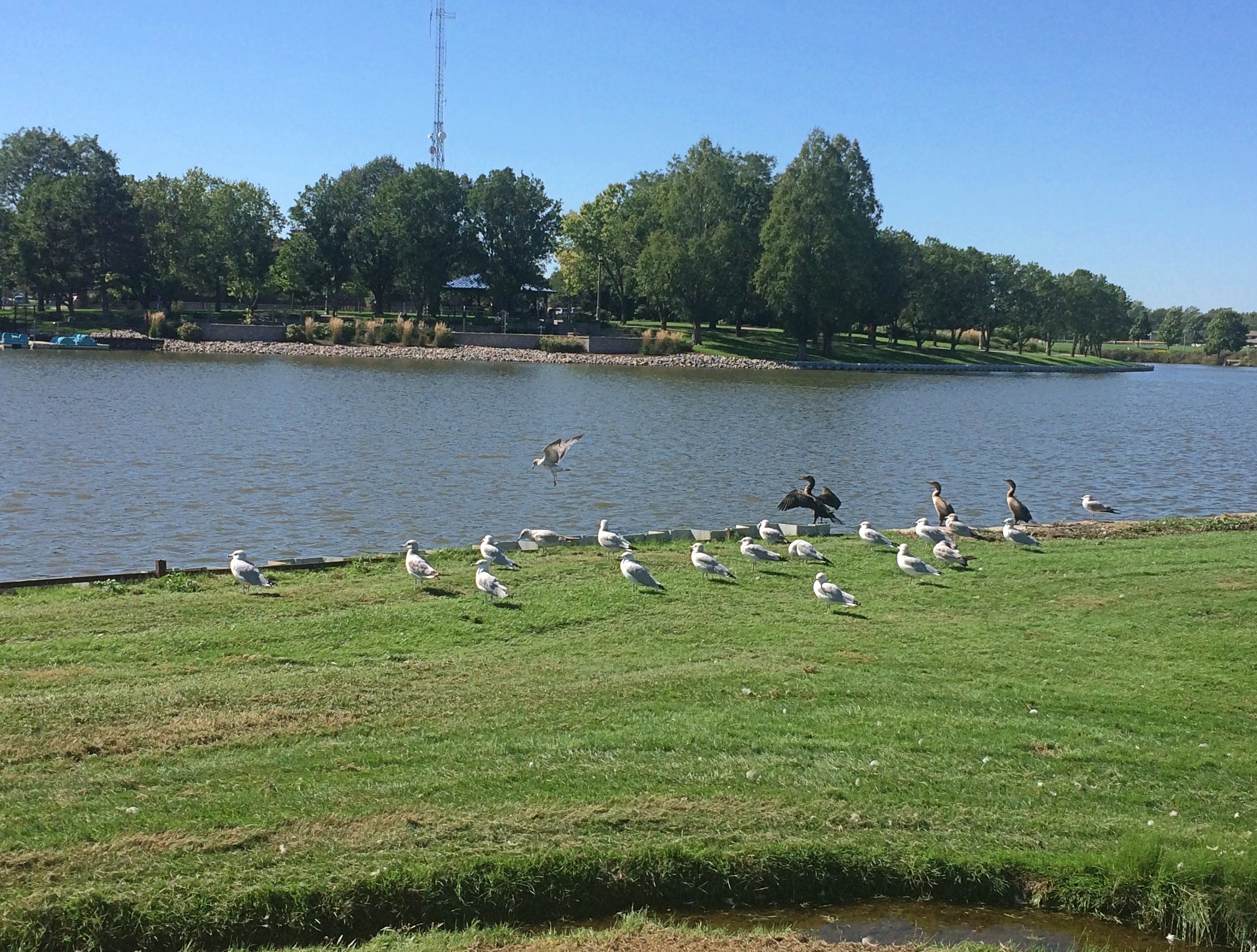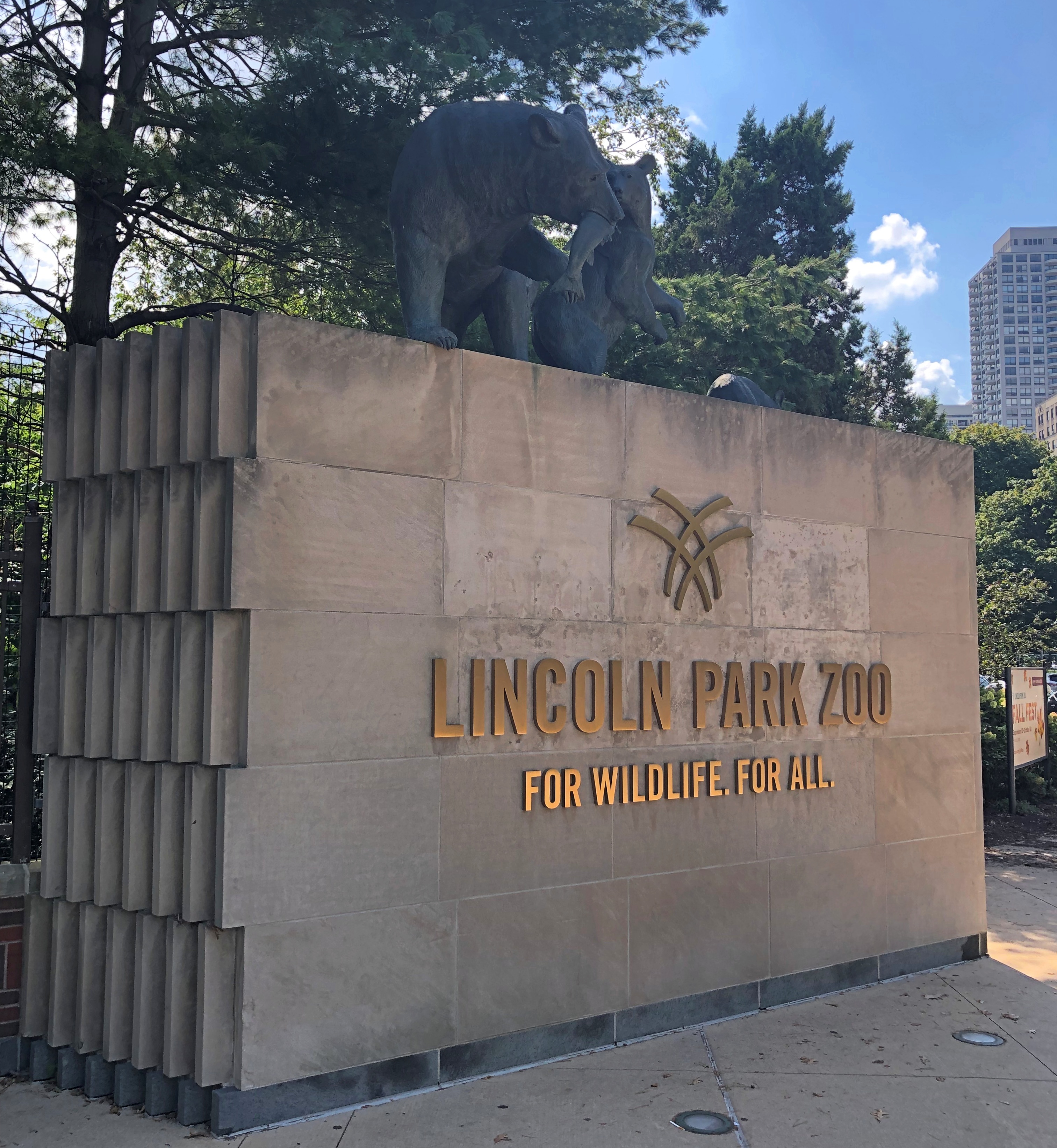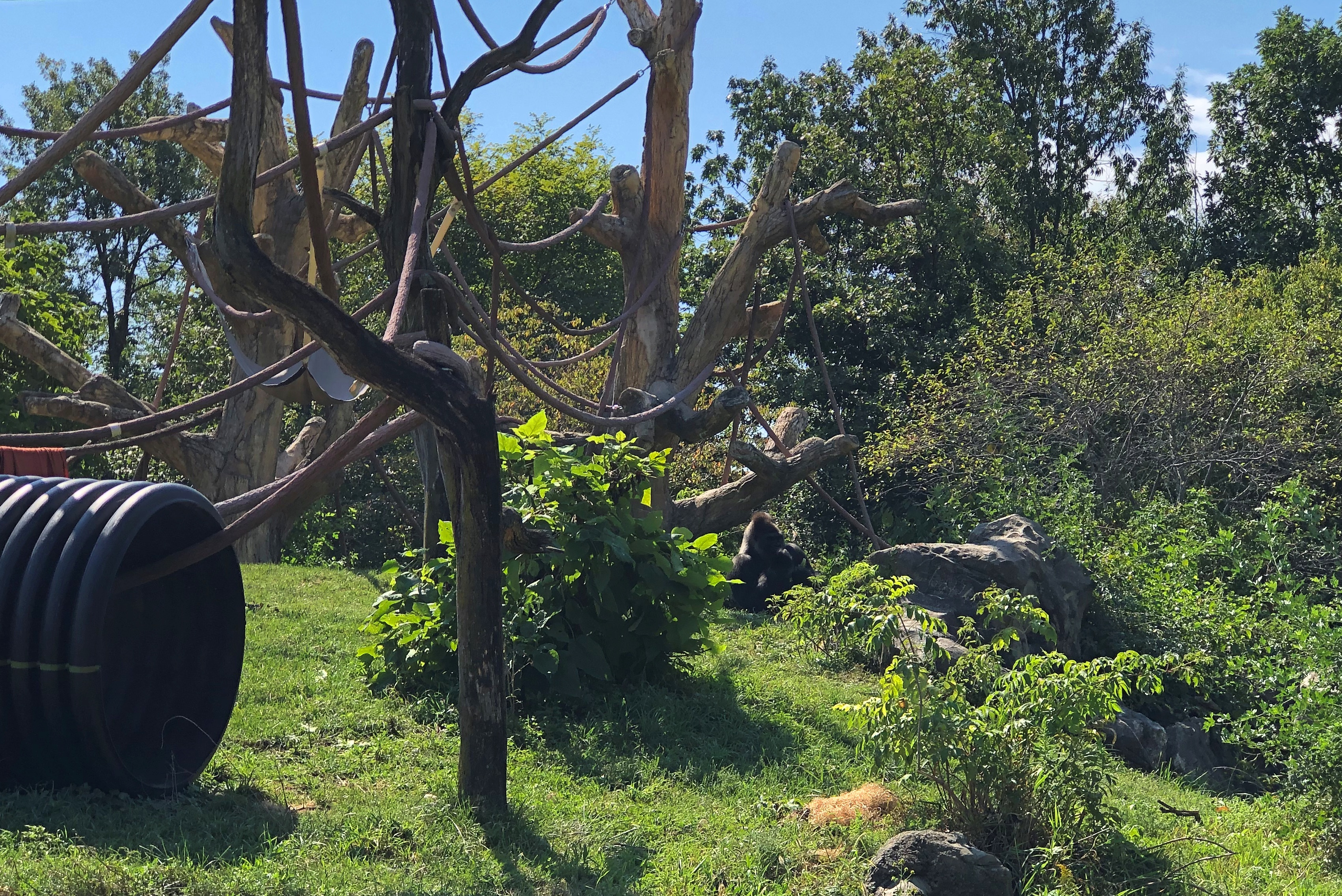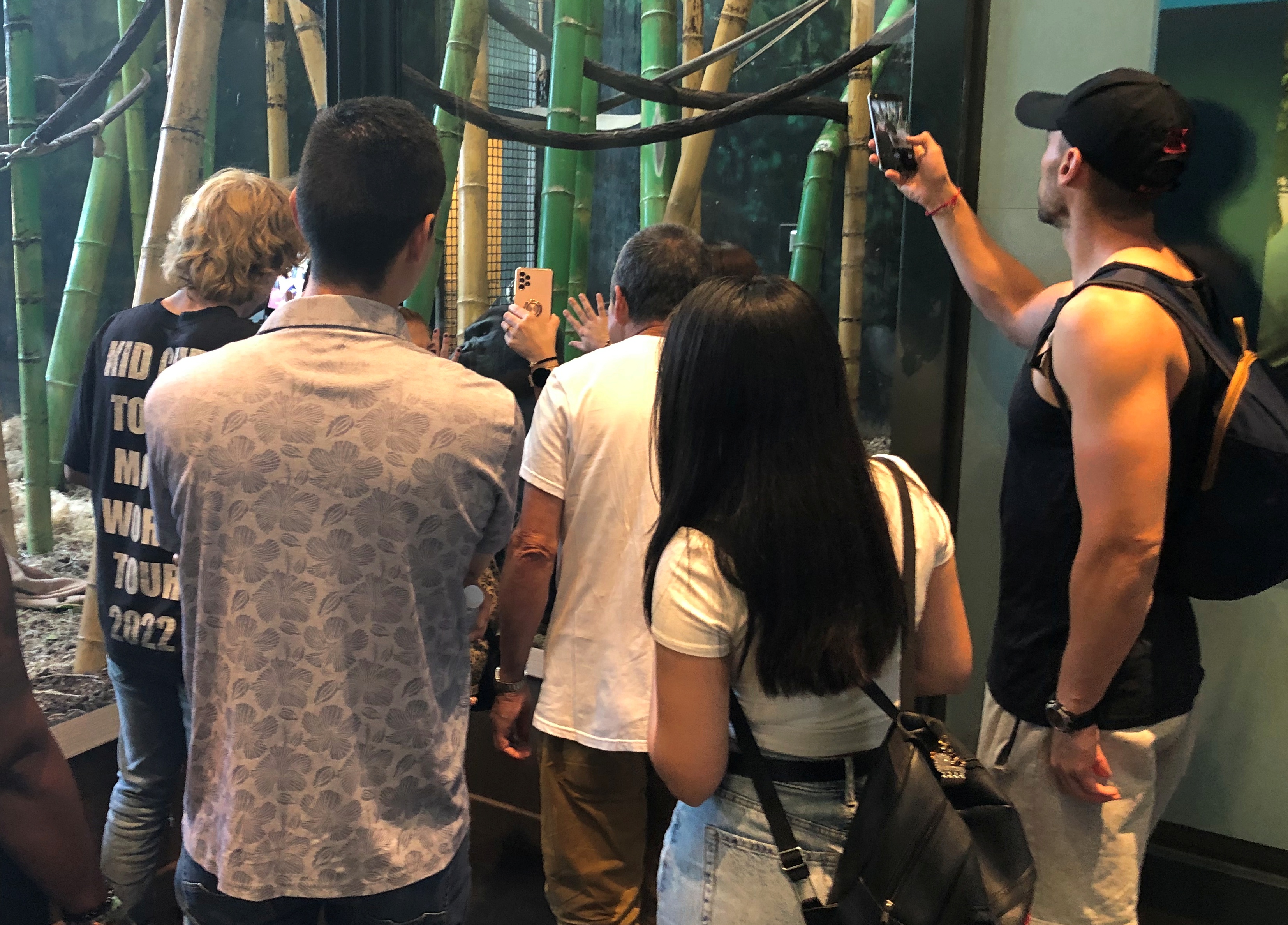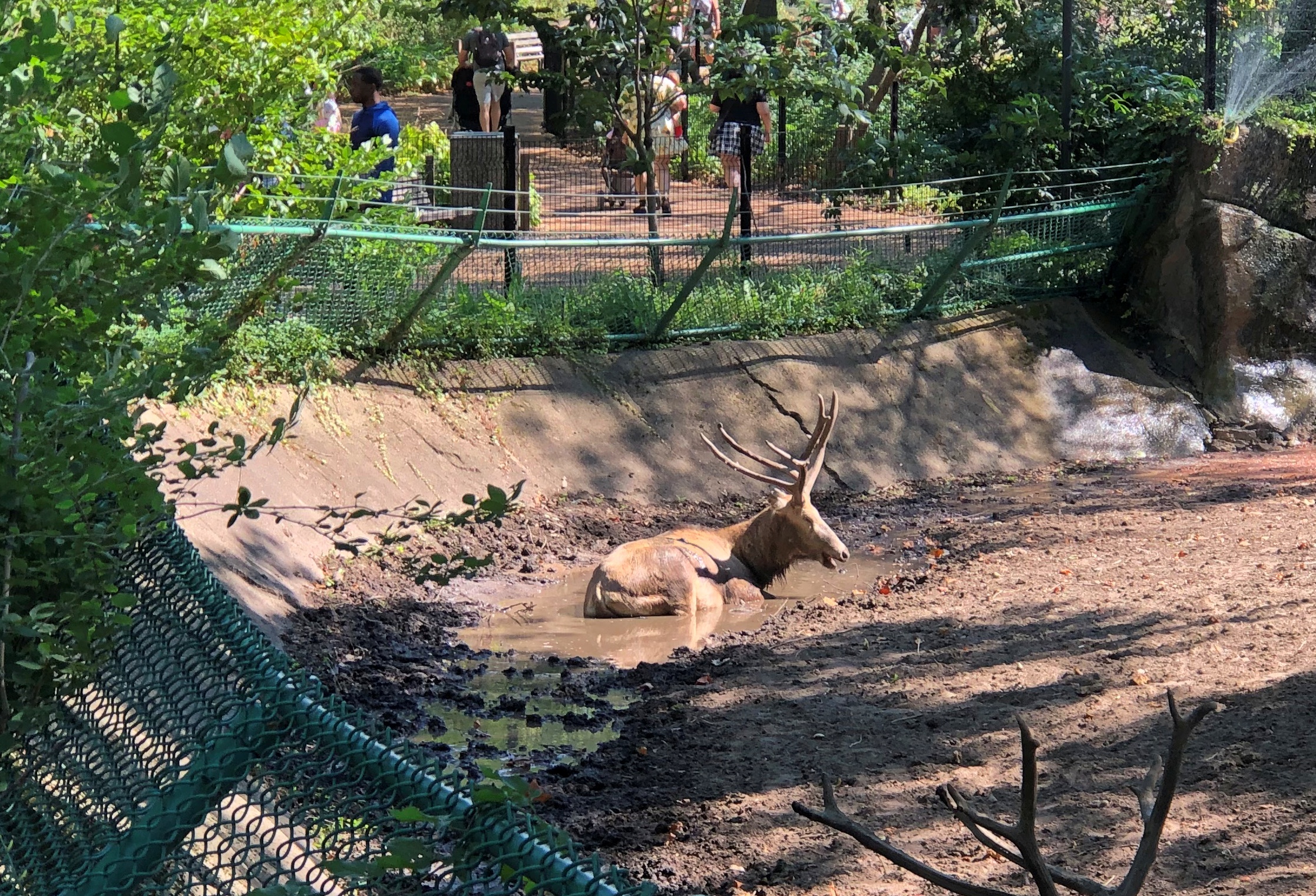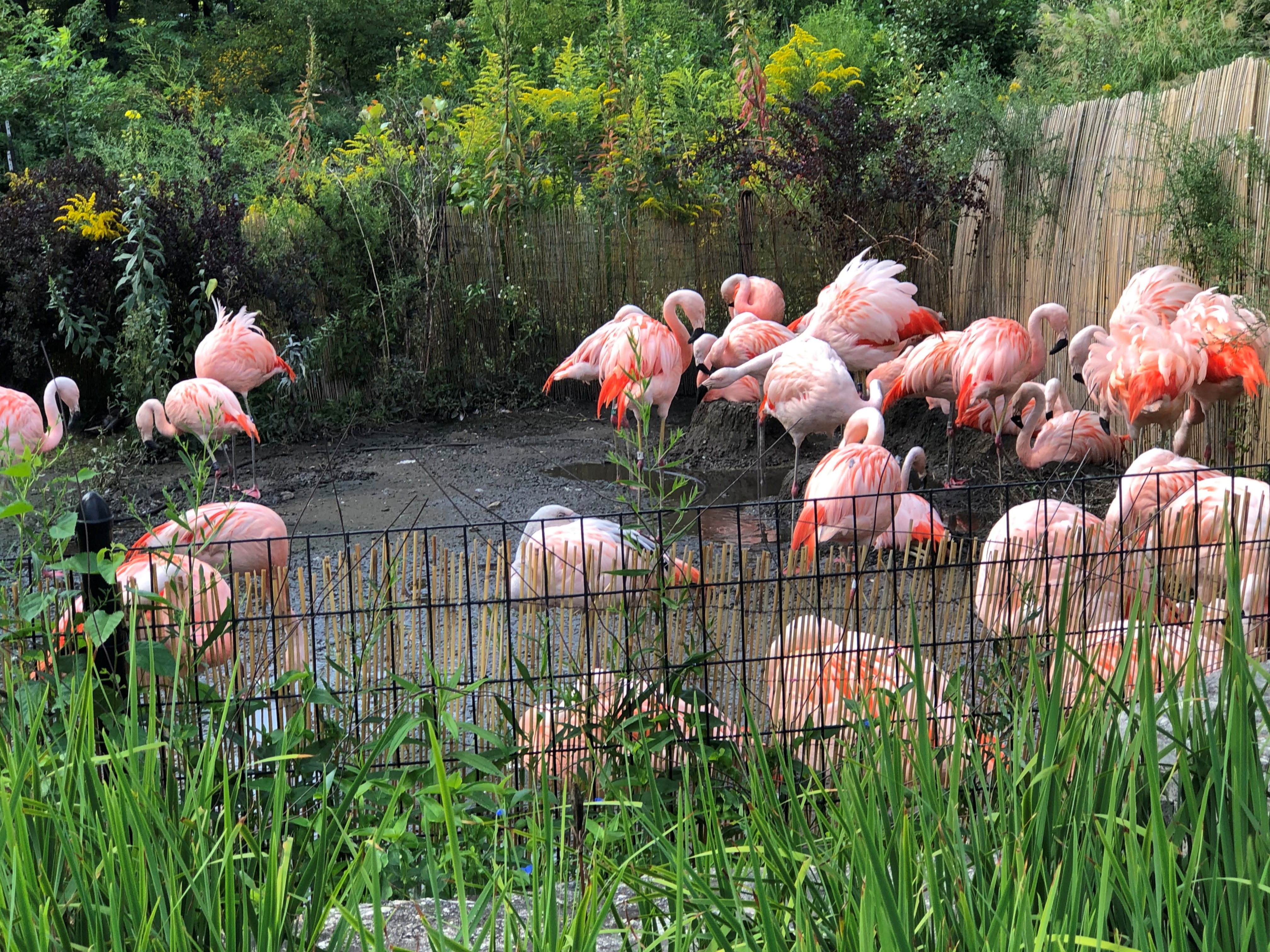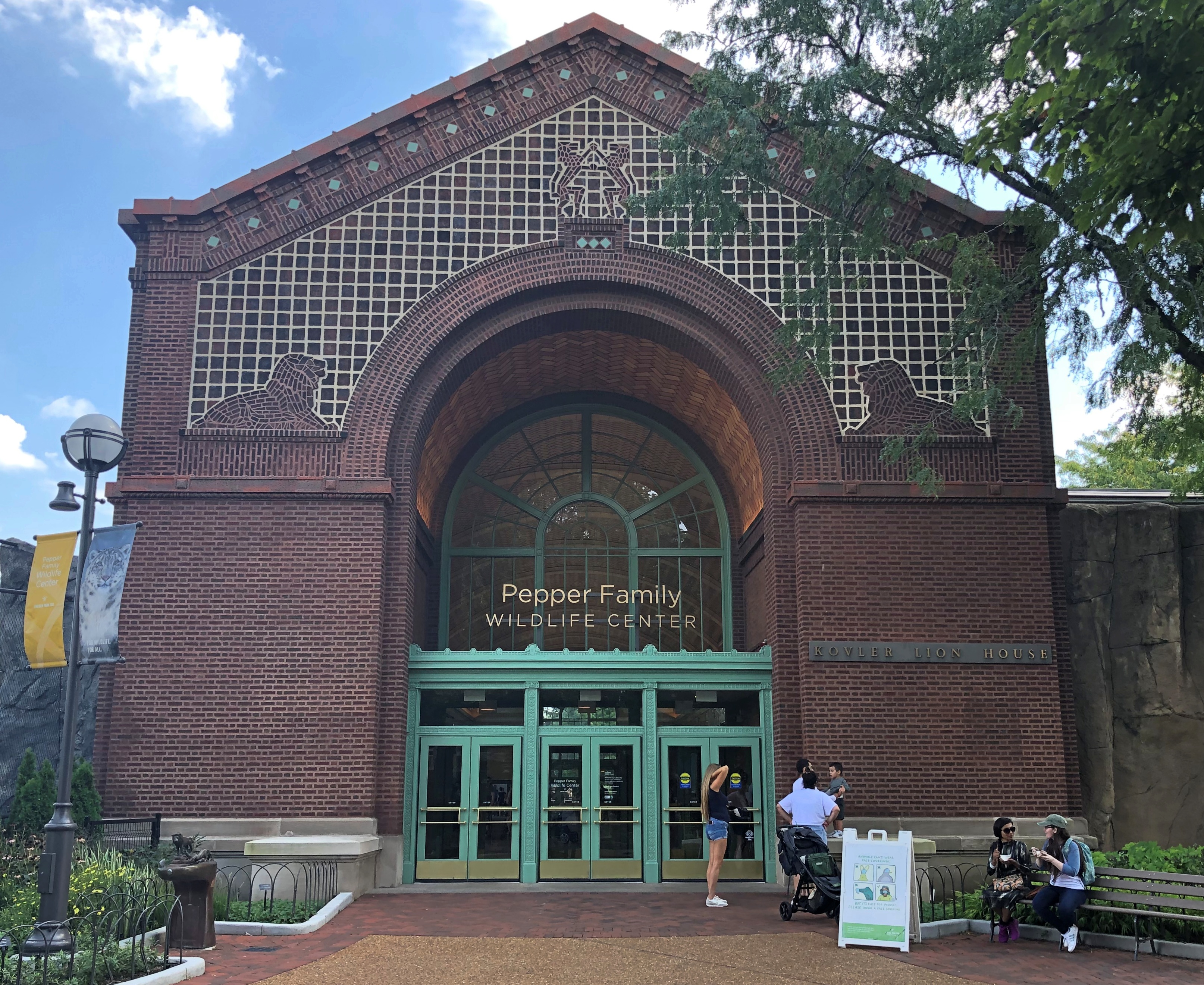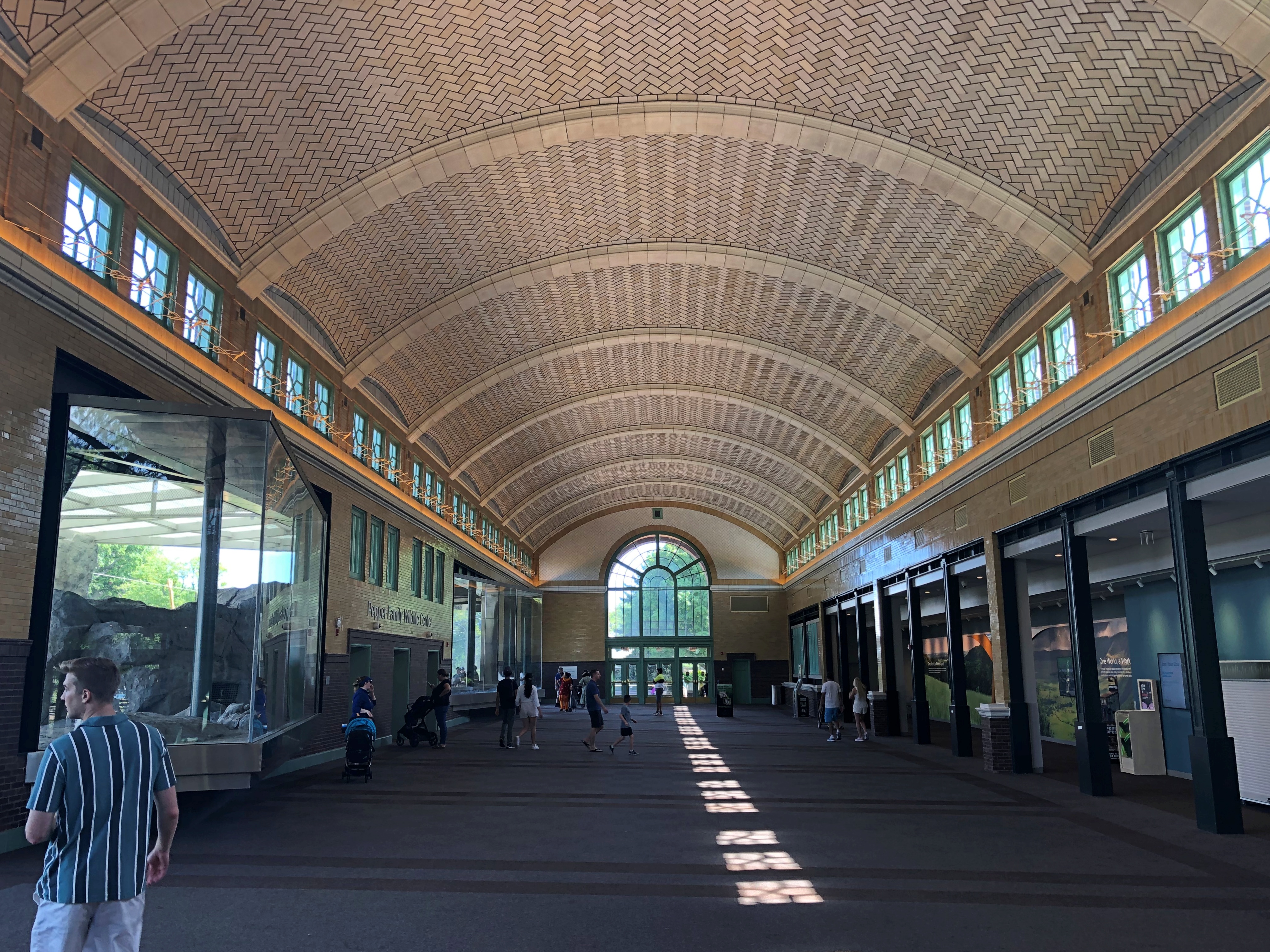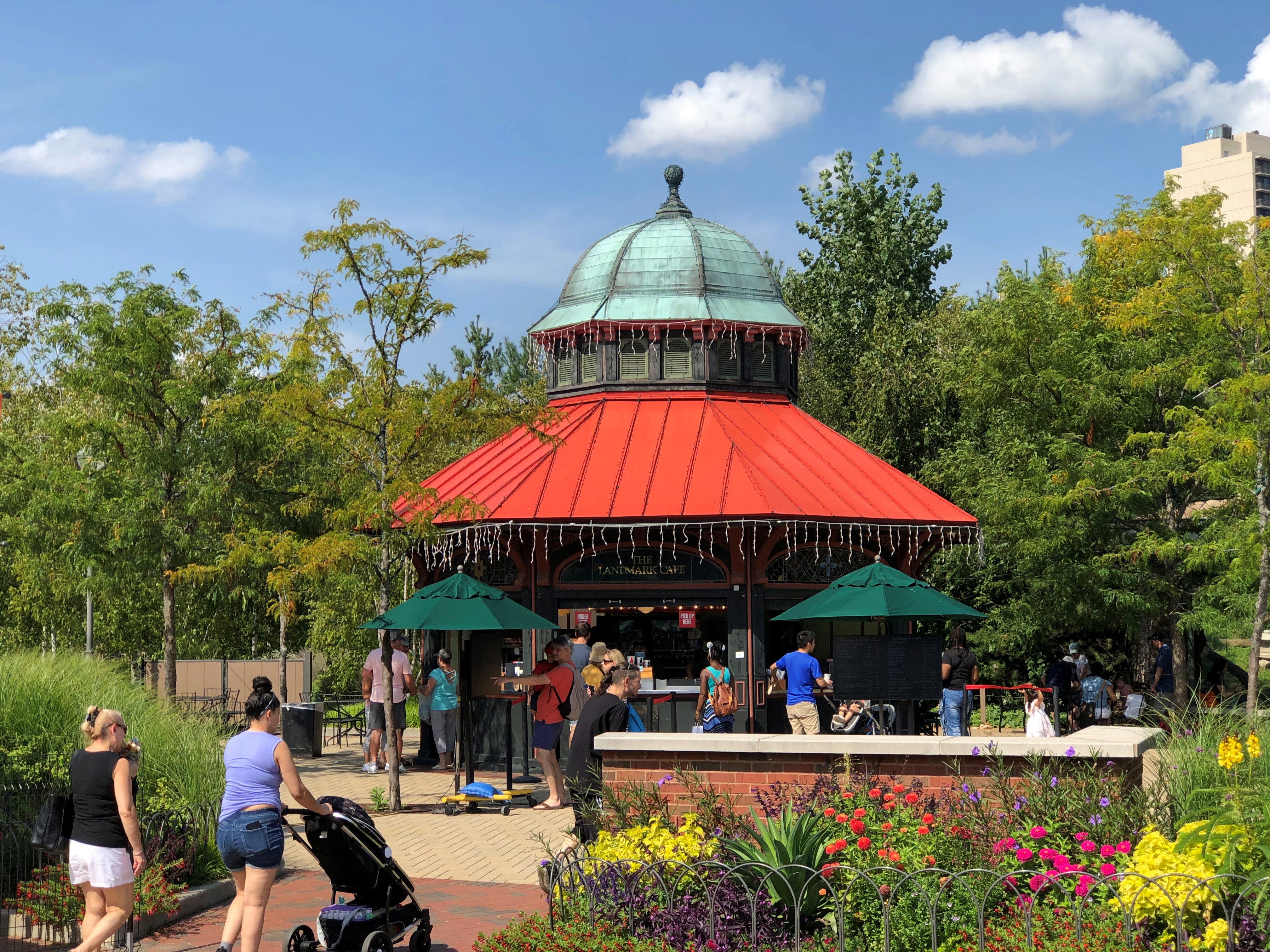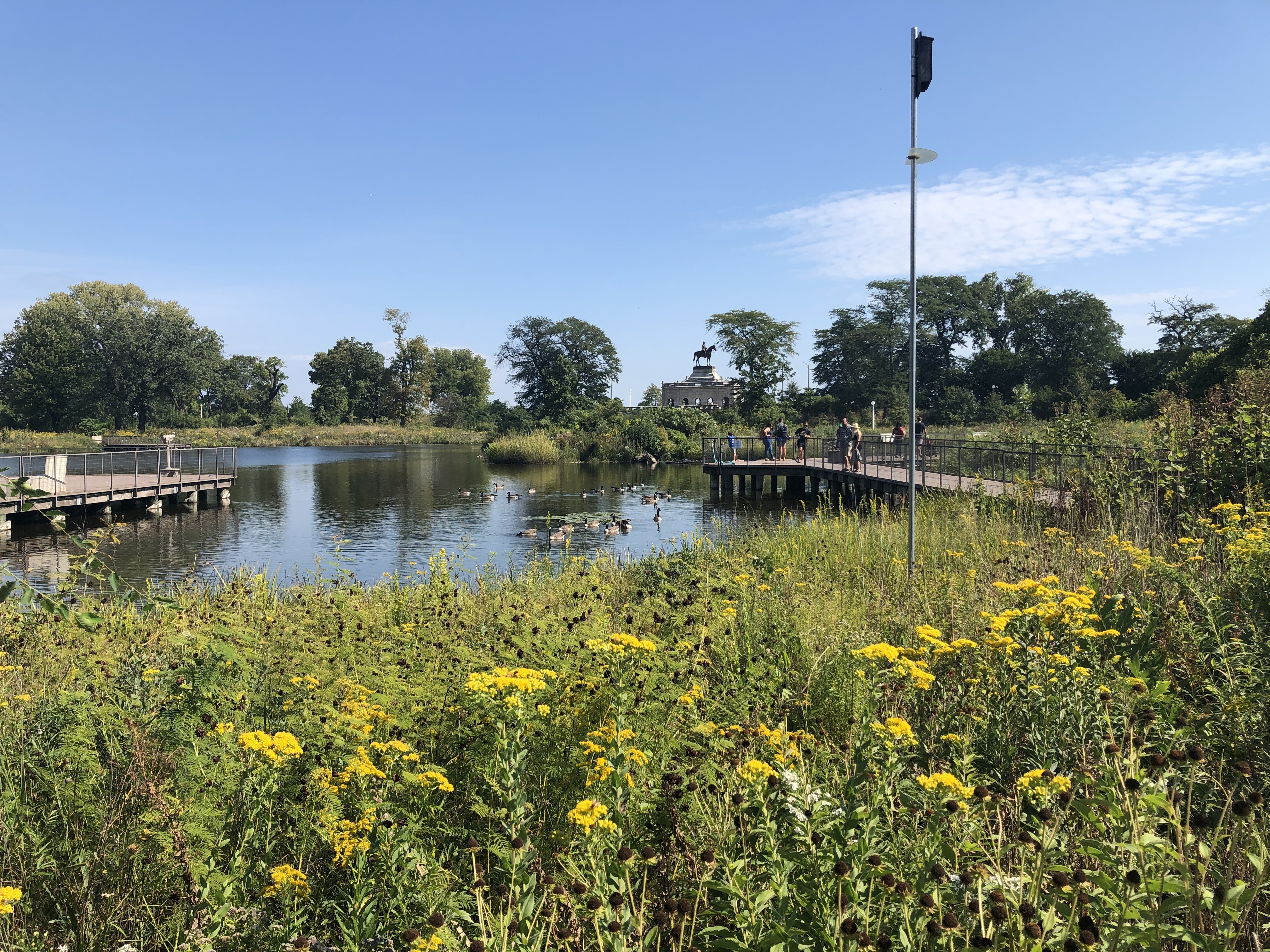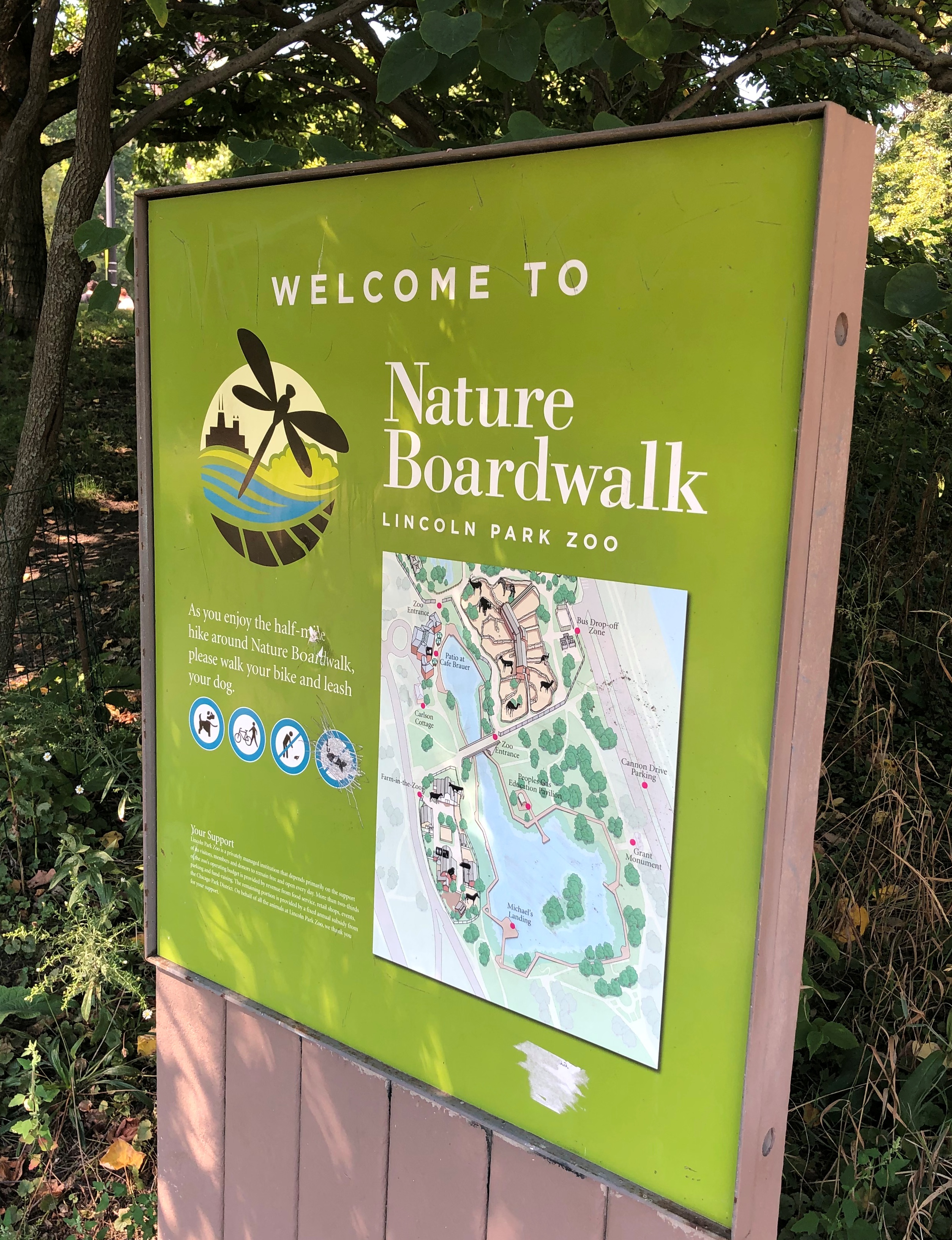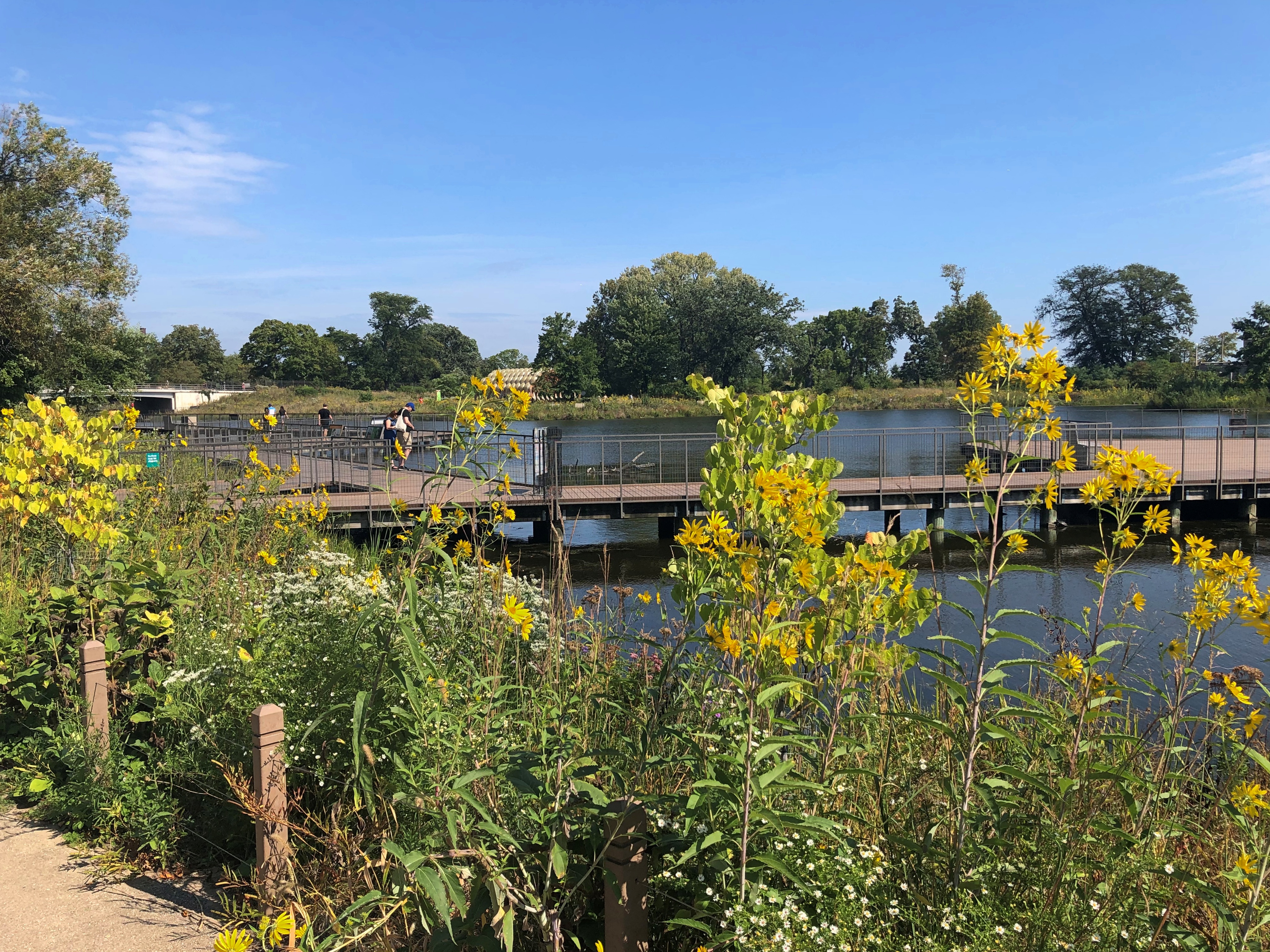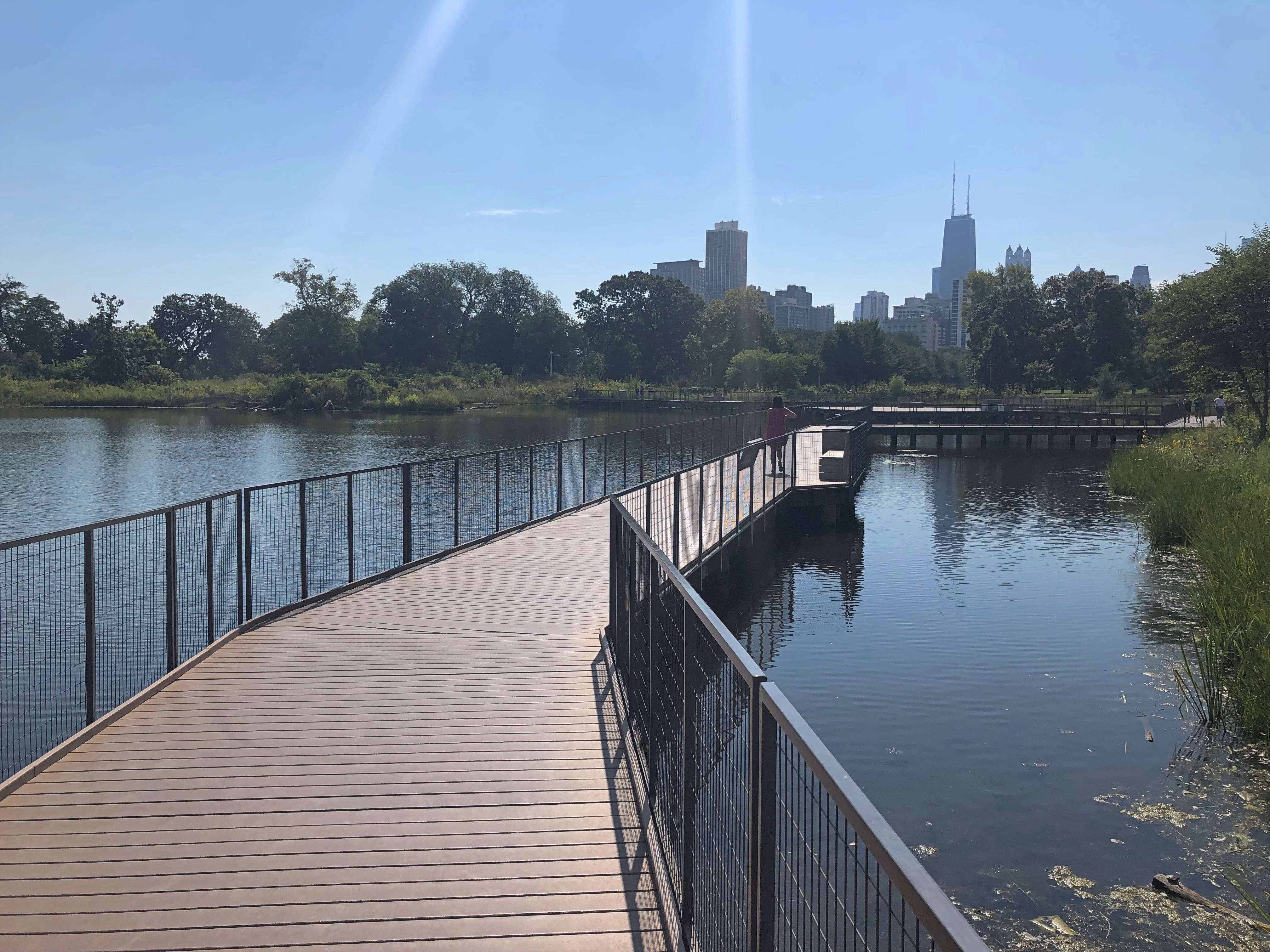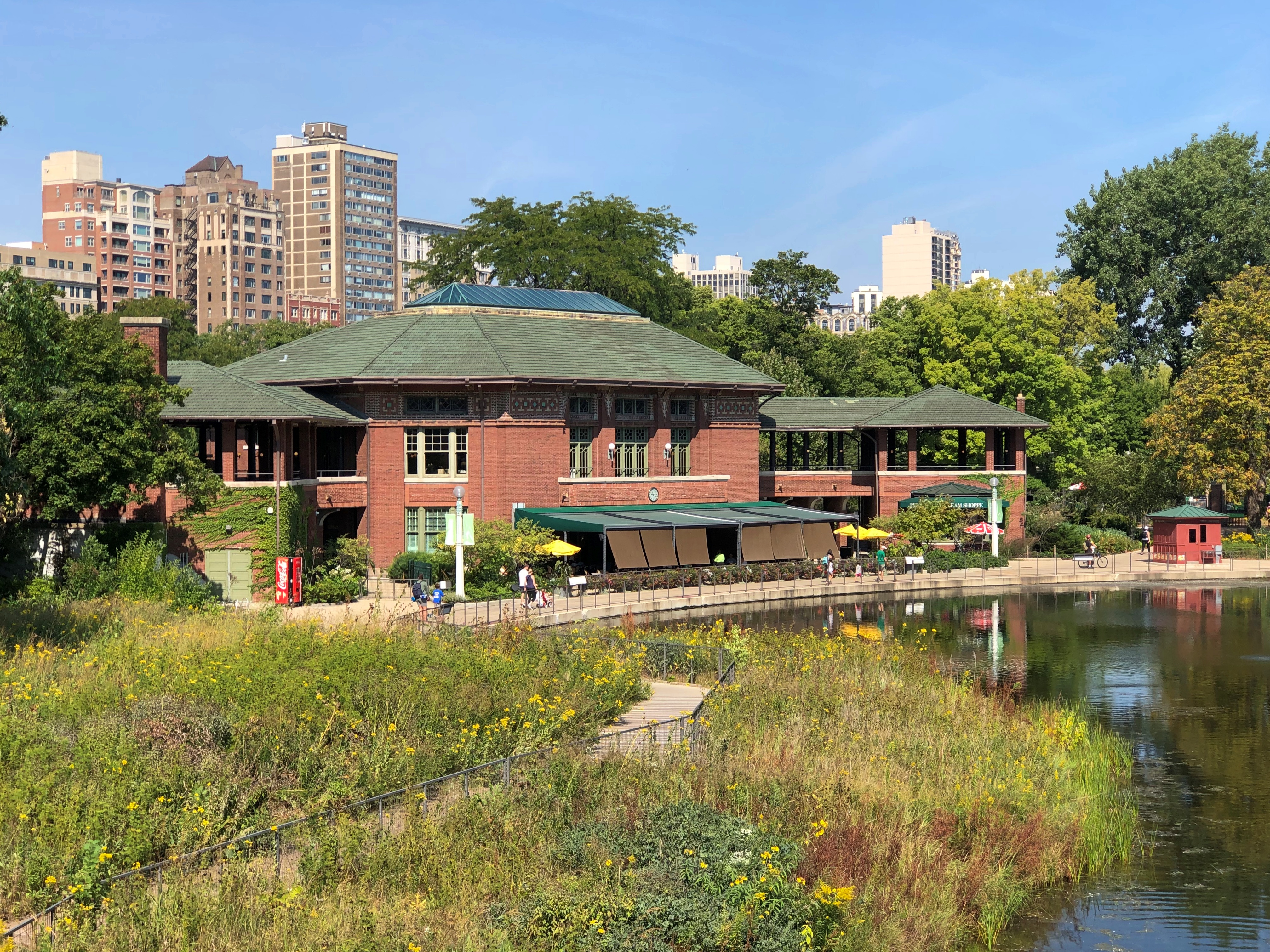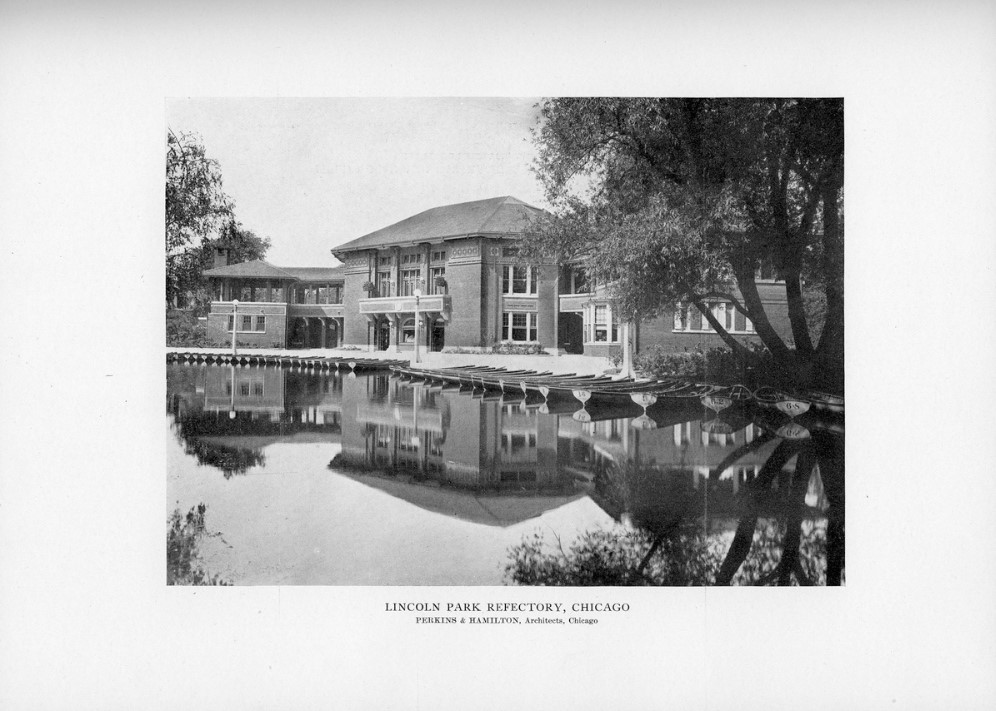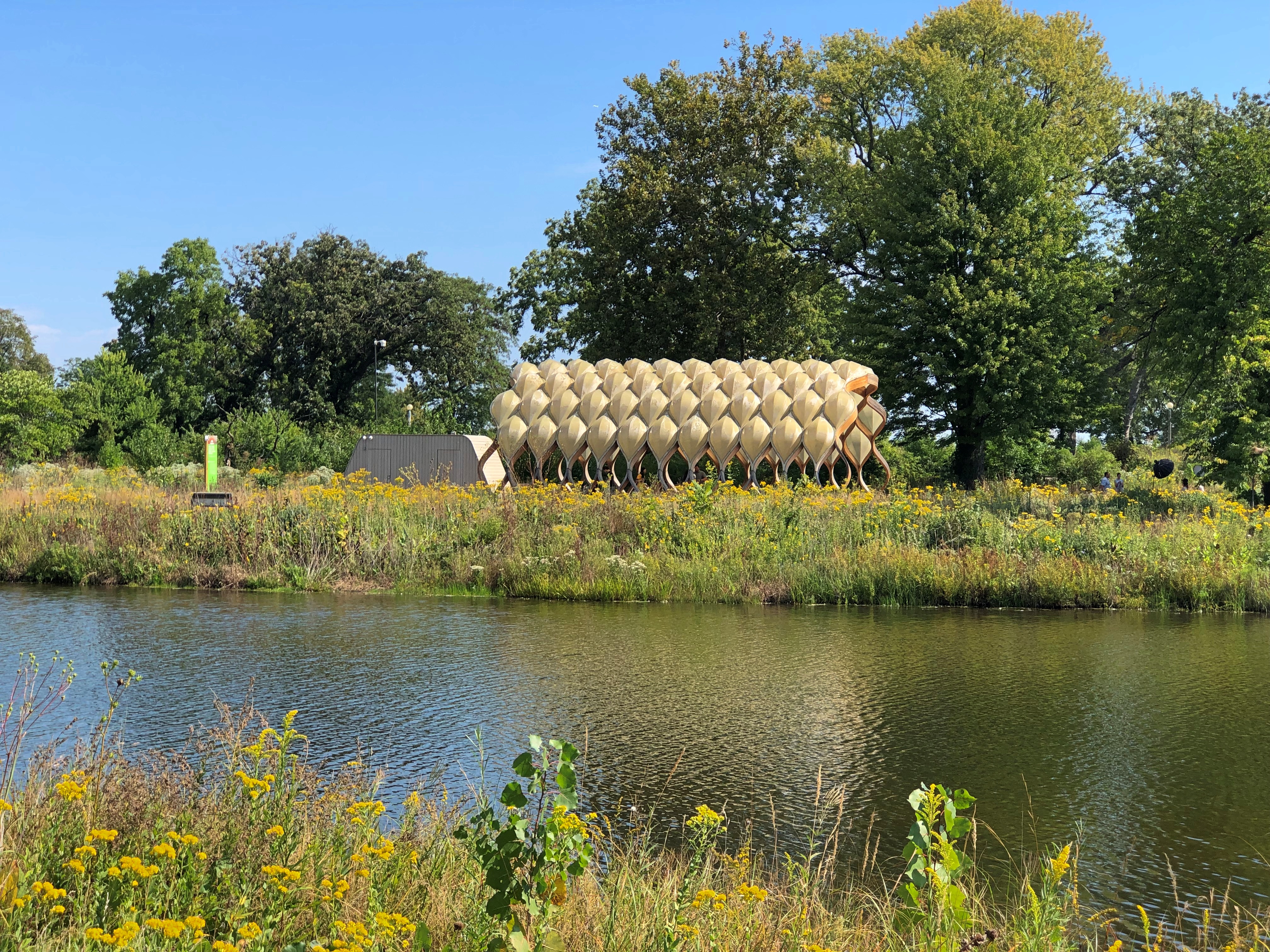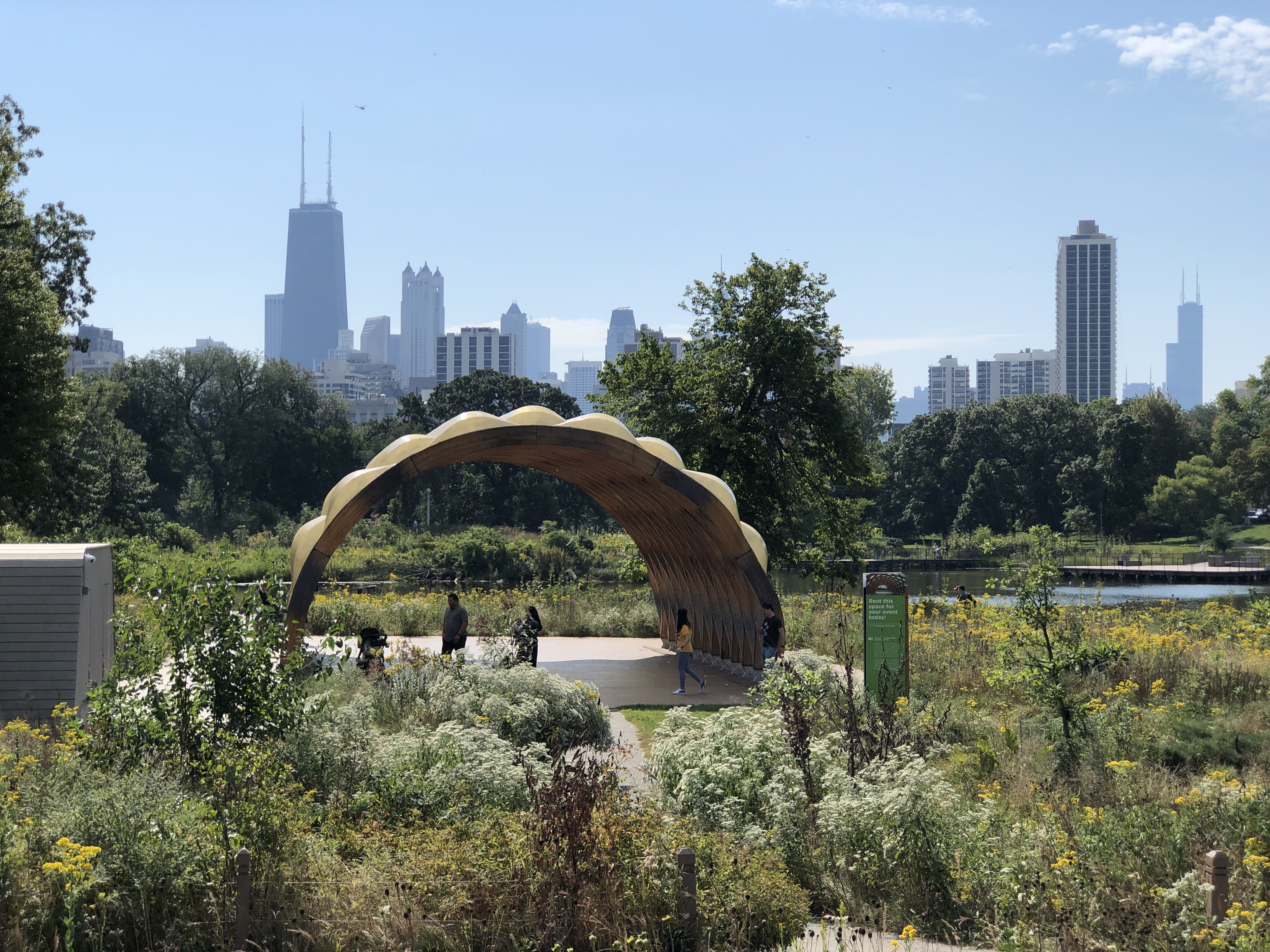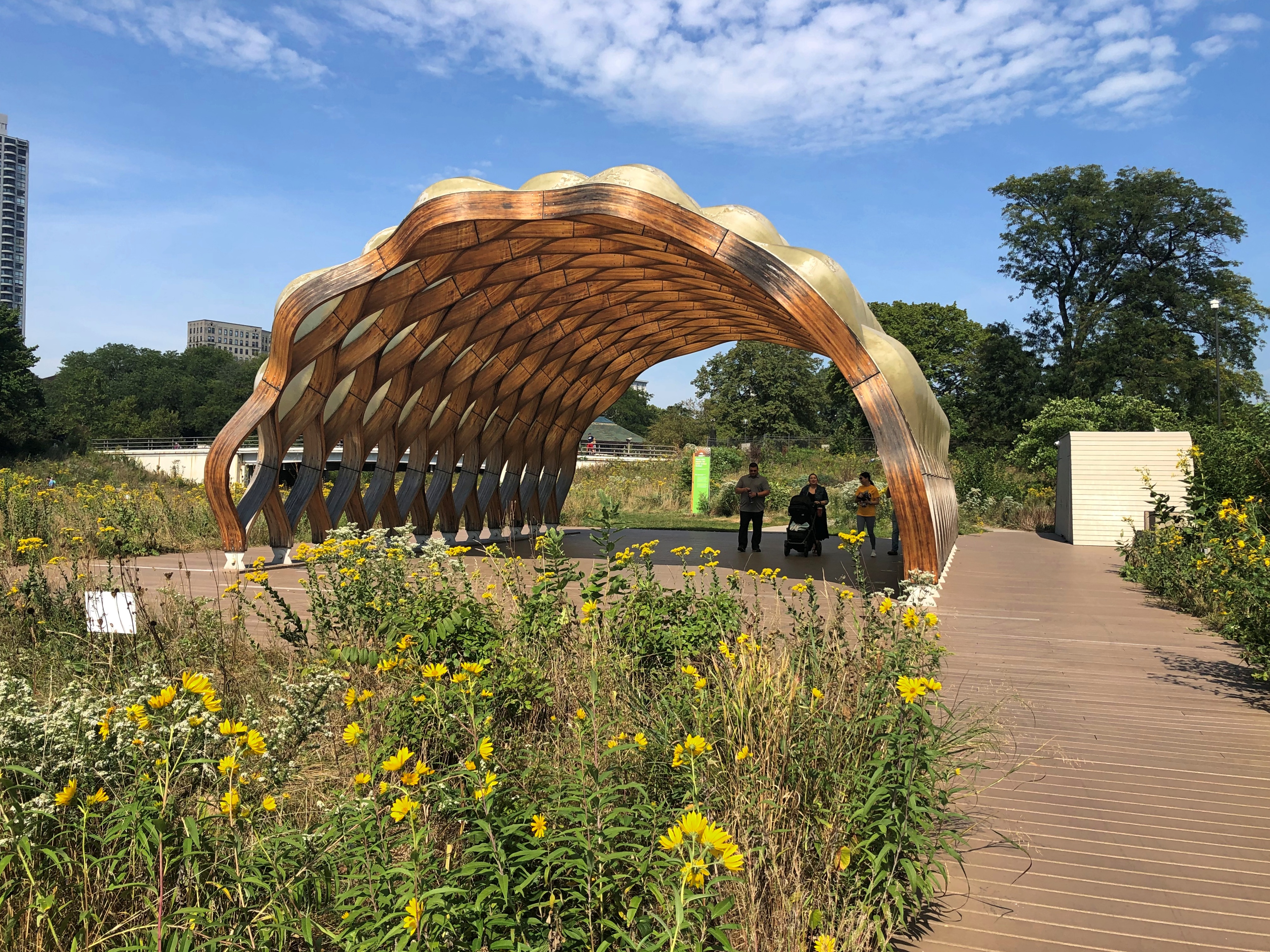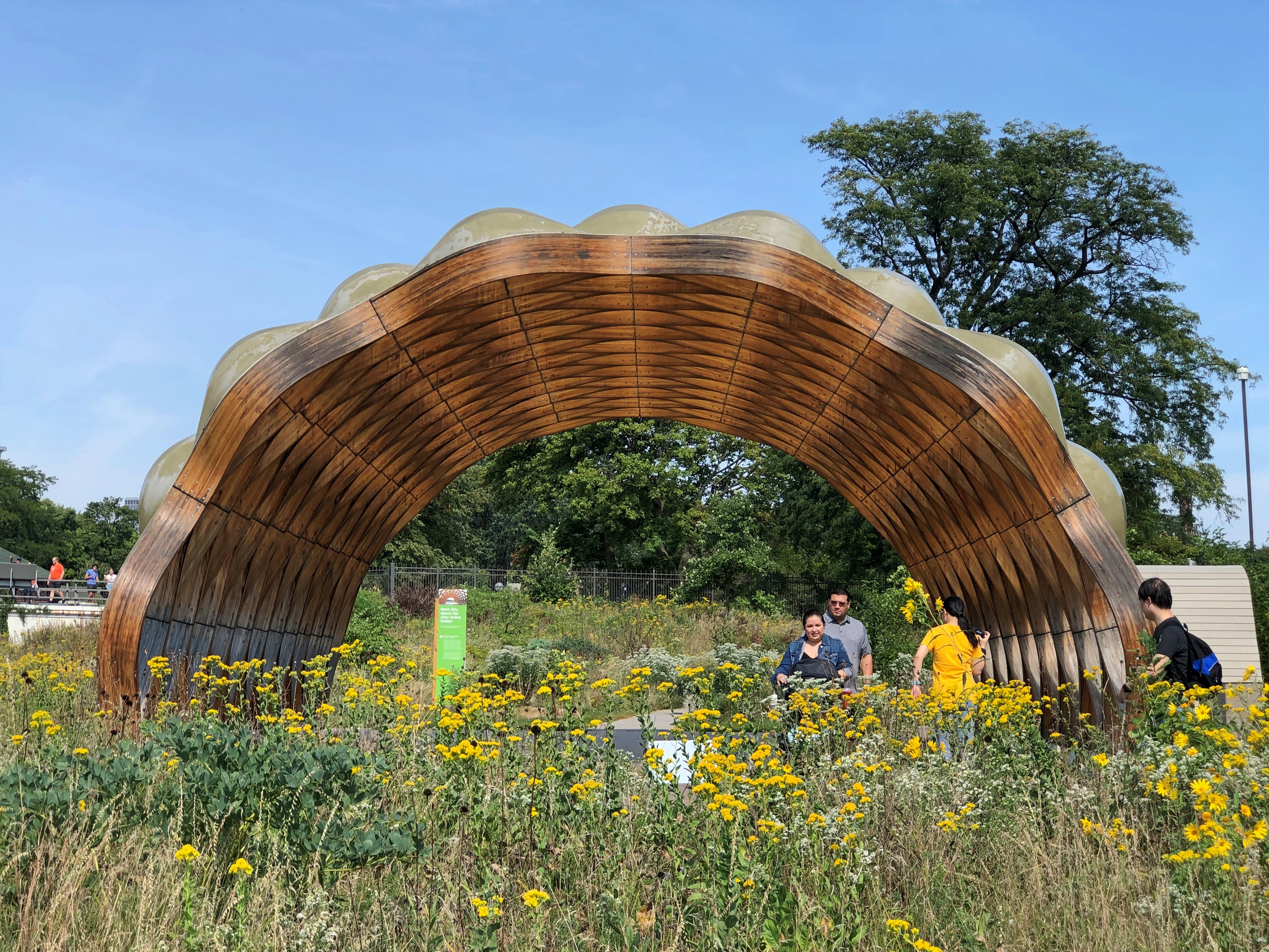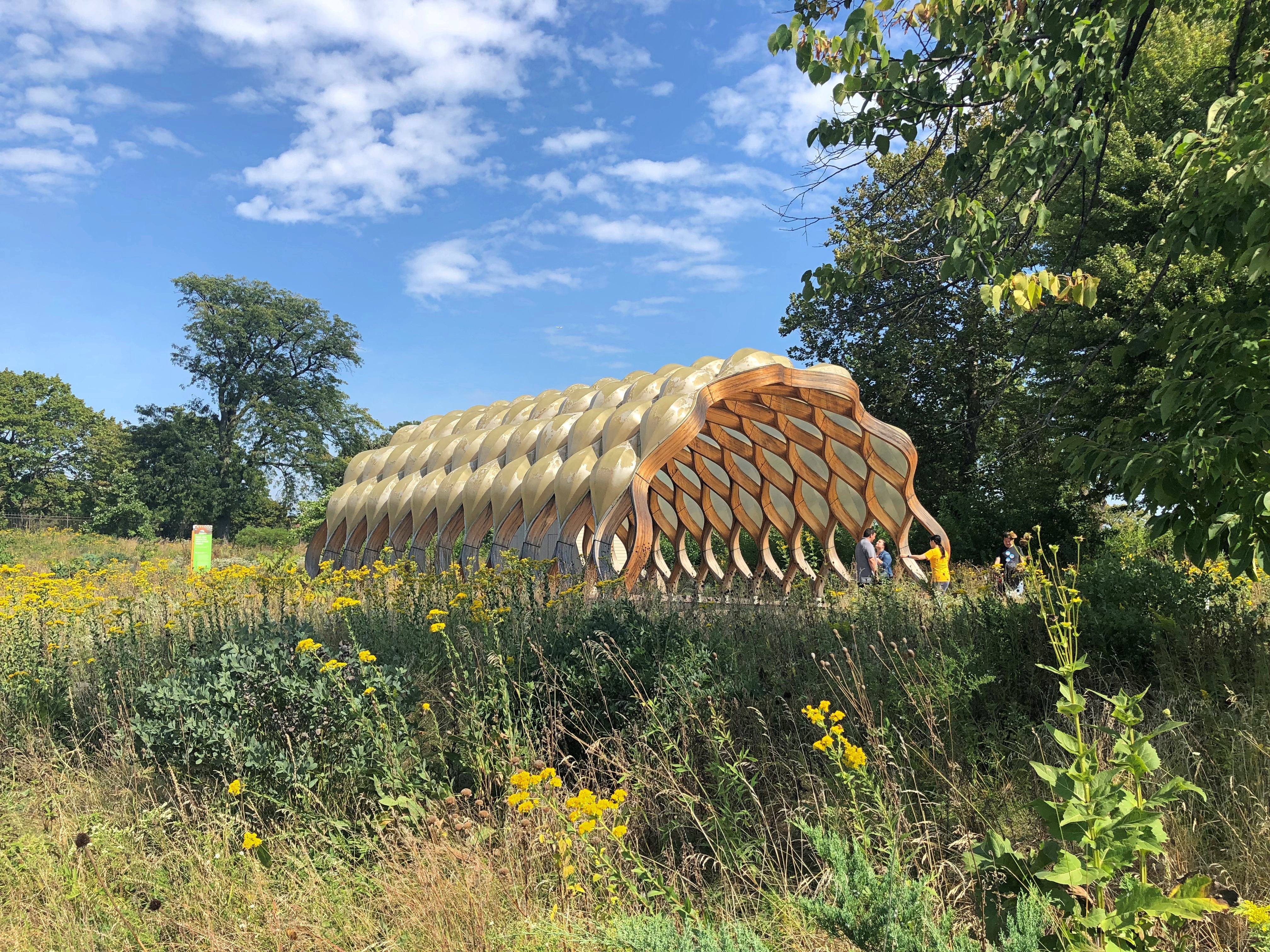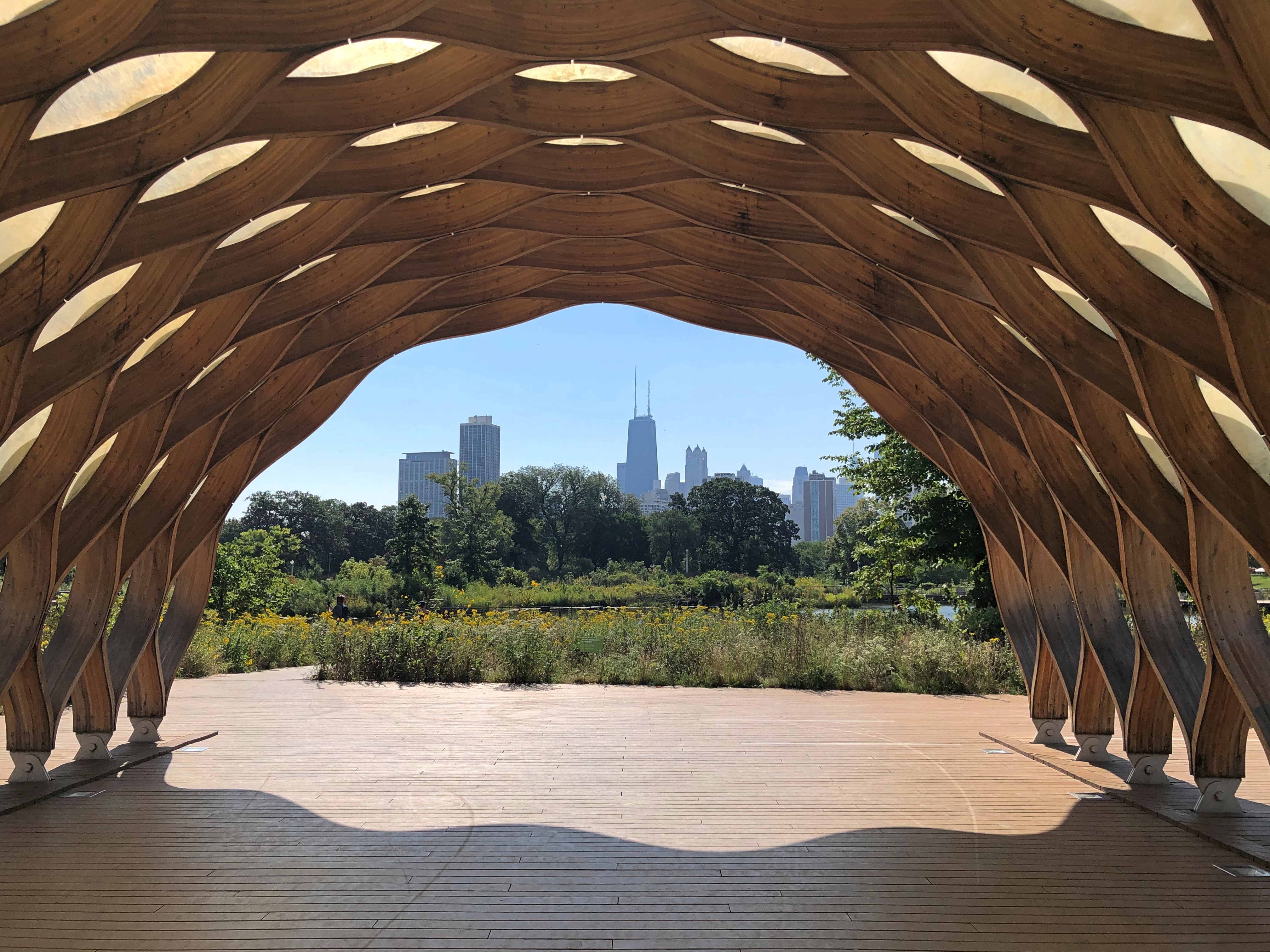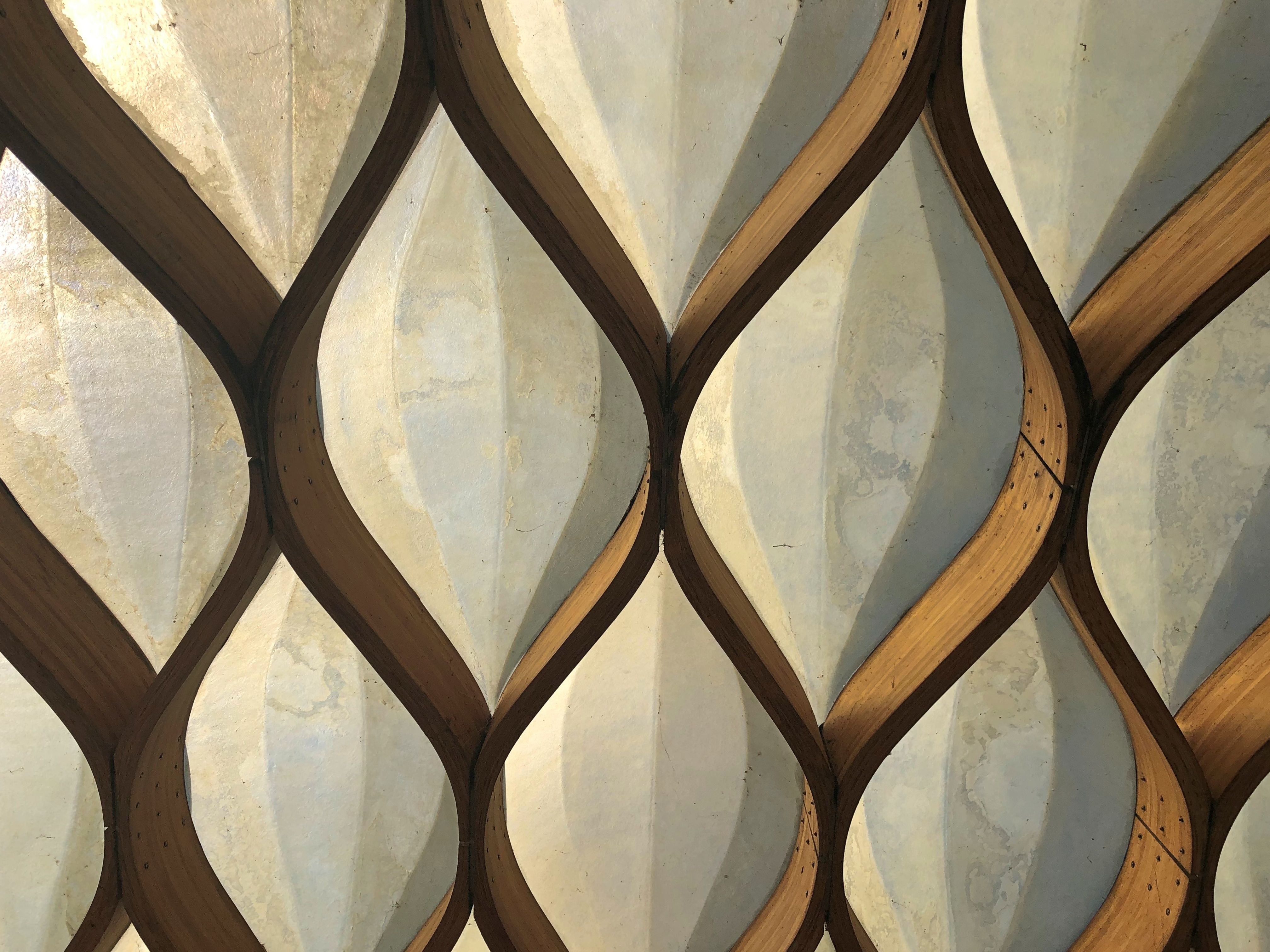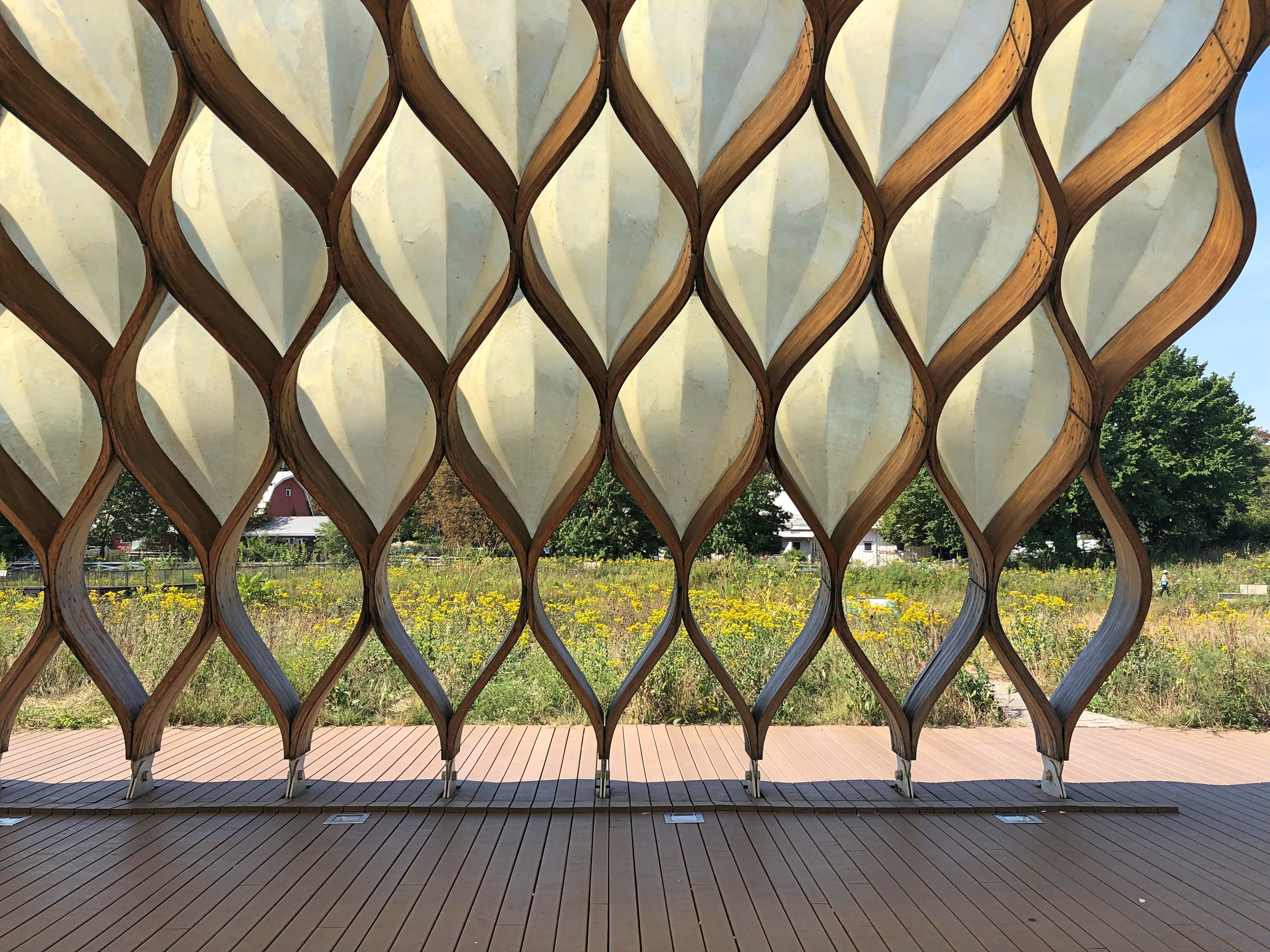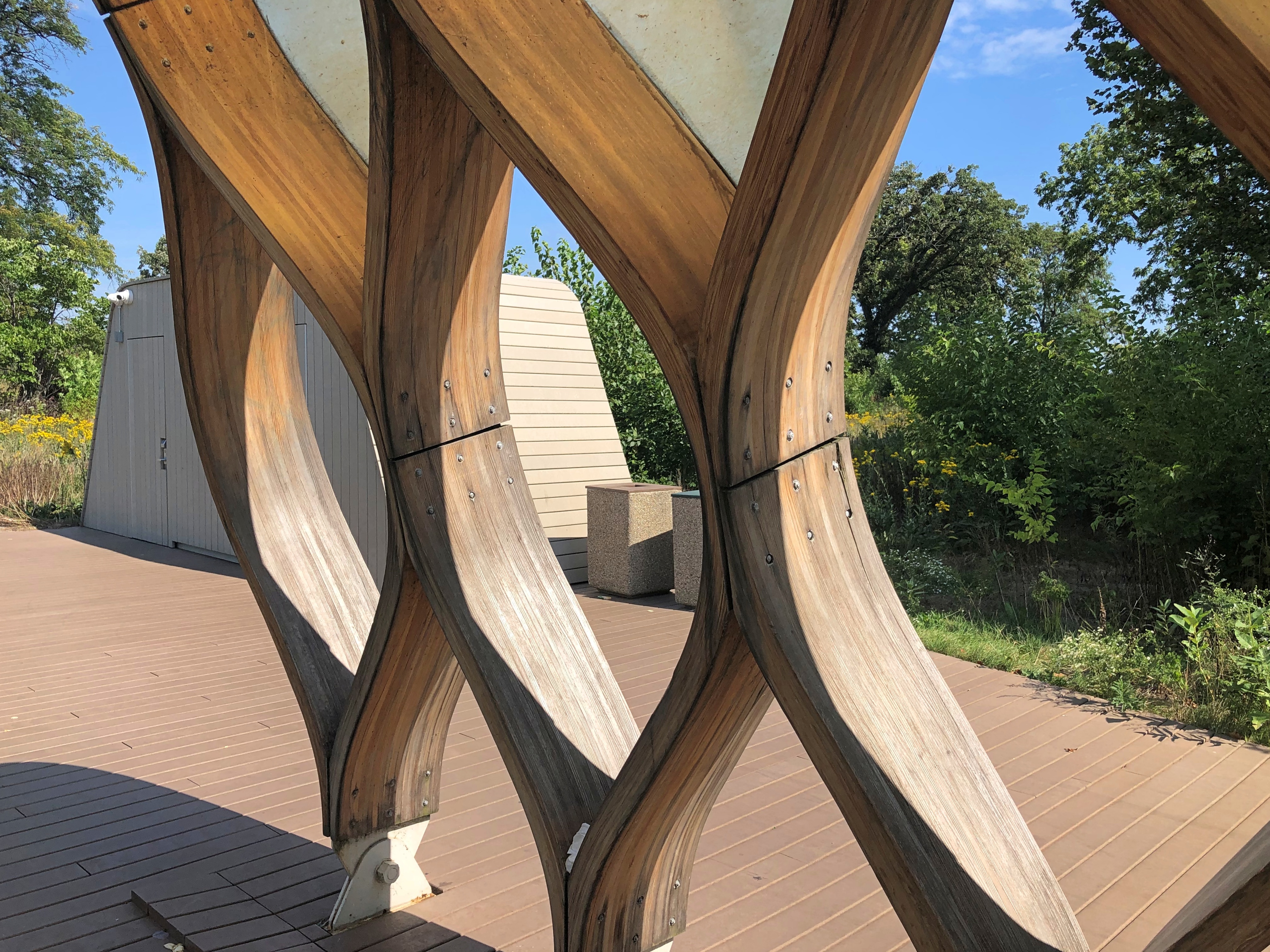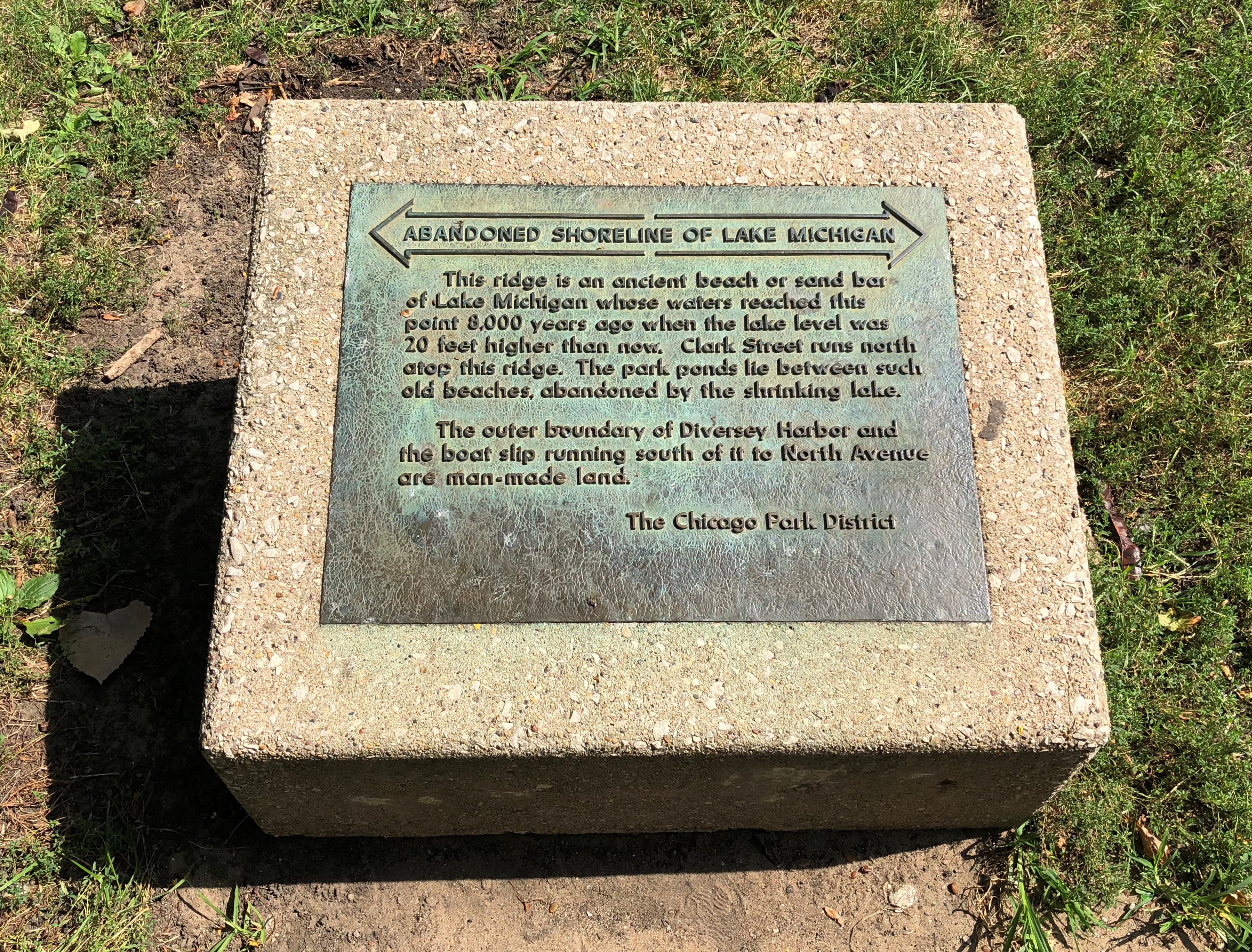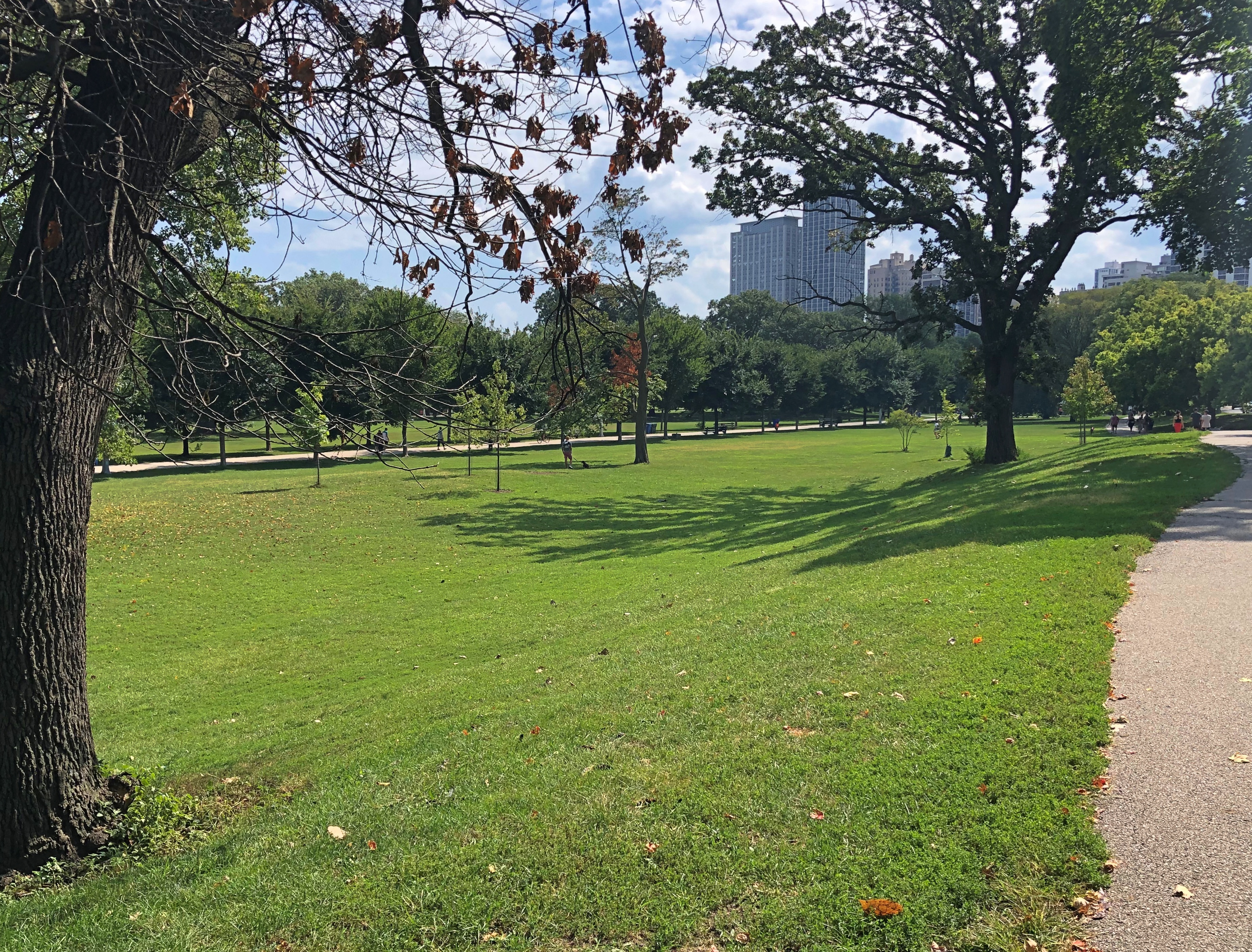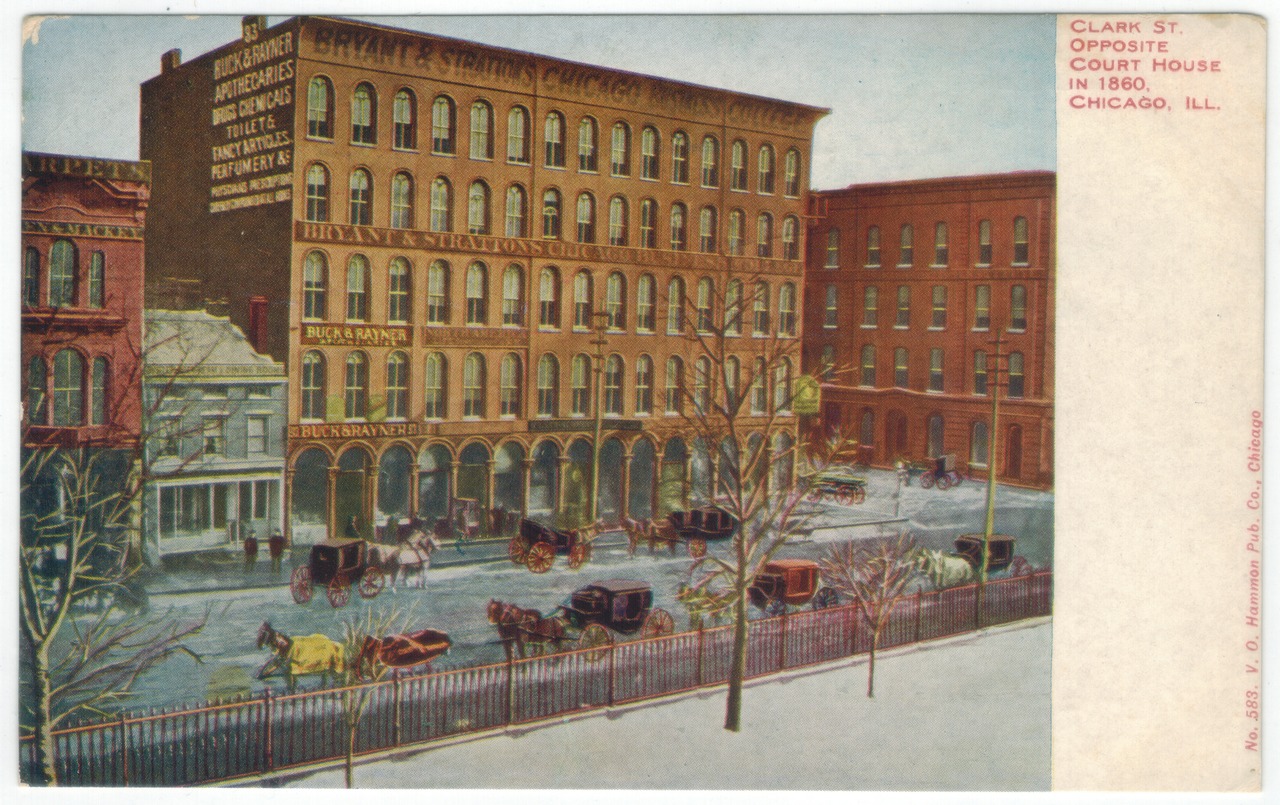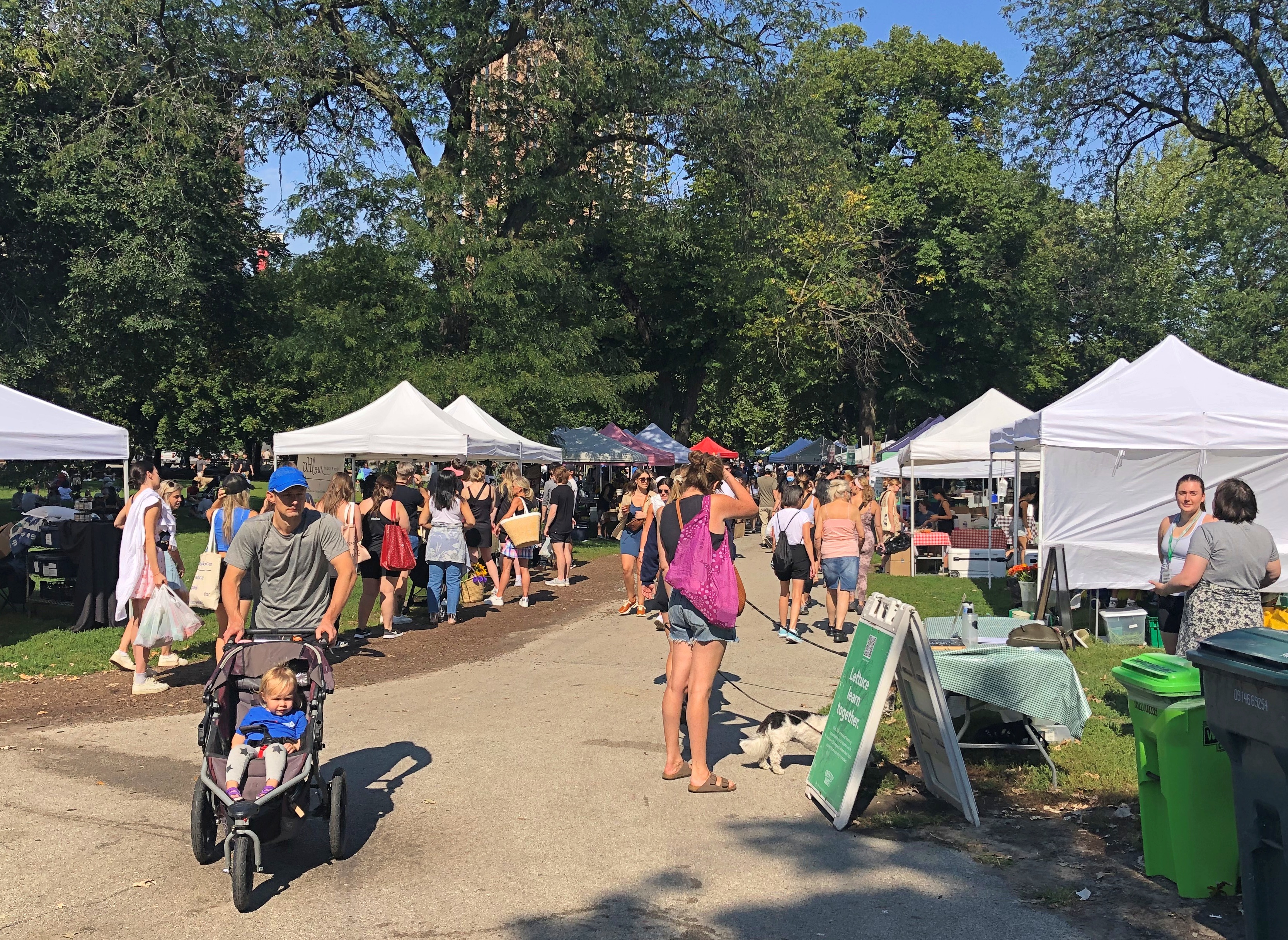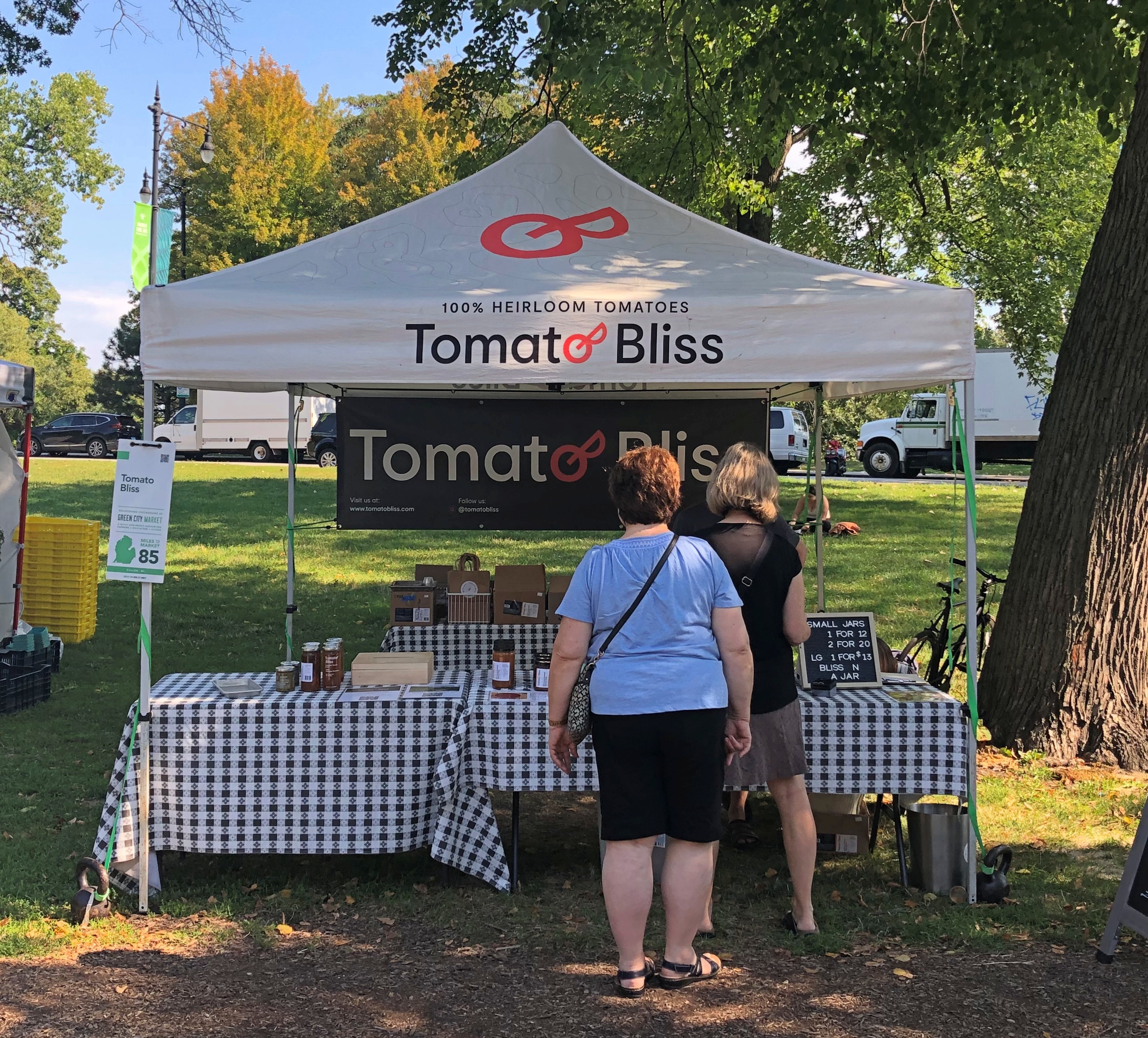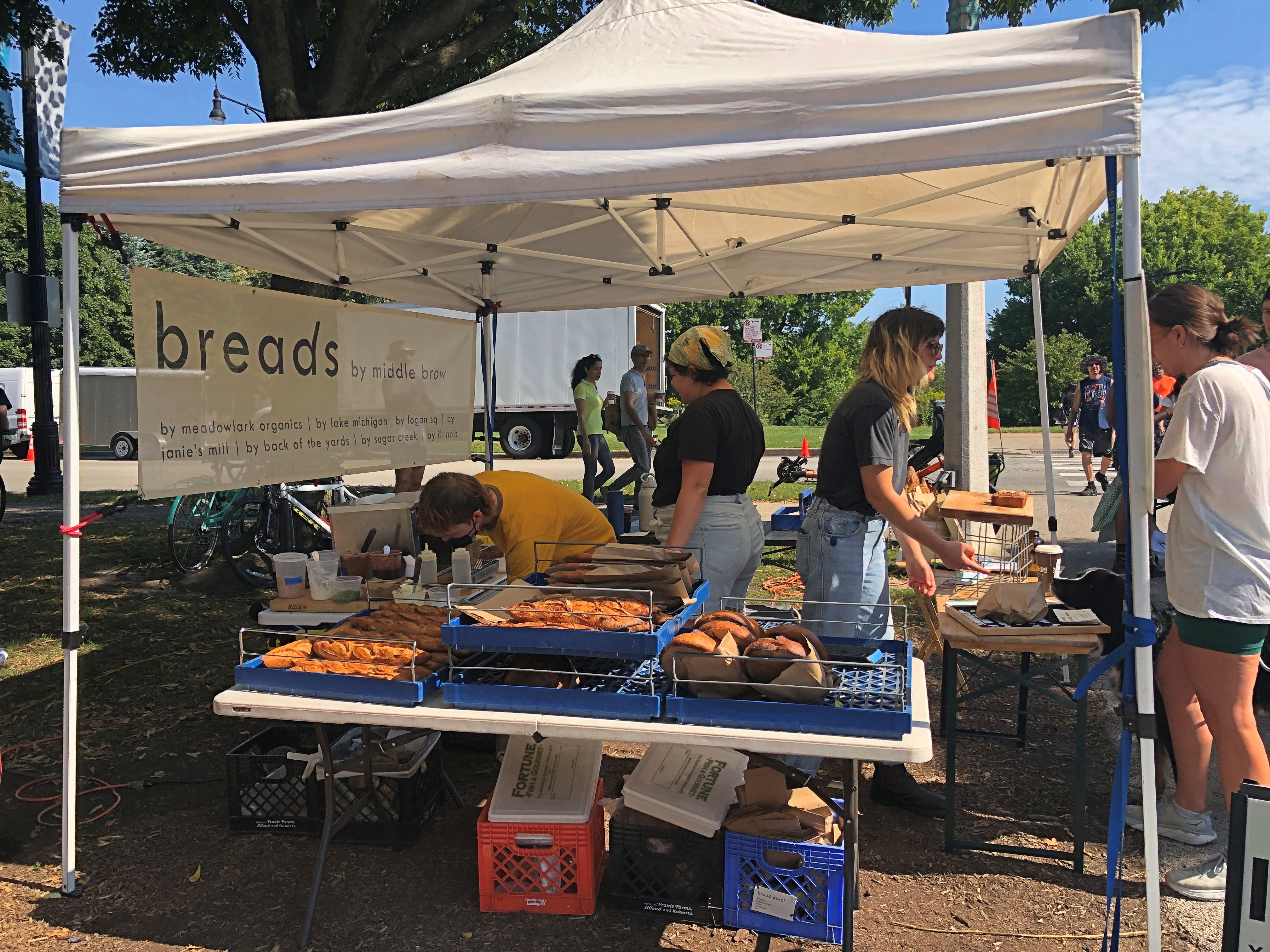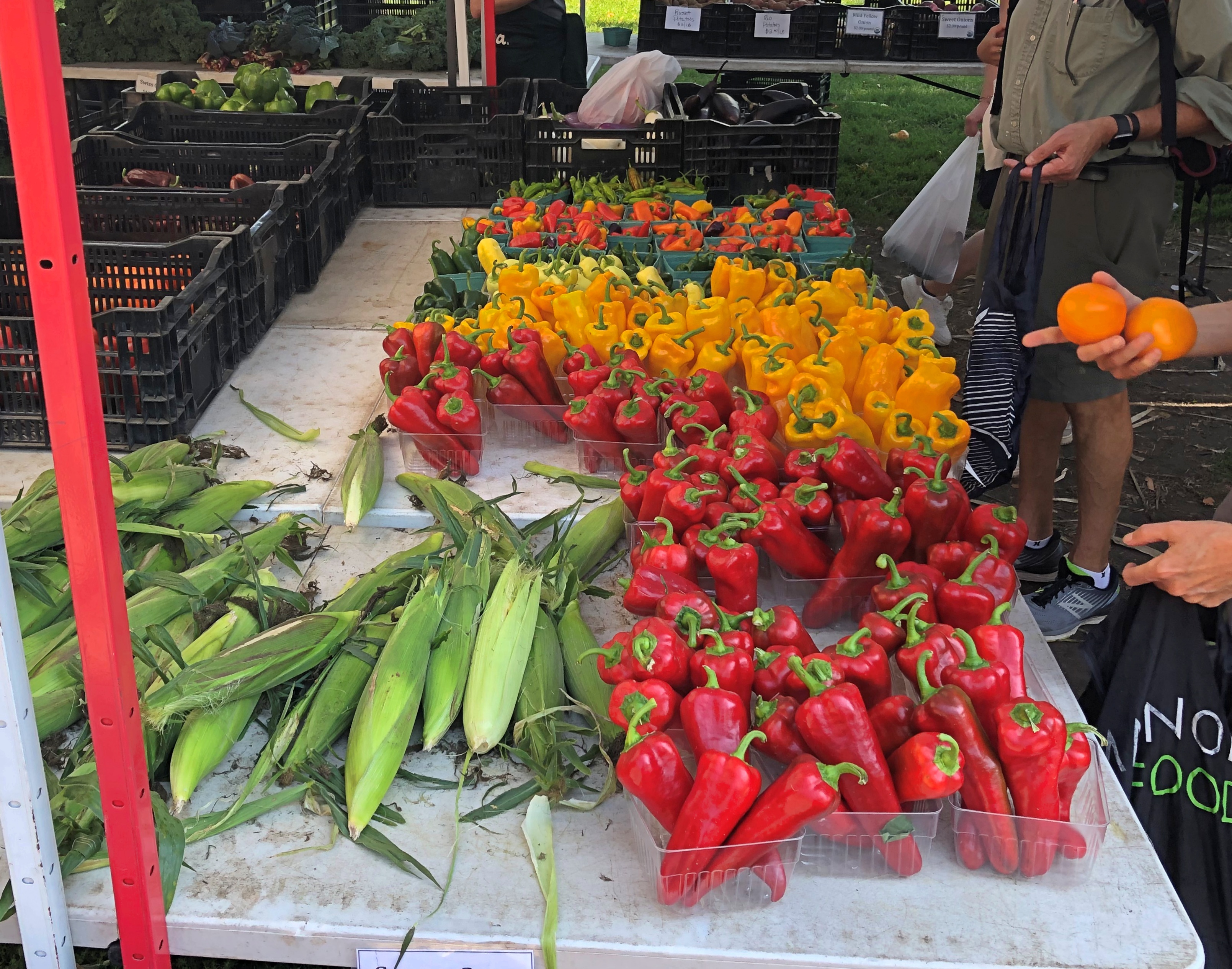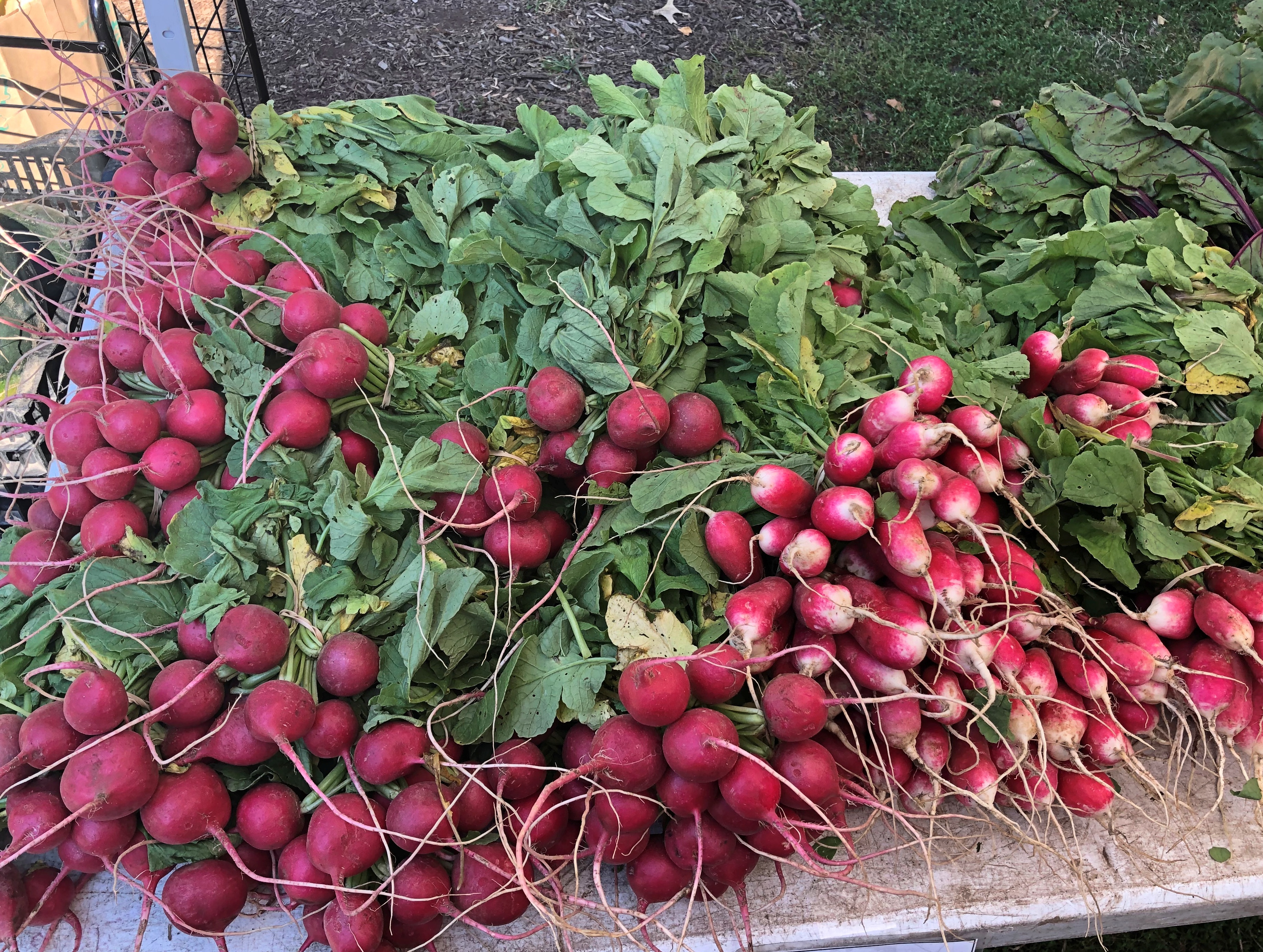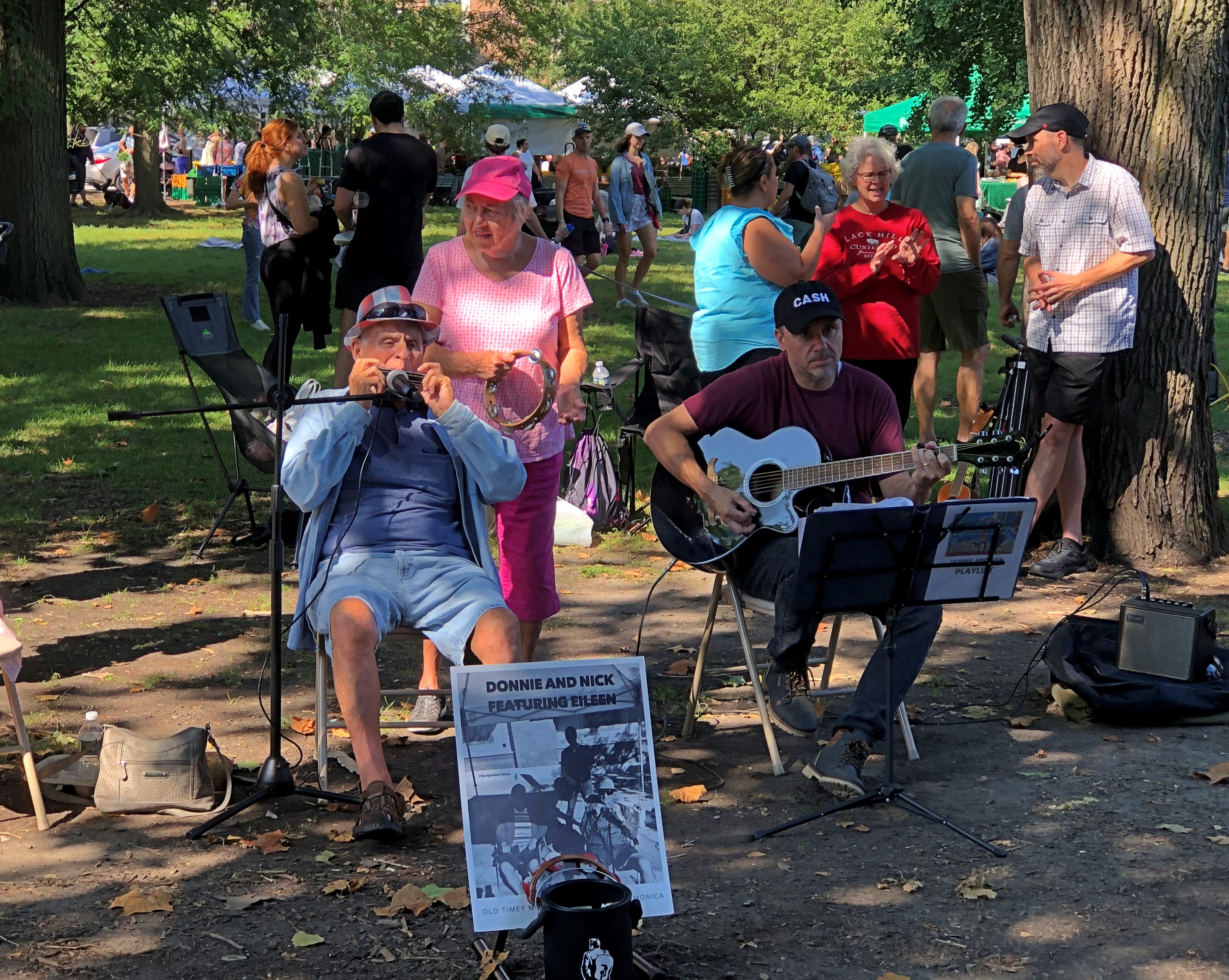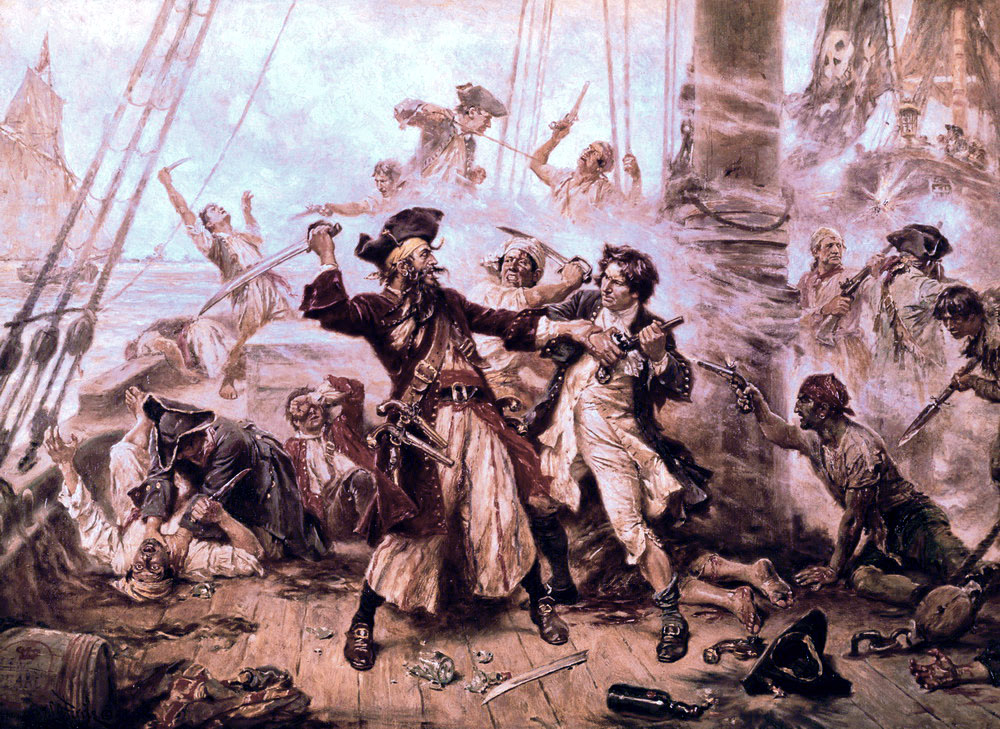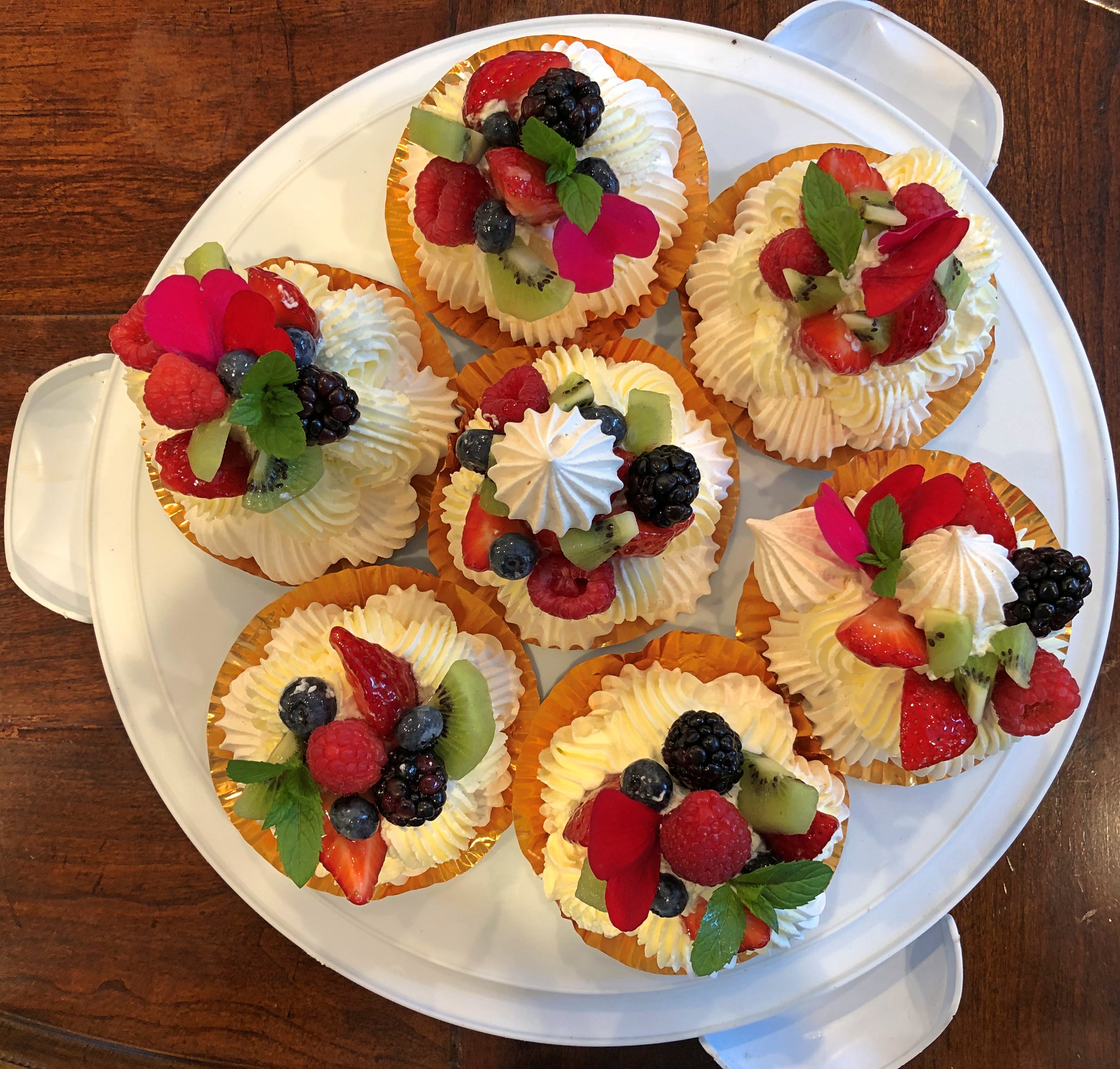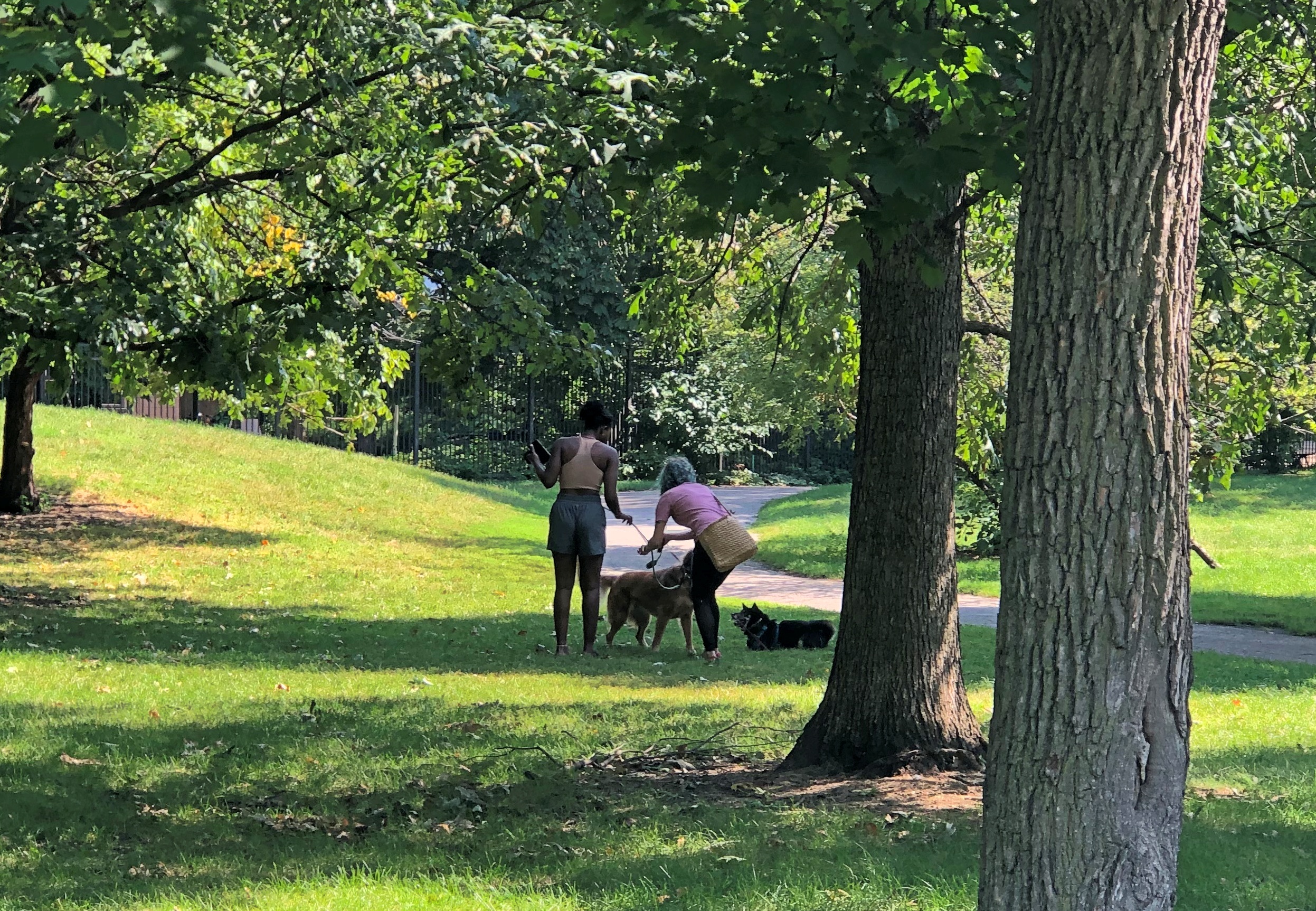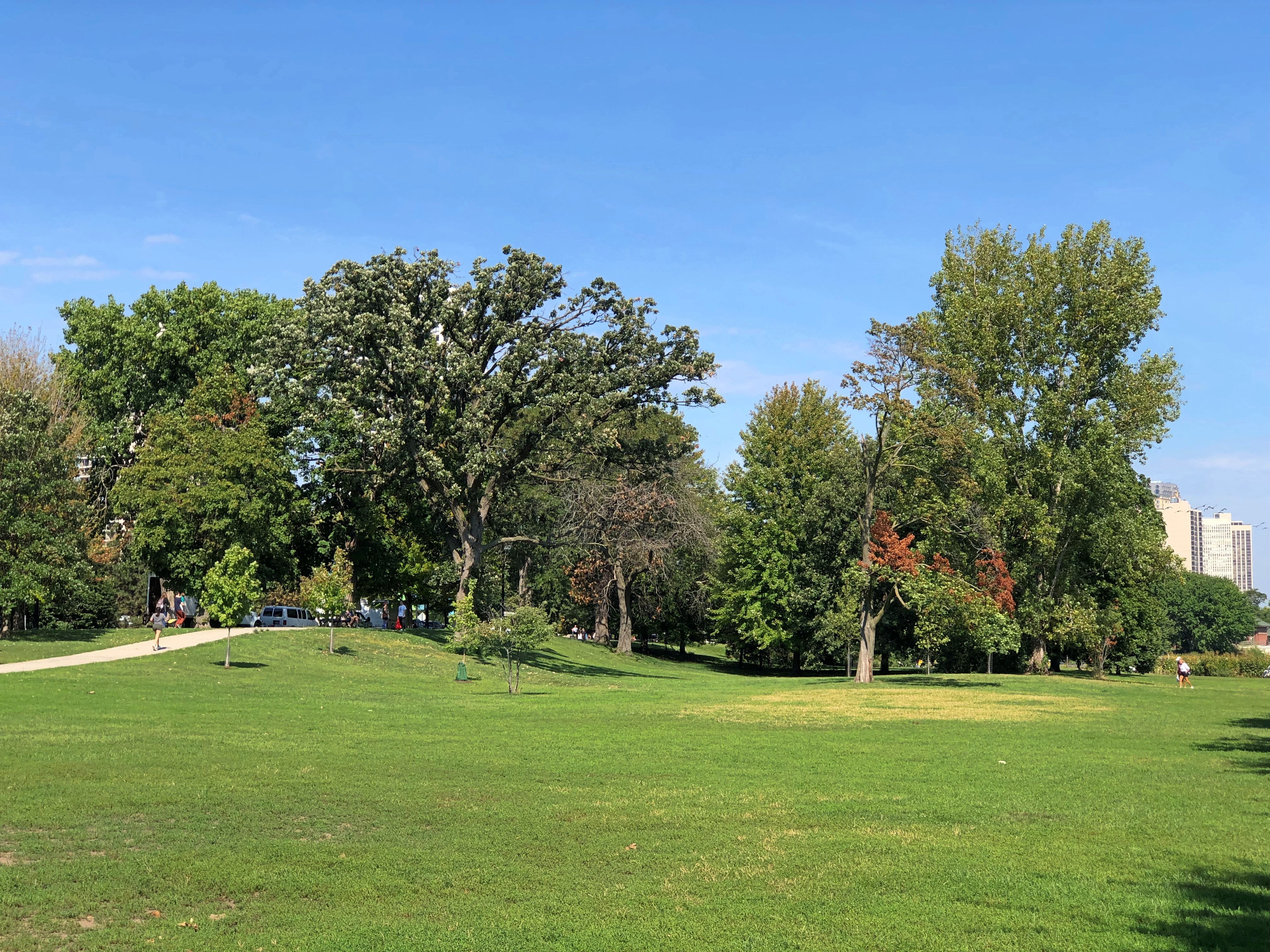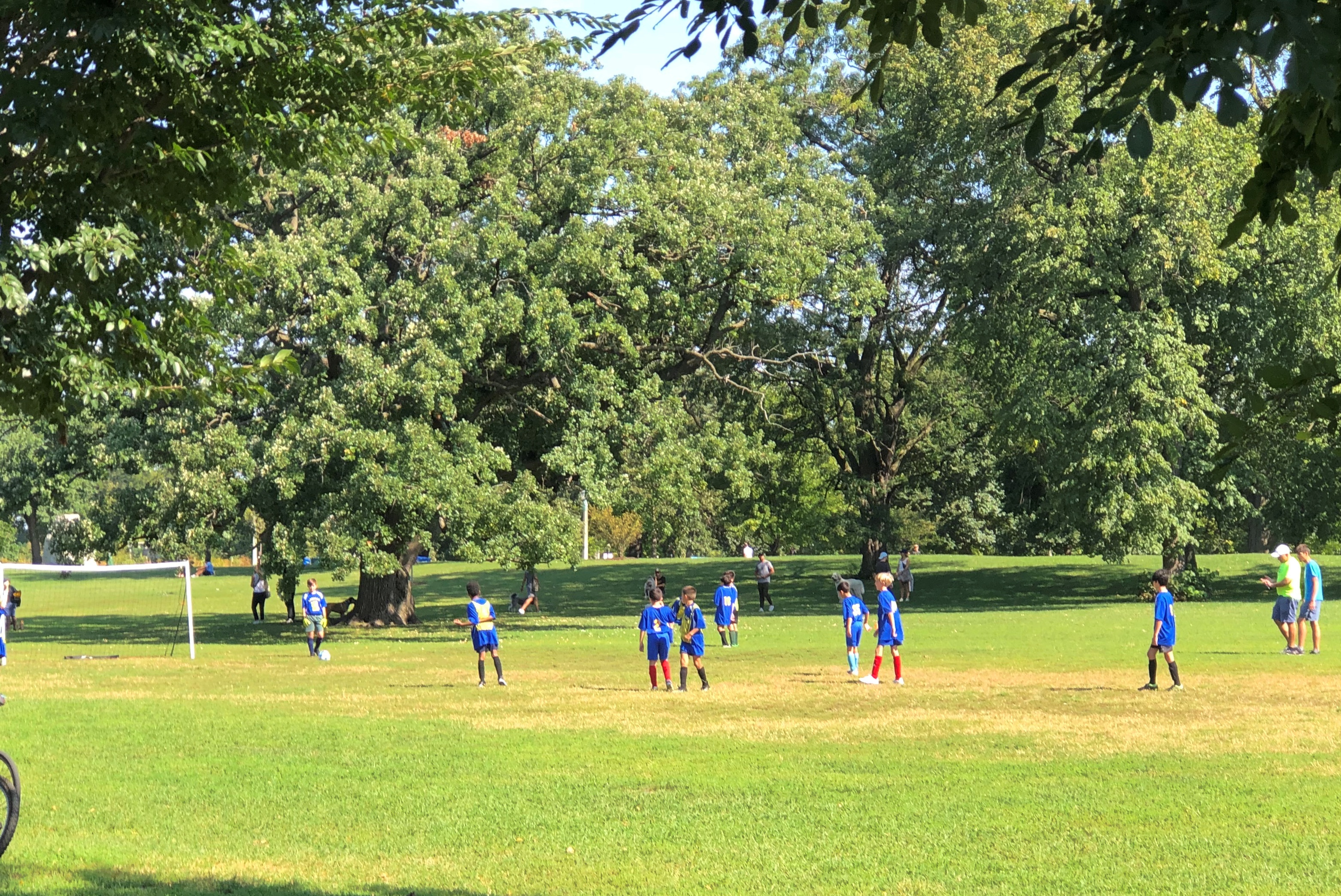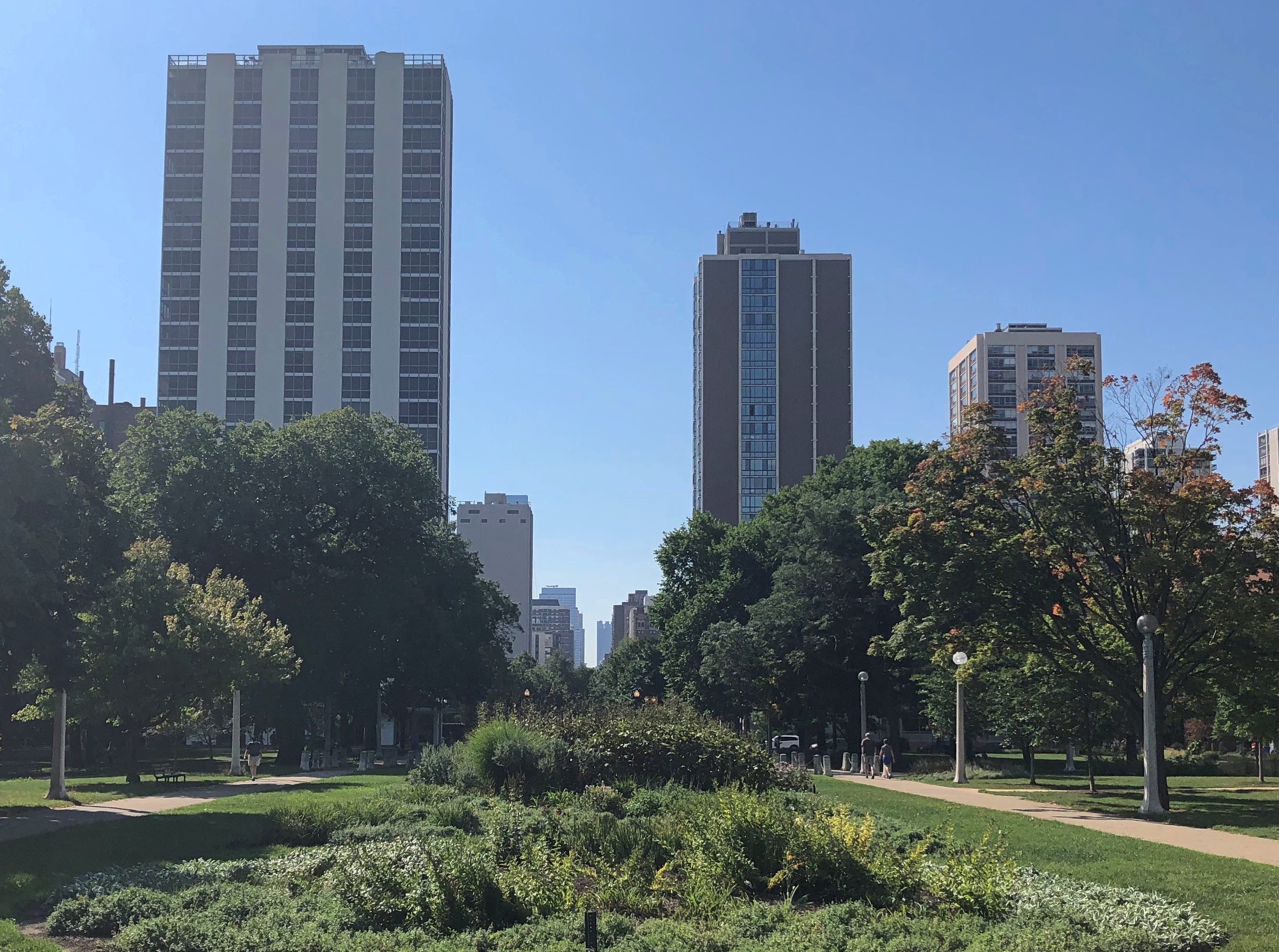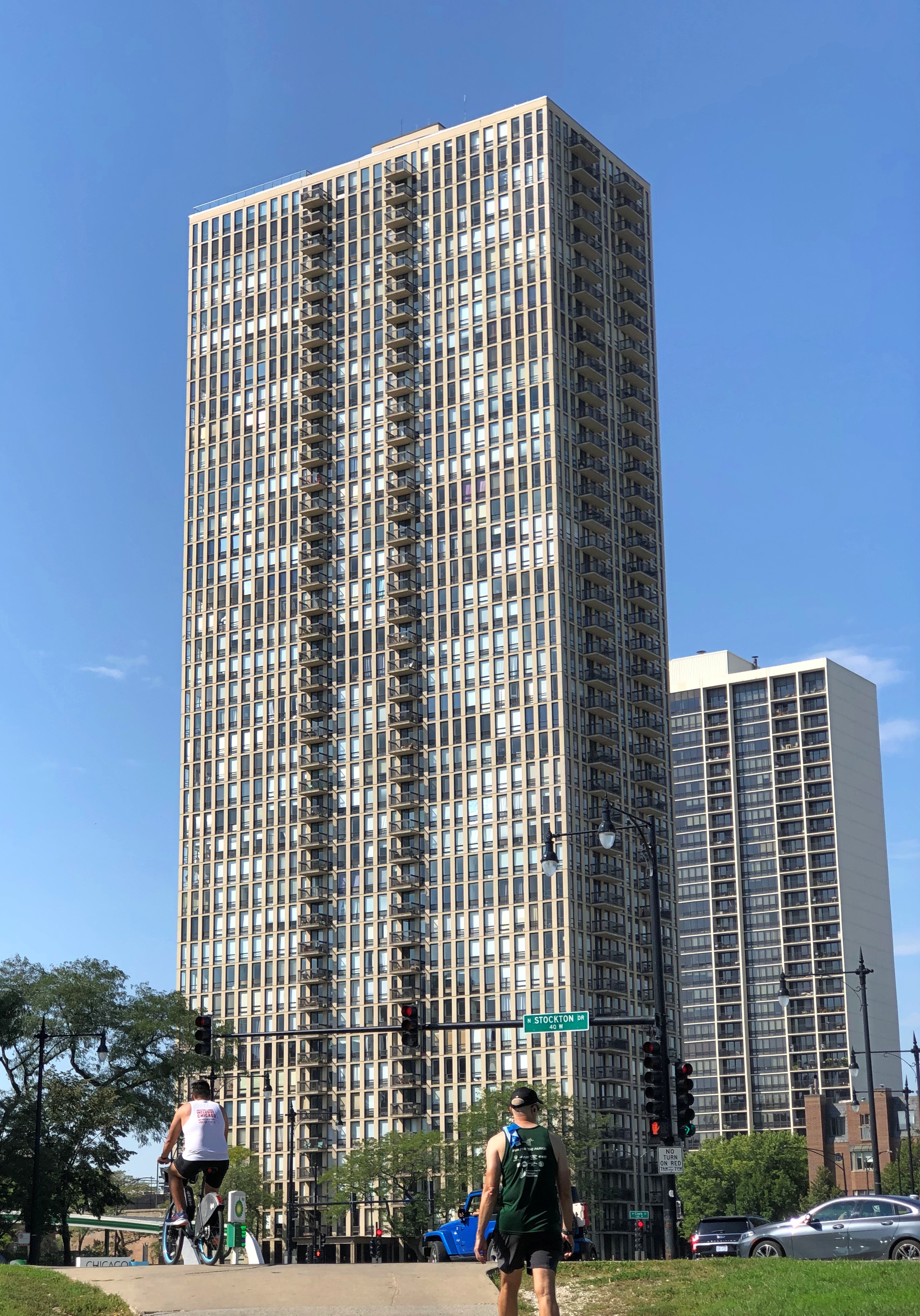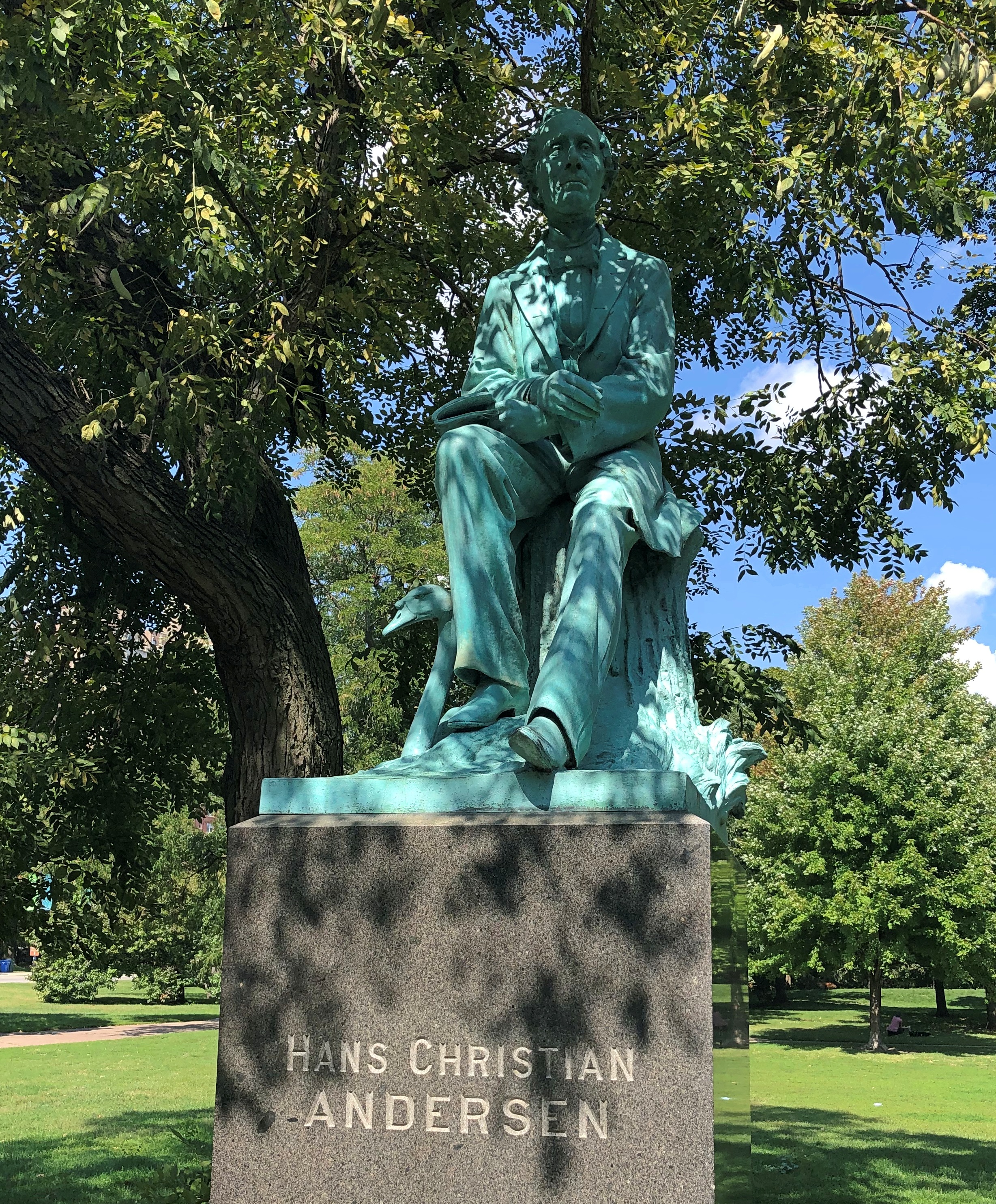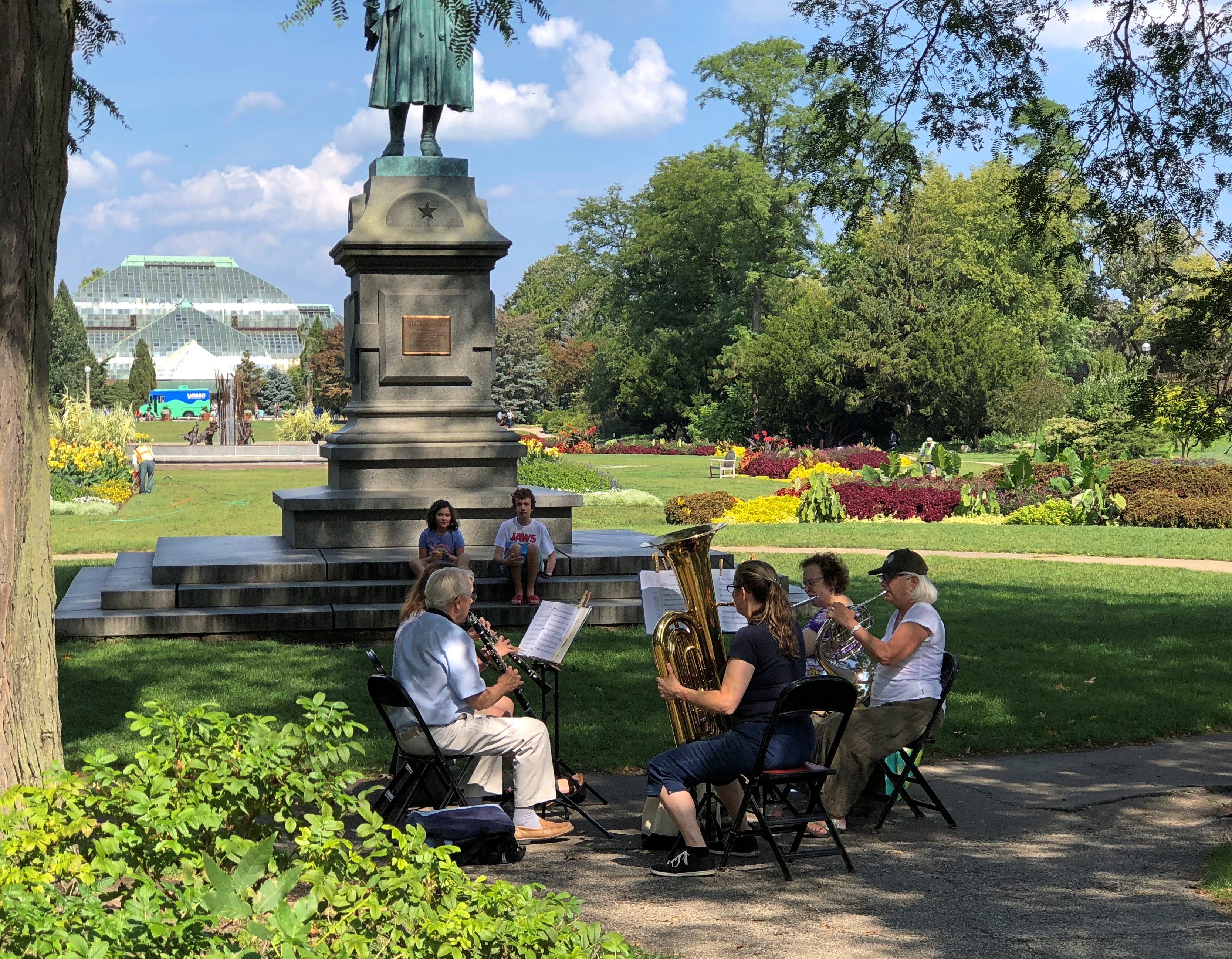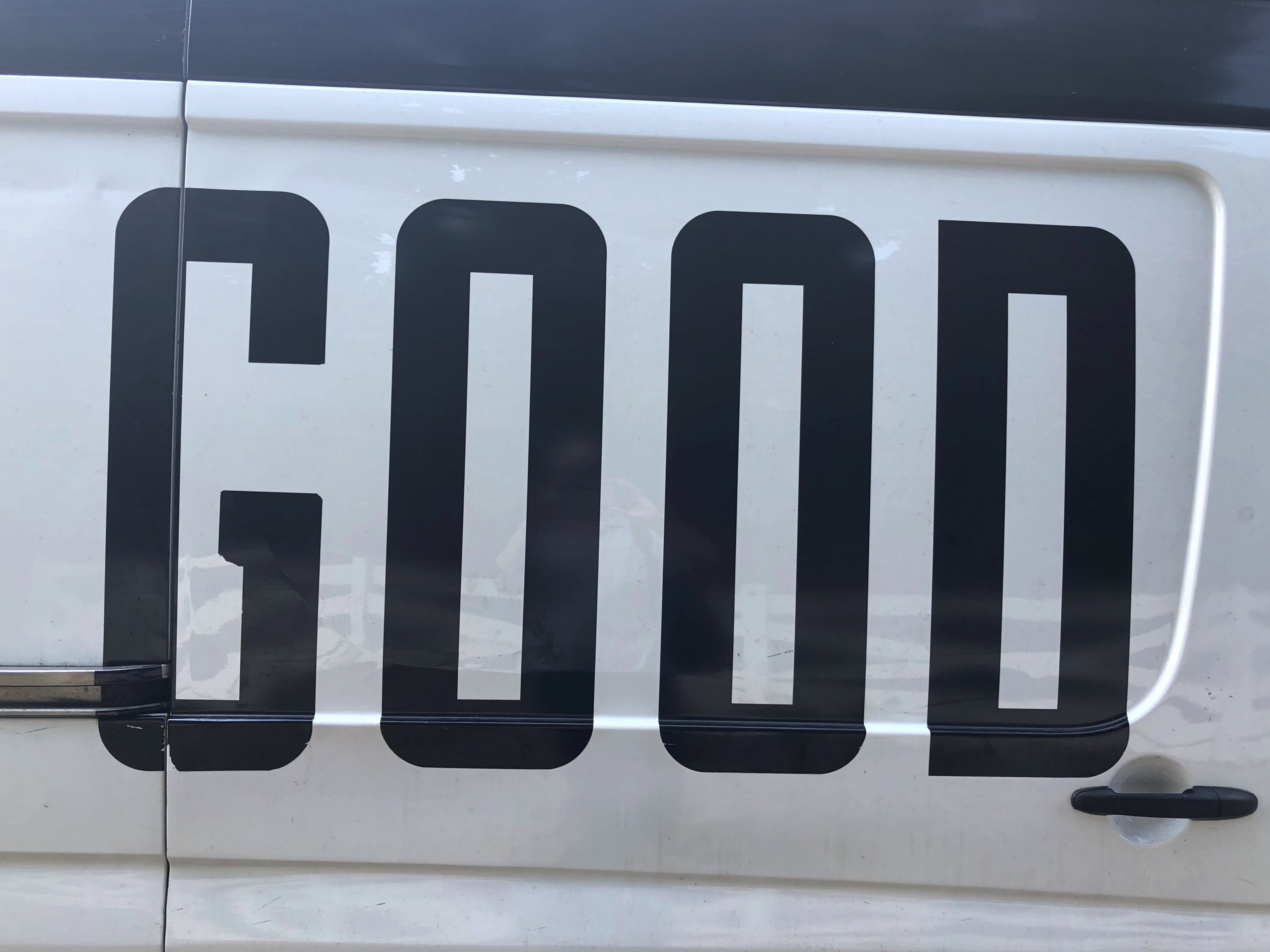Early this month, I ventured near the West Coast again, though to places in that vast region I’d never seen before. That is, parts of northern California, where you can see the likes of marching bears looking to sell you band merch, though you have to provide your own hallucinogens.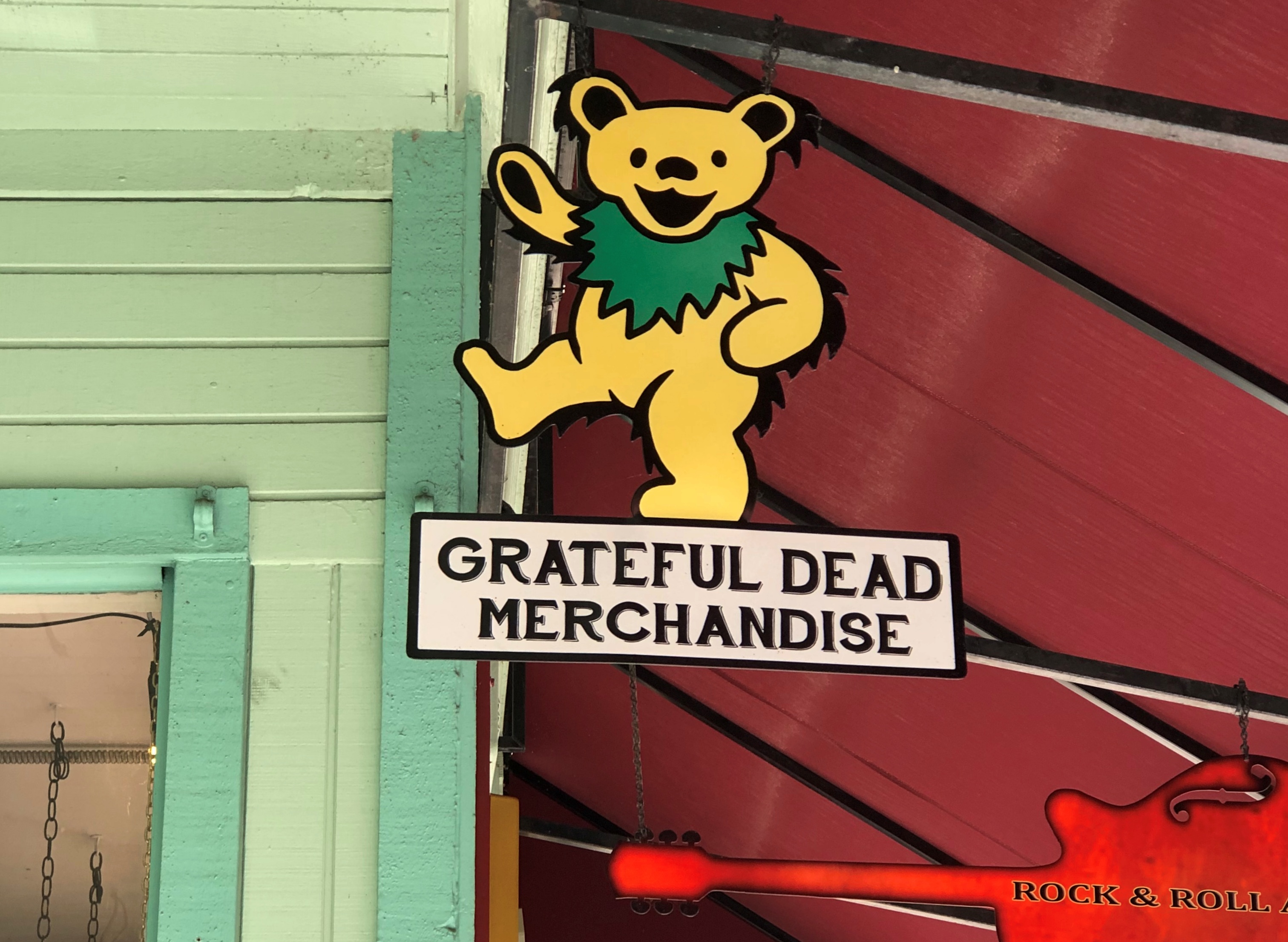
Across the border in Nevada, signs say howdy, come on in and enjoy games of chance that favor the house.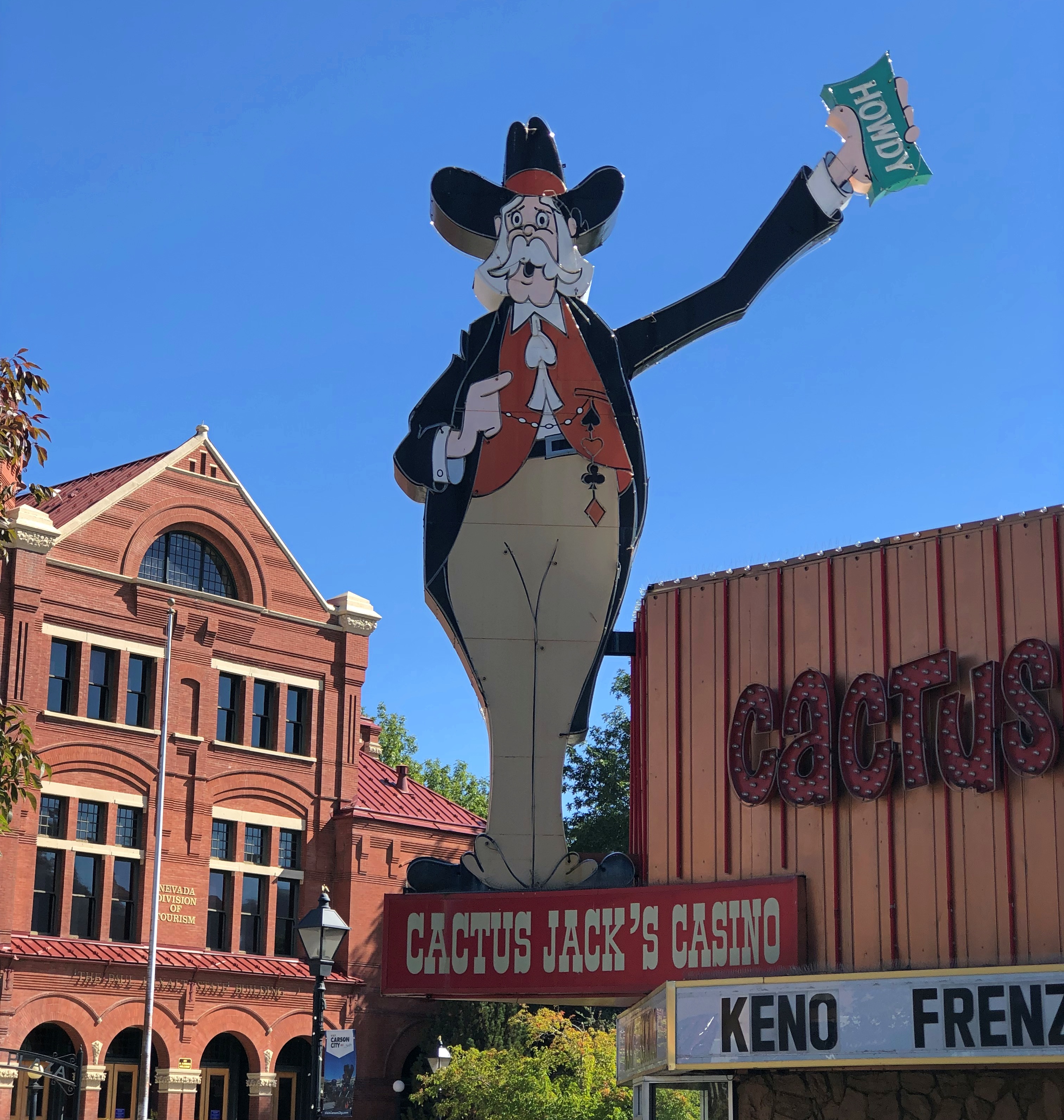
This year’s travels have followed a specific design. The overarching goal was to travel with members of my family and by myself. Early in the year, the prospect of a bonus trip with old friends emerged, and toward the end of the year, the prospect of going somewhere for company business did as well.
That has all come to pass. In March, I went to Savannah with Ann. In May, the Colorado Plateau with Yuriko. In late July and early August, around Lake Michigan with old friends. In September, Jay came to visit me – but we also popped up to Milwaukee. Early this month, I went to California and Nevada, a trip I’ll call the Golden West because one’s trip ought to have fanciful names. Lilly joined me for part of the time.
Sacramento was the trip’s fulcrum. I flew in on October 1 fairly late and spent the first night there. The next morning, I headed east, following narrow roads across the Sierra Nevada, to the shores and vistas of Lake Tahoe, by way of the site where John Marshall found gold in 1848, an event he came to rue. At least he’s remembered: the place is called the Marshall Gold Discovery State Historic Park.
I spent two nights in Reno. My first morning in that town, October 3, I took a walk near the Truckee River, which I had no notion existed before coming to this part of the country – a feeling I had more than once during the trip, along with a few moments of ah – that happened there? Reno is also home to the National Automobile Museum, which takes a bit of a different approach that the one in Fairbanks, sporting a lot of interesting old vehicles, but also some not so old.
That afternoon I drove to Carson City. When I was young and started poring over maps, I found it curious that Carson City, by all appearances a small place, was capital of a large state like Nevada. Large in area, anyway, since it was later I’d learn about Nevada’s relatively small population. Later still – that is, now – Nevada actually isn’t that small in population, coming in at no. 32 among the several states with about 3.1 million people, ahead of the likes of Arkansas, Mississippi and Kansas, among others.
For its part, Carson City has a population of about 58,000 (that’s the MSA, third-smallest for a capital, larger only than the Pierre, SD, and Juneau, Alaska MSAs). Naturally I ambled over the state capitol for a look. The Nevada State Museum, which includes the former Carson City Mint, unfortunately wasn’t open. Cactus Jack pictured above, incidentally, greets Carson City visitors. I didn’t go in to that casino. Or any in Reno.
Virginia City was another thing I didn’t know about Nevada. It was a name on a map and I had the vague notion that it was little more than a ghost town, the residuum of long-finished silver mining. False. Silver mining did take place there in a big way, but now V. City lives on as a major tourist destination, the sort of place that has refurbished its vintage buildings into bars, restaurants, souvenir shops and small museums.
It occurred to me when visiting the site of the Comstock Lode in Nevada — V. City is built on top of it — that that was the silver part of the trip. The gold part had been on the the western slope of the Sierra Nevada in California. Silver and gold. Gold and silver. Either has a good ring to it.
The next day, I walked the colorful Virginia Avenue in Reno, and visited the Reno Art Museum before I quit town, heading back to Sacramento by way of the larger I-80, which allowed me to stop at Donner Memorial State Park. That place provided me a that-happened-here? moment. It isn’t called the Donner Pass for nothing, though I suspect the members of the party who didn’t survive would have taken a pass on posthumous fame, in exchange for making it across the mountains.
Fairly early on the morning on October 5, I picked up Lilly at the airport in Sacramento. Our goal for the day was a hotel in Groveland, California, near the entrance of Yosemite National Park, but we lingered for a look at the state capitol, and then headed south on California 99, a four-lane freeway through the San Joaquin Valley.
We stopped briefly along the way, feeling the heat and sensing the dryness of the place. California is in another drought, after all. Yet the crops grow there in abundance, at least as long as the ag industry has the political muscle to get the water it needs.
Back up in the Sierra Nevada, temps were also surprisingly warm – in the 80s most of October 6, the day we spent at Yosemite NP. I acquired and sent a number of postcards of Yosemite, because I’m a traditionalist that way. On some of them, I wrote that I was much impressed by the massive rock formations, but had no urge to climb any of them.
The next morning, we drove back to Sacramento, where I took Lilly to the airport. That left me with half a day more to kick around that city, which I did, leaving on the morning of October 8. The surprise for me in my last walk around Sacramento was the collection of impressive modernist and postmodernist buildings, especially along the Capitol Mall.
All in all, a good trip. I even got to meet a local, there in Reno, more about whom later. That’s the gold standard for an authentic travel experience, at least according to some lines of thought. That or “live like a local,” though that somehow always seems to mean visiting the right bars, but never (say) spending time stuck in traffic like a local would.
